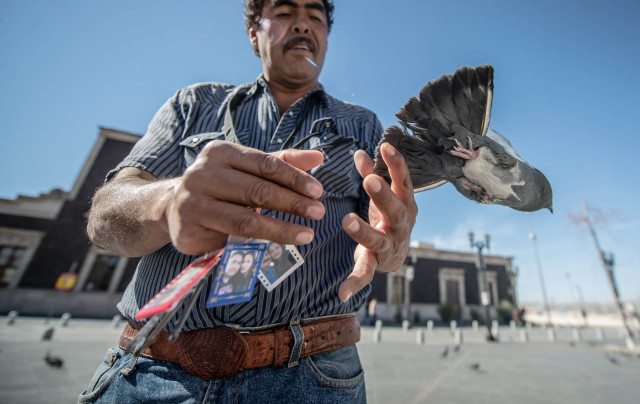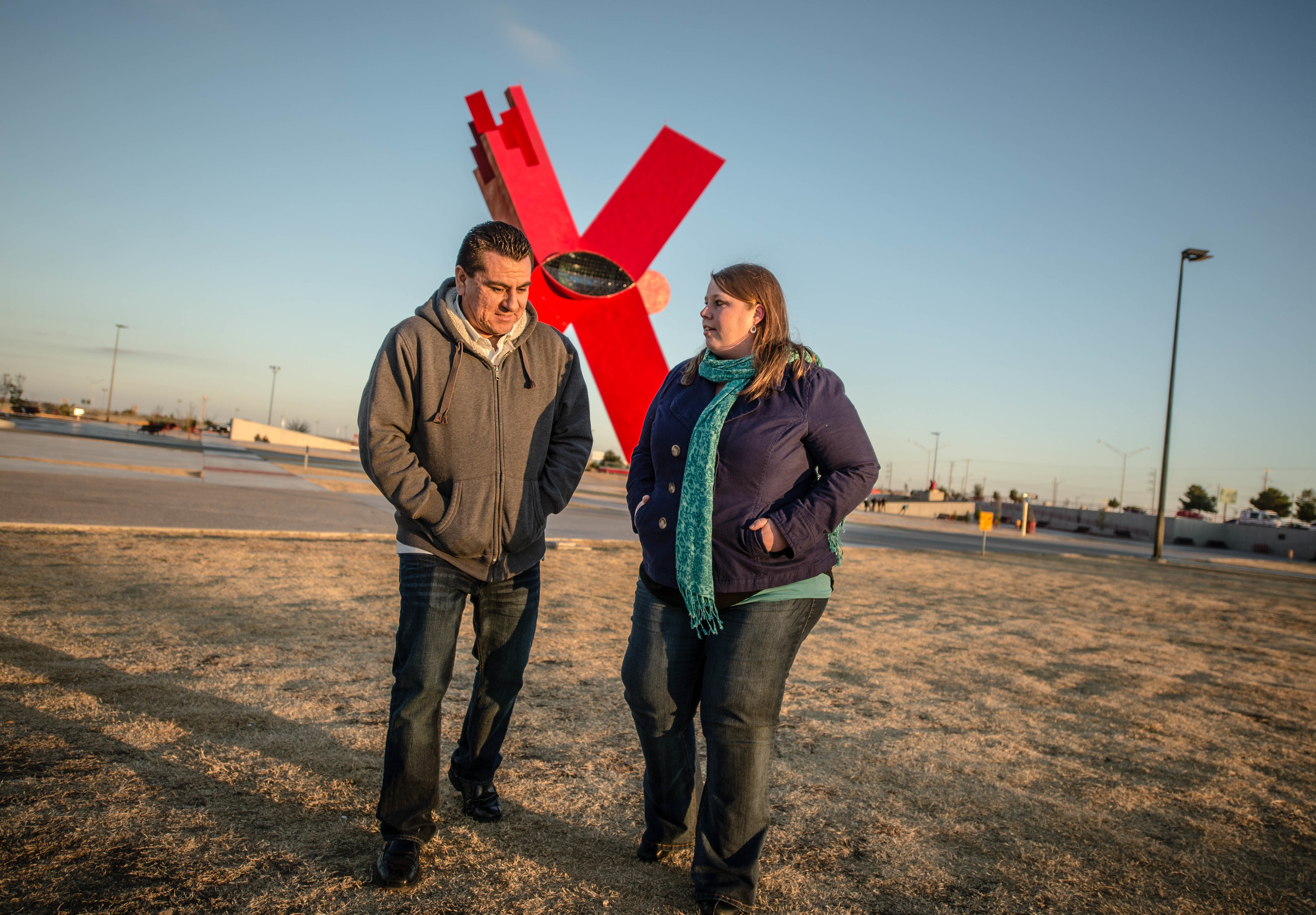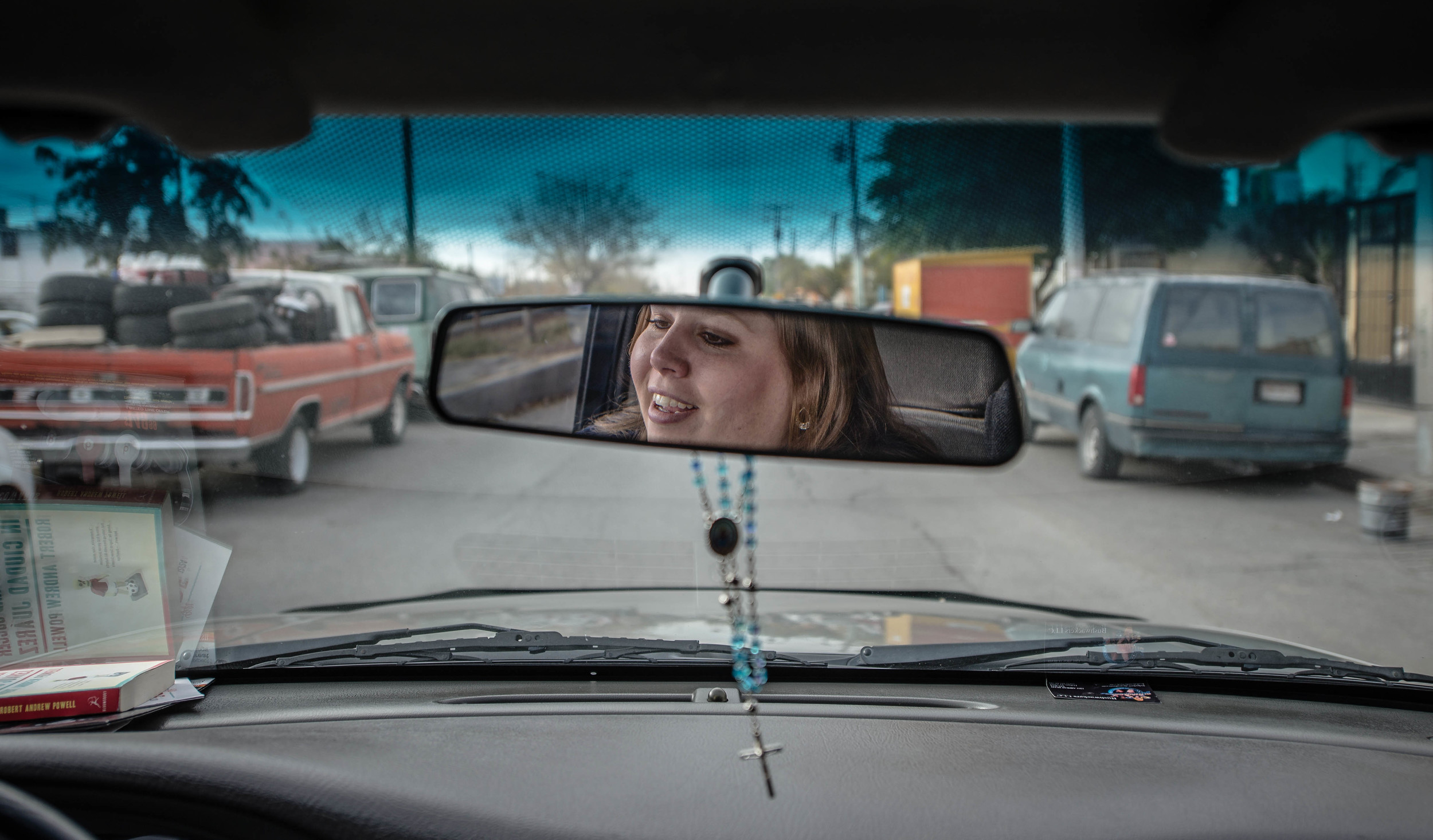Chaos erupts at a local skate park after a shooting

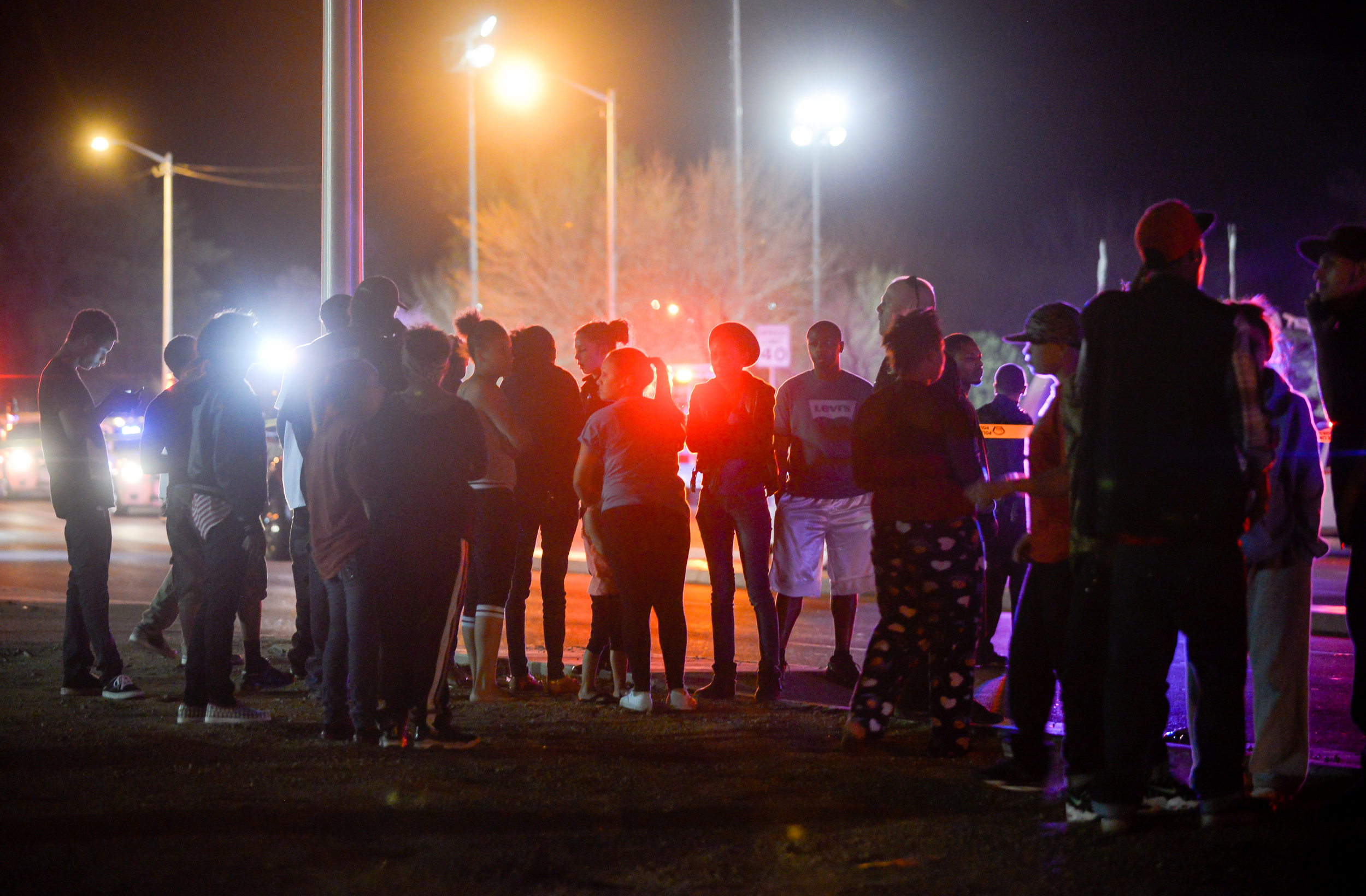
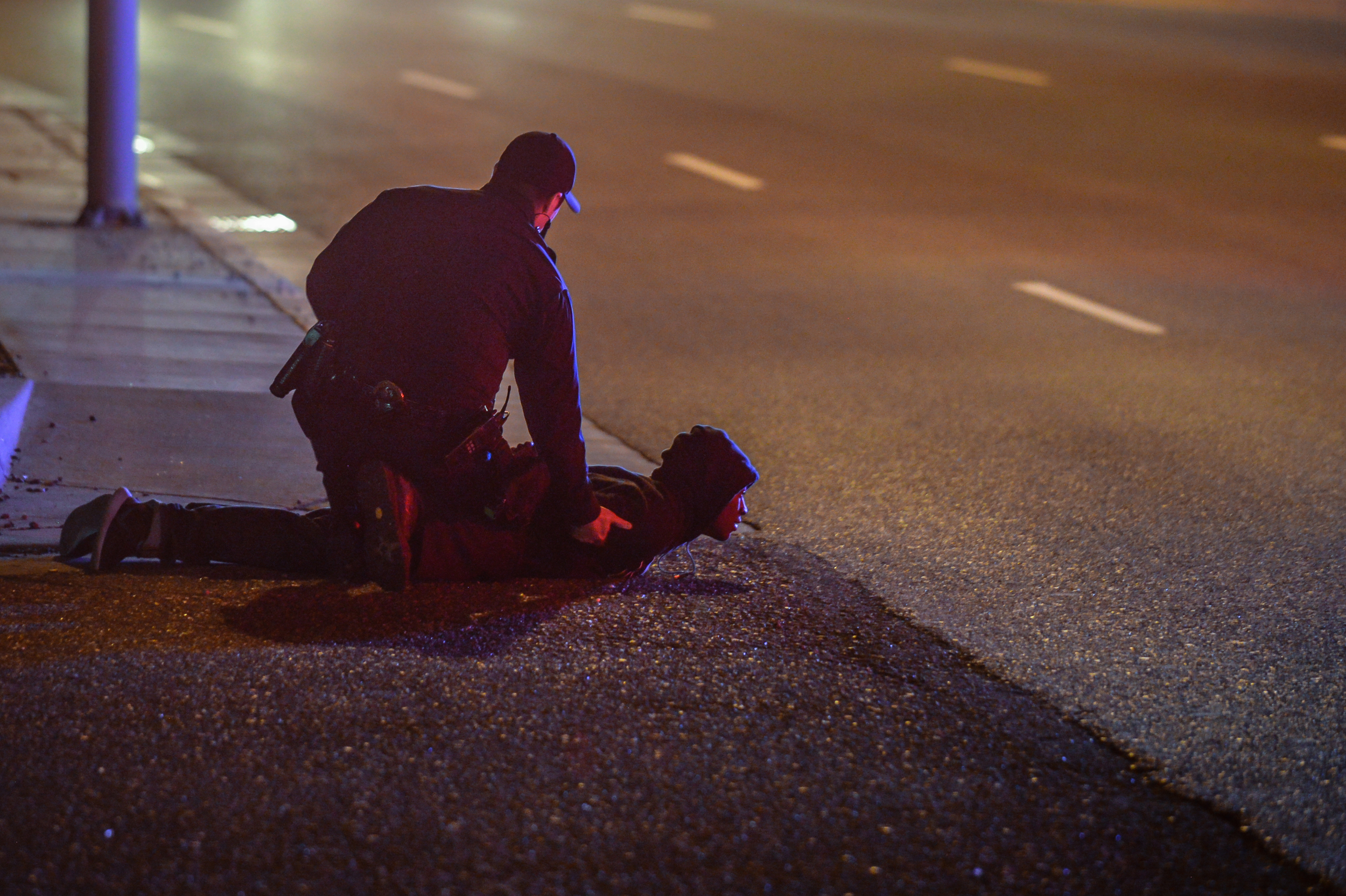
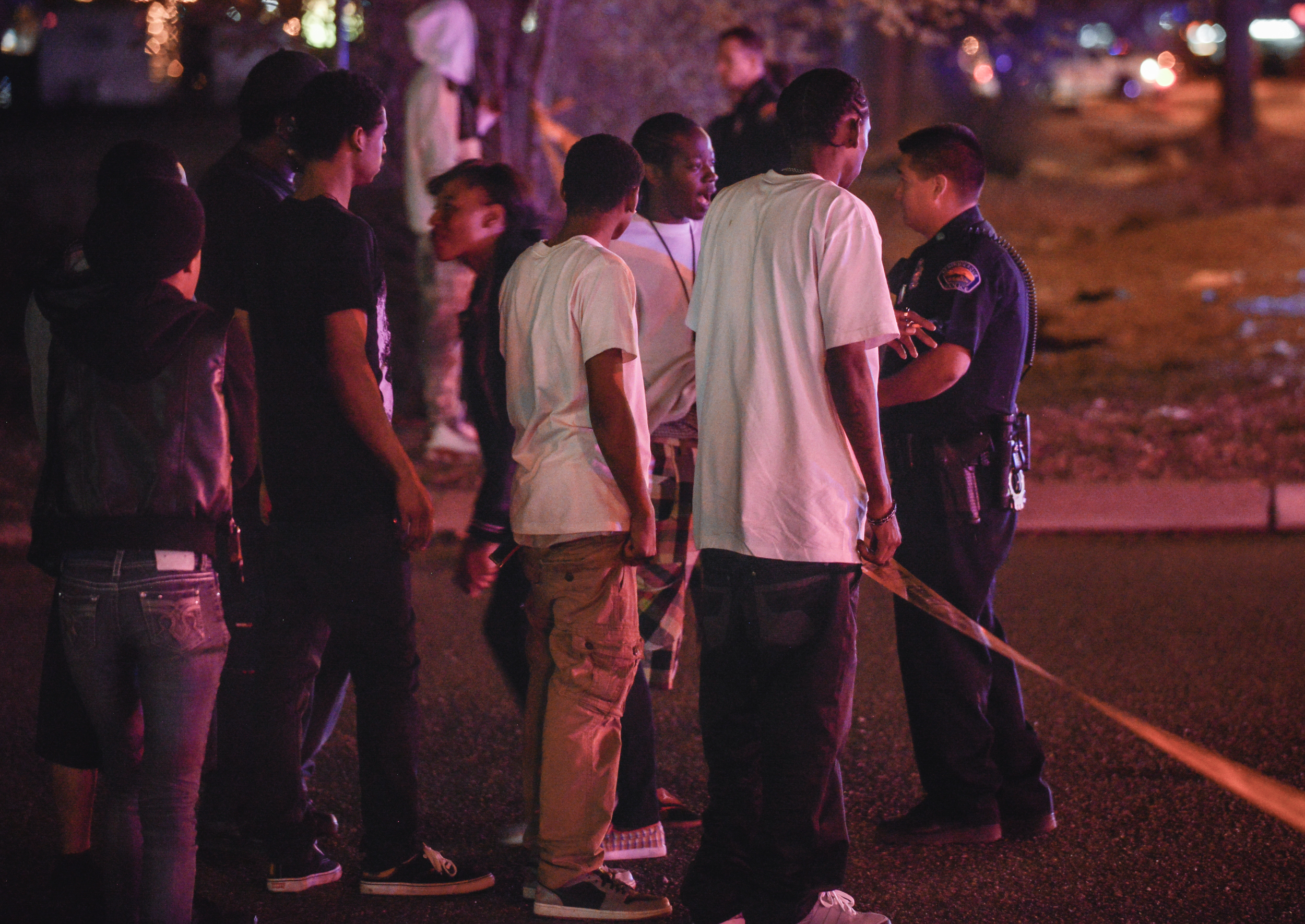
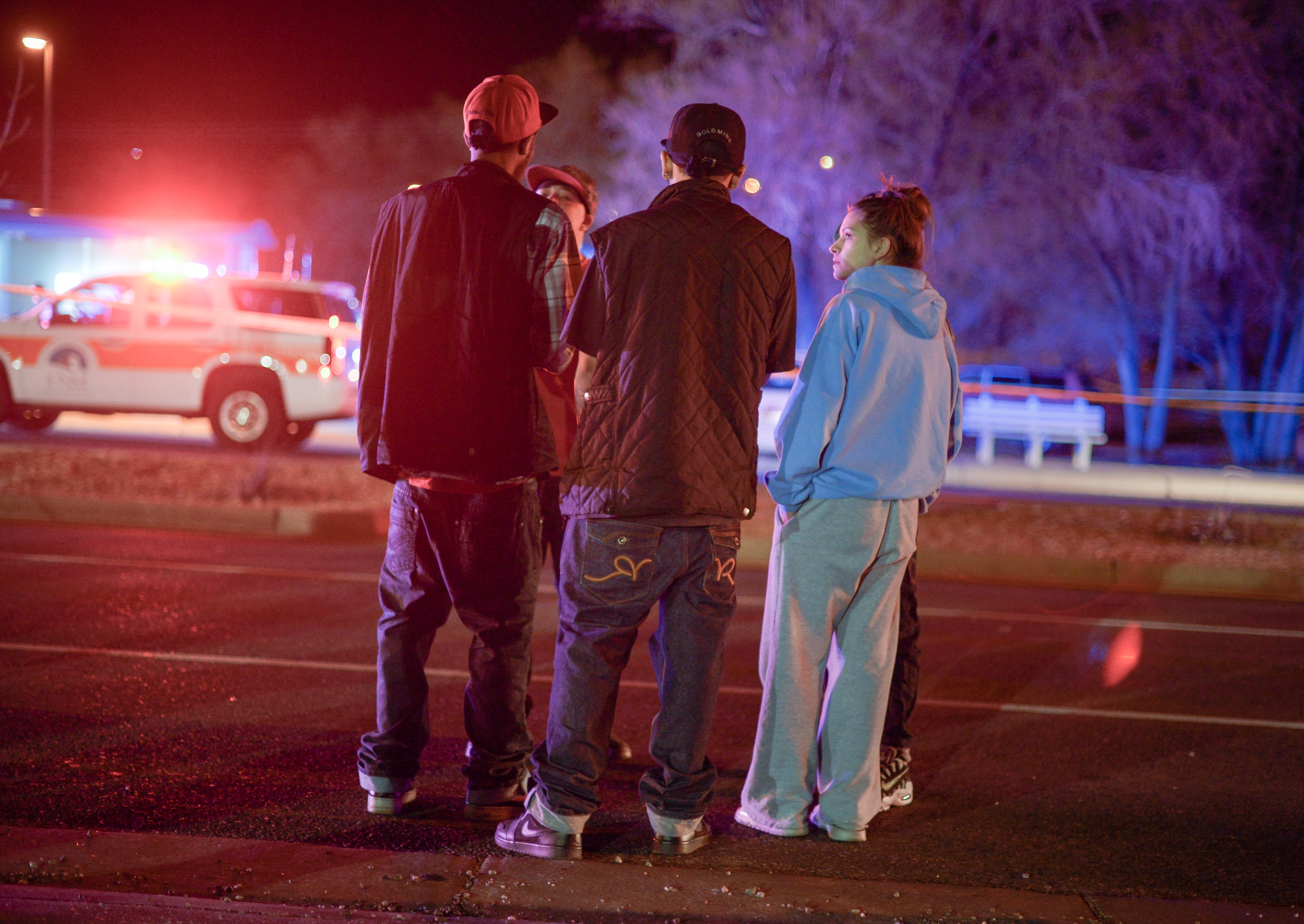
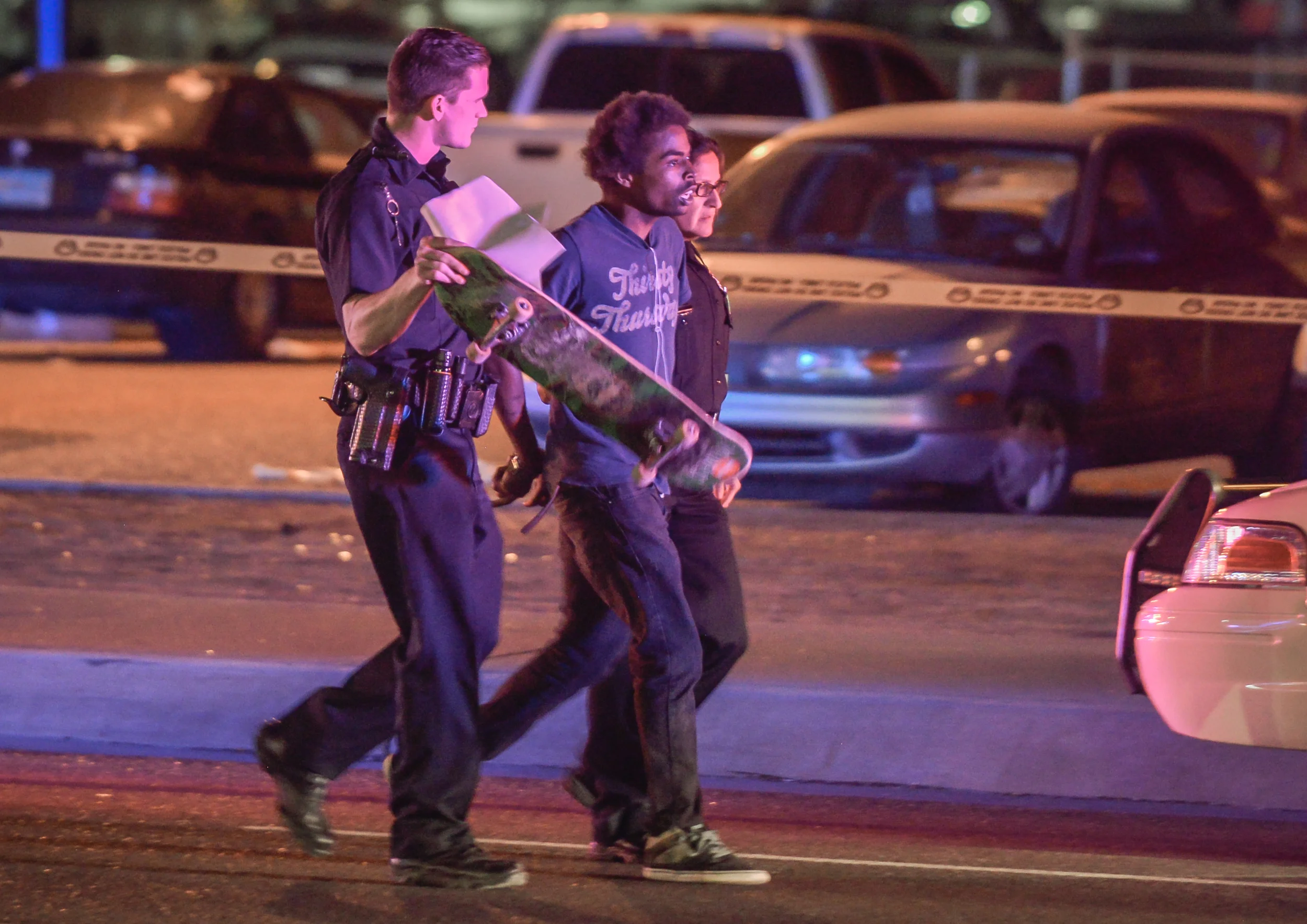
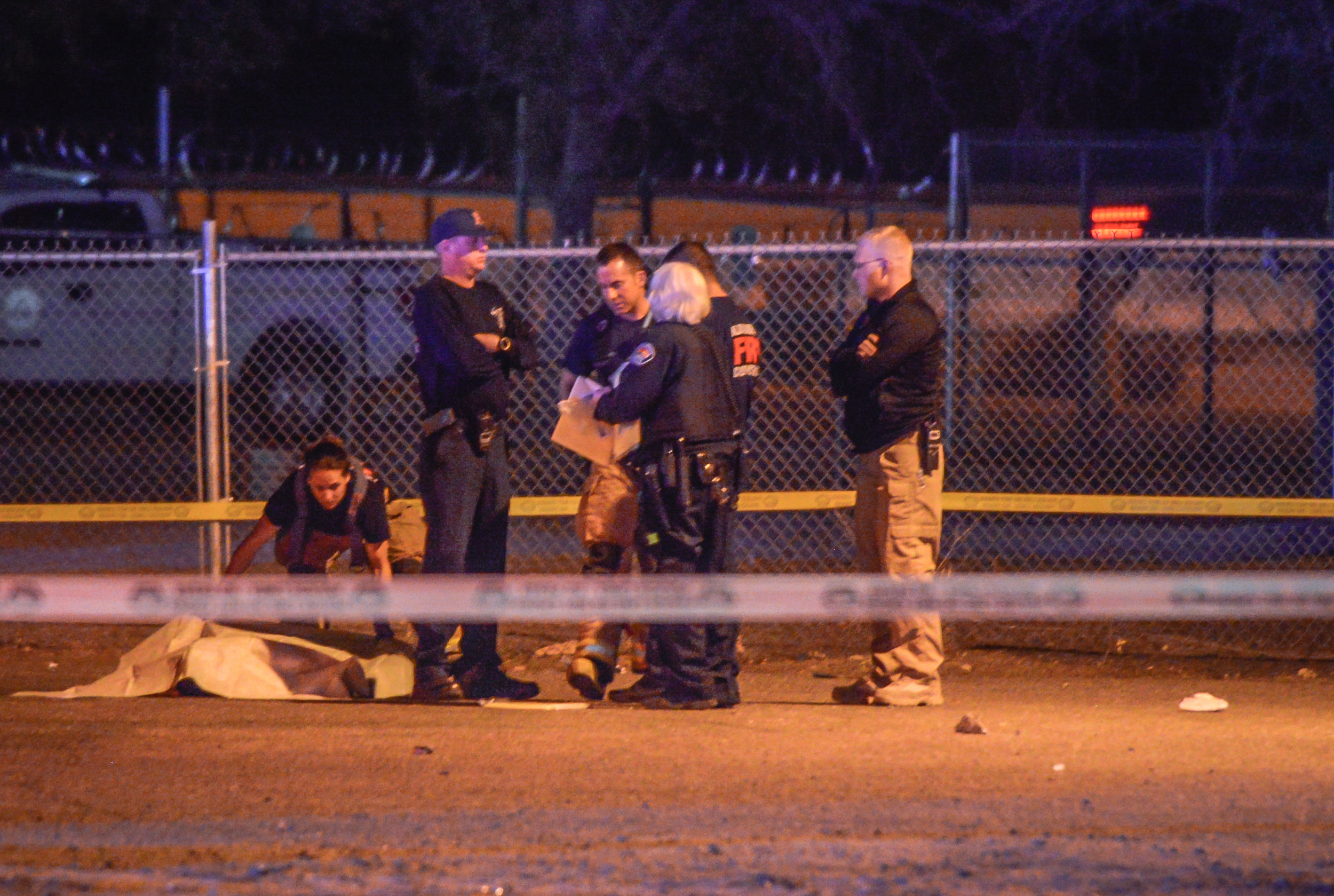
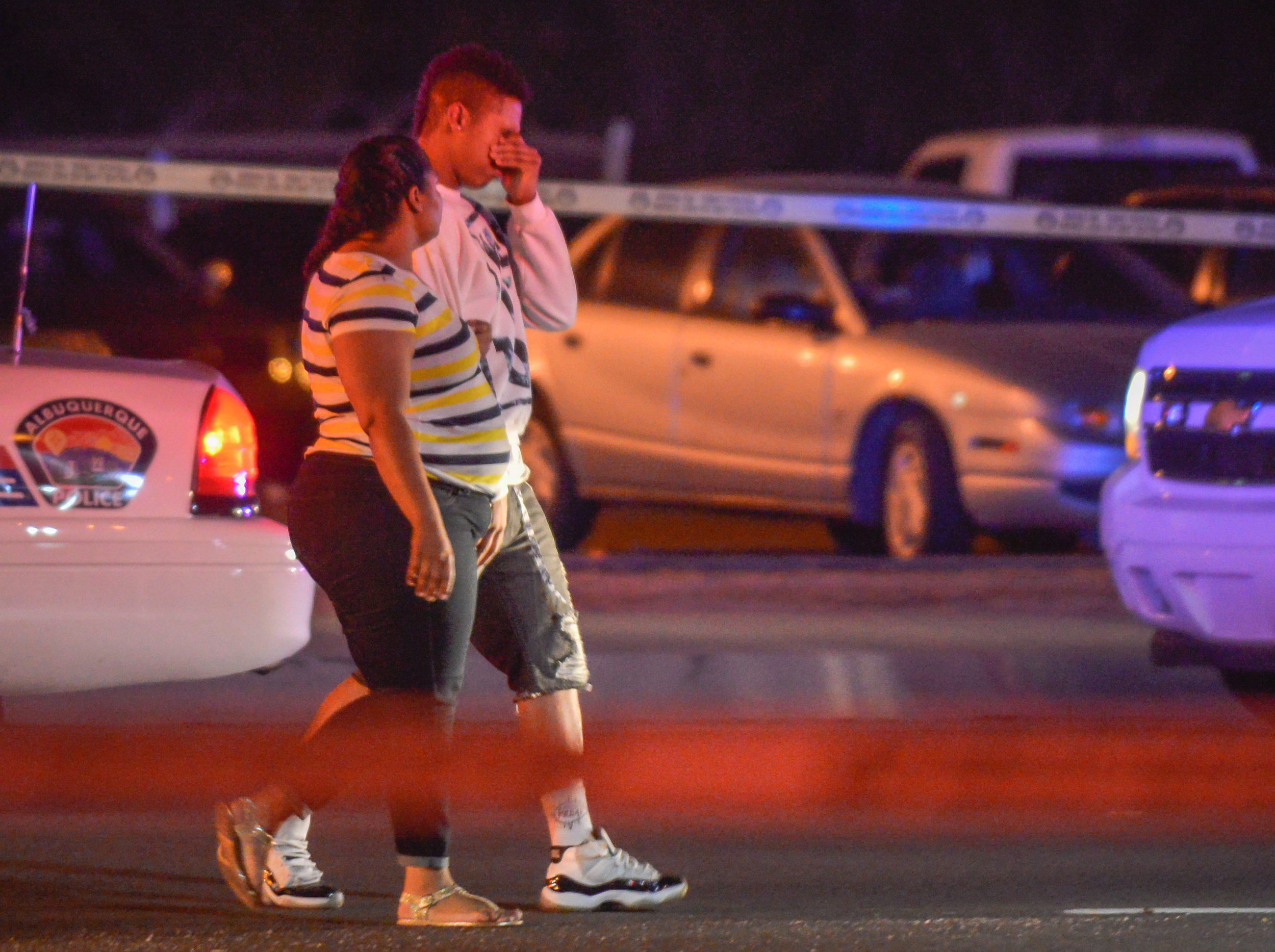
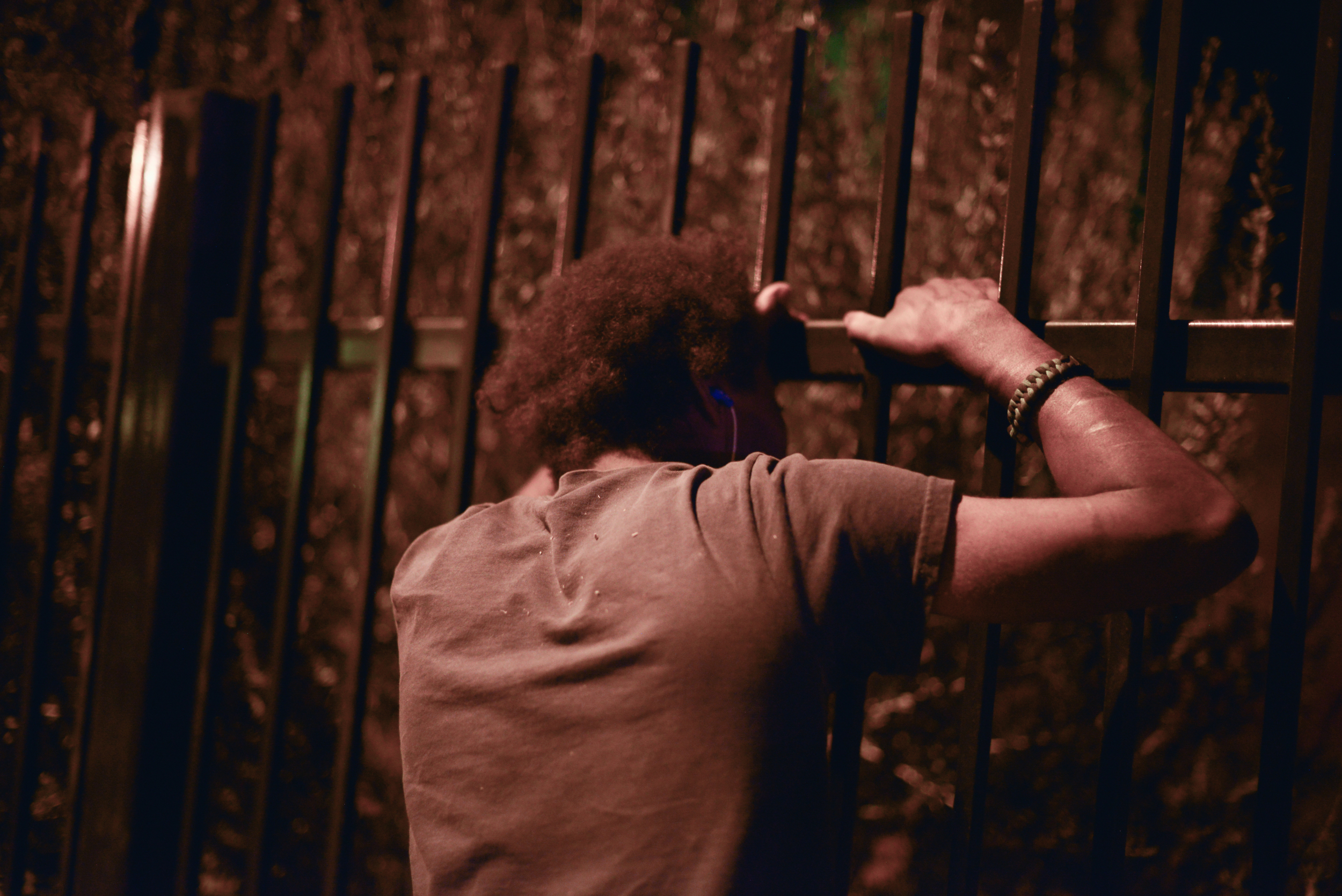
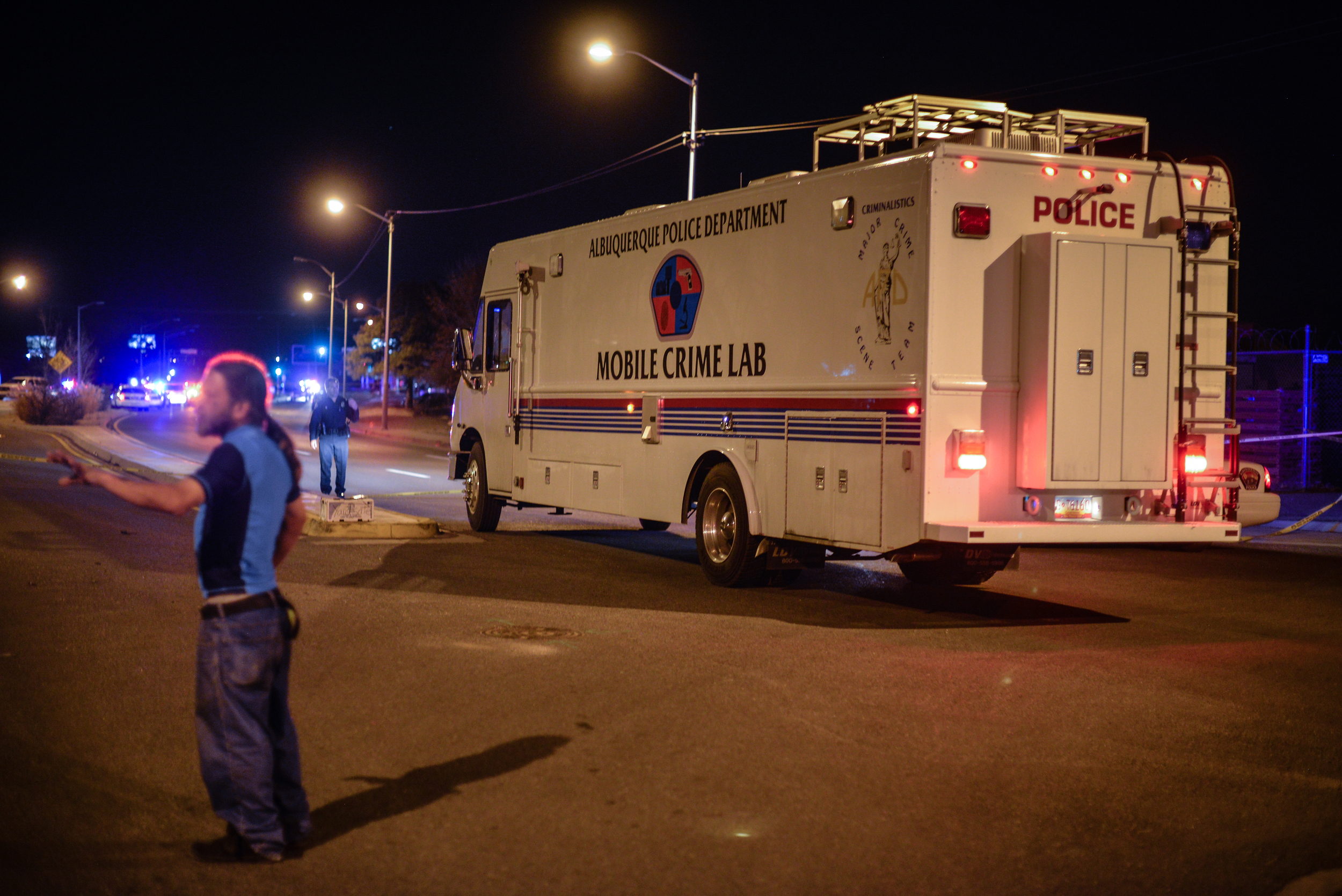
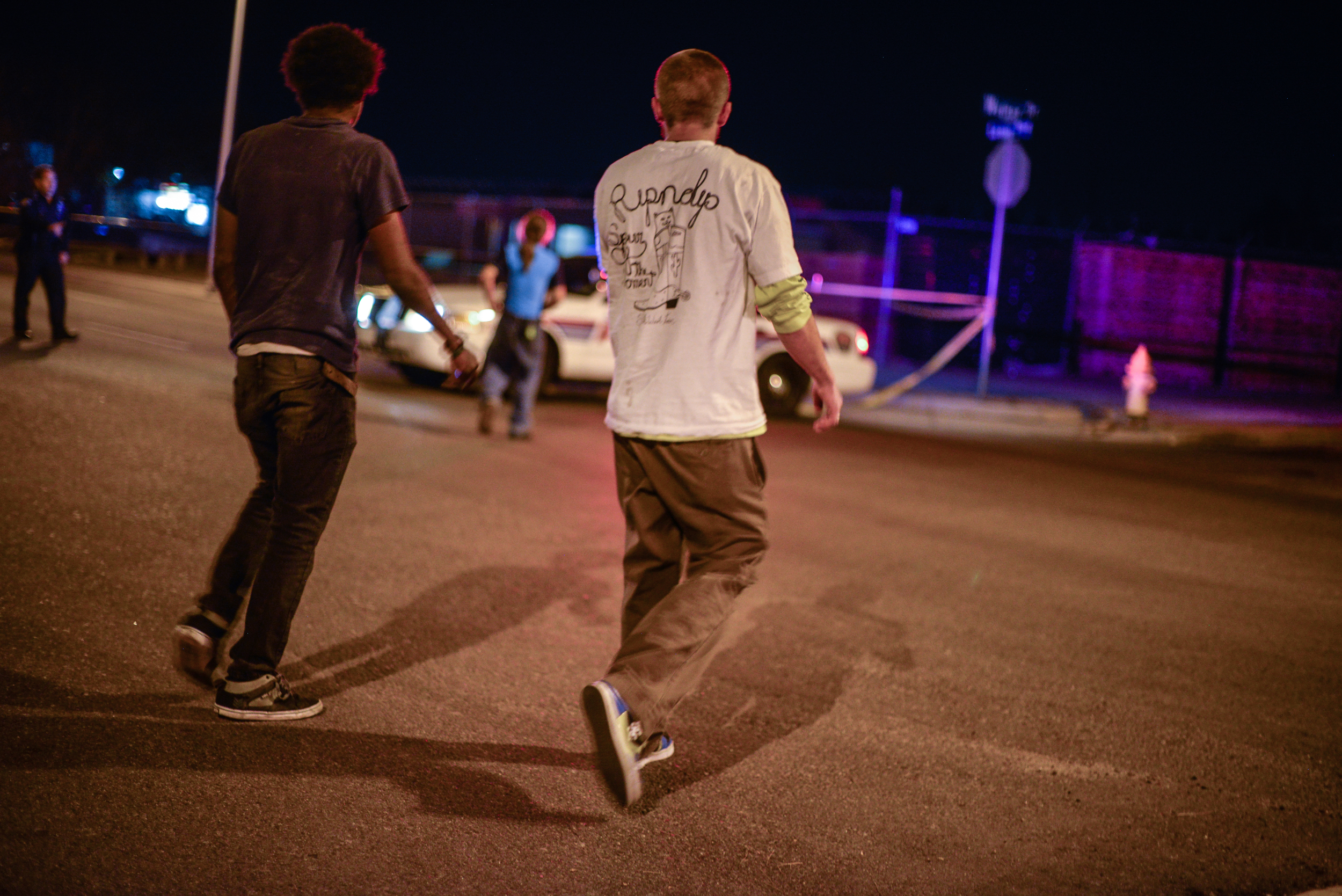
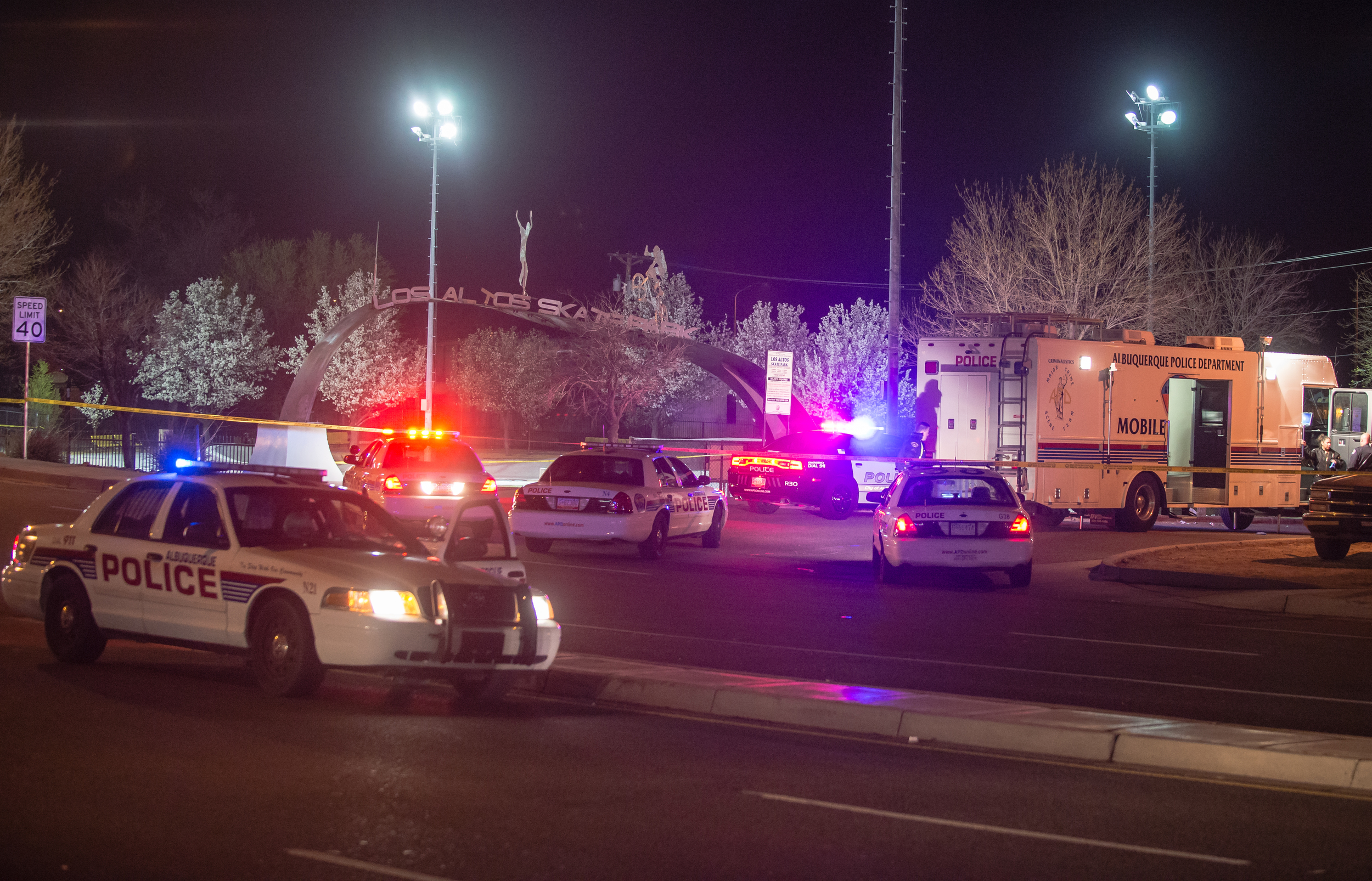
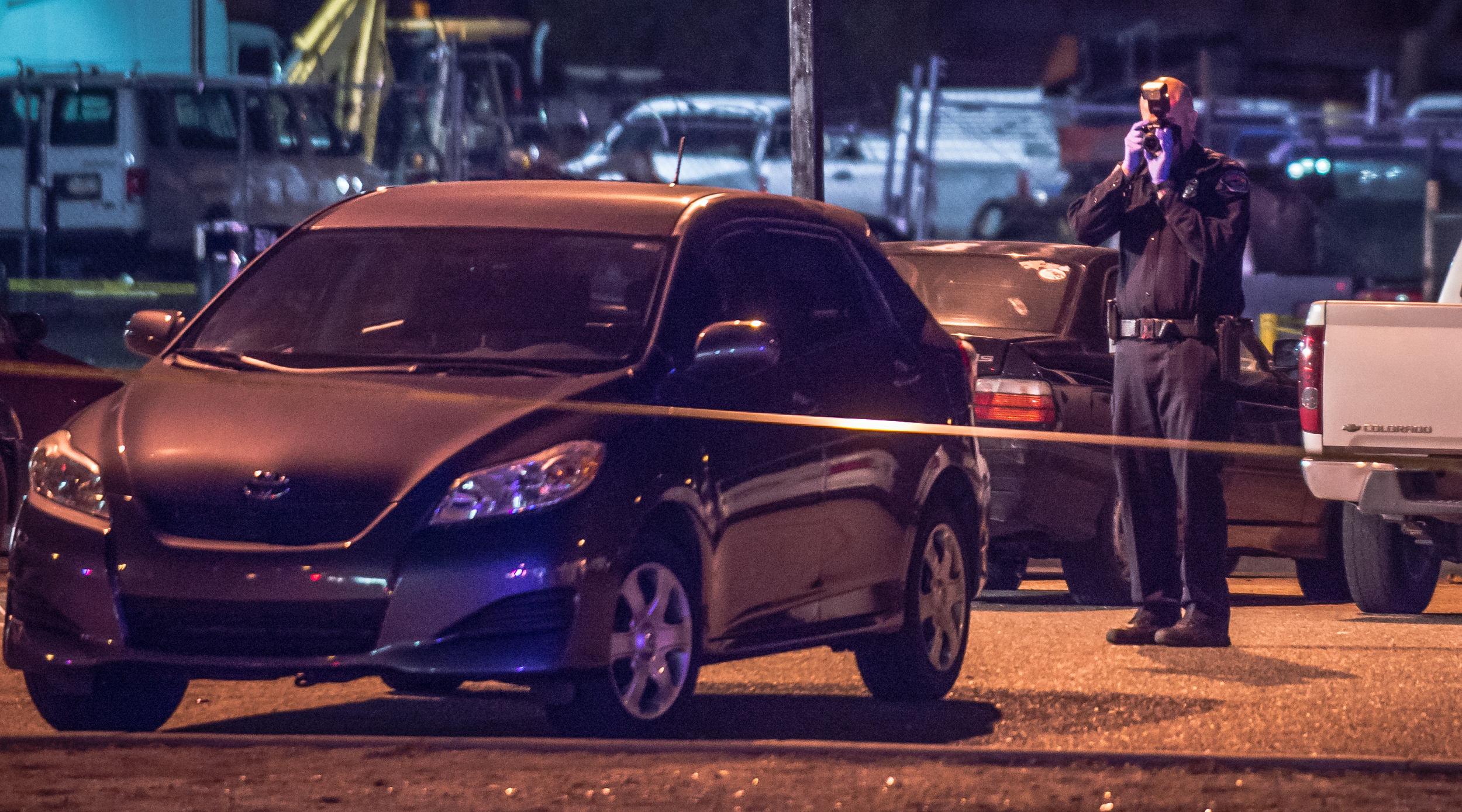
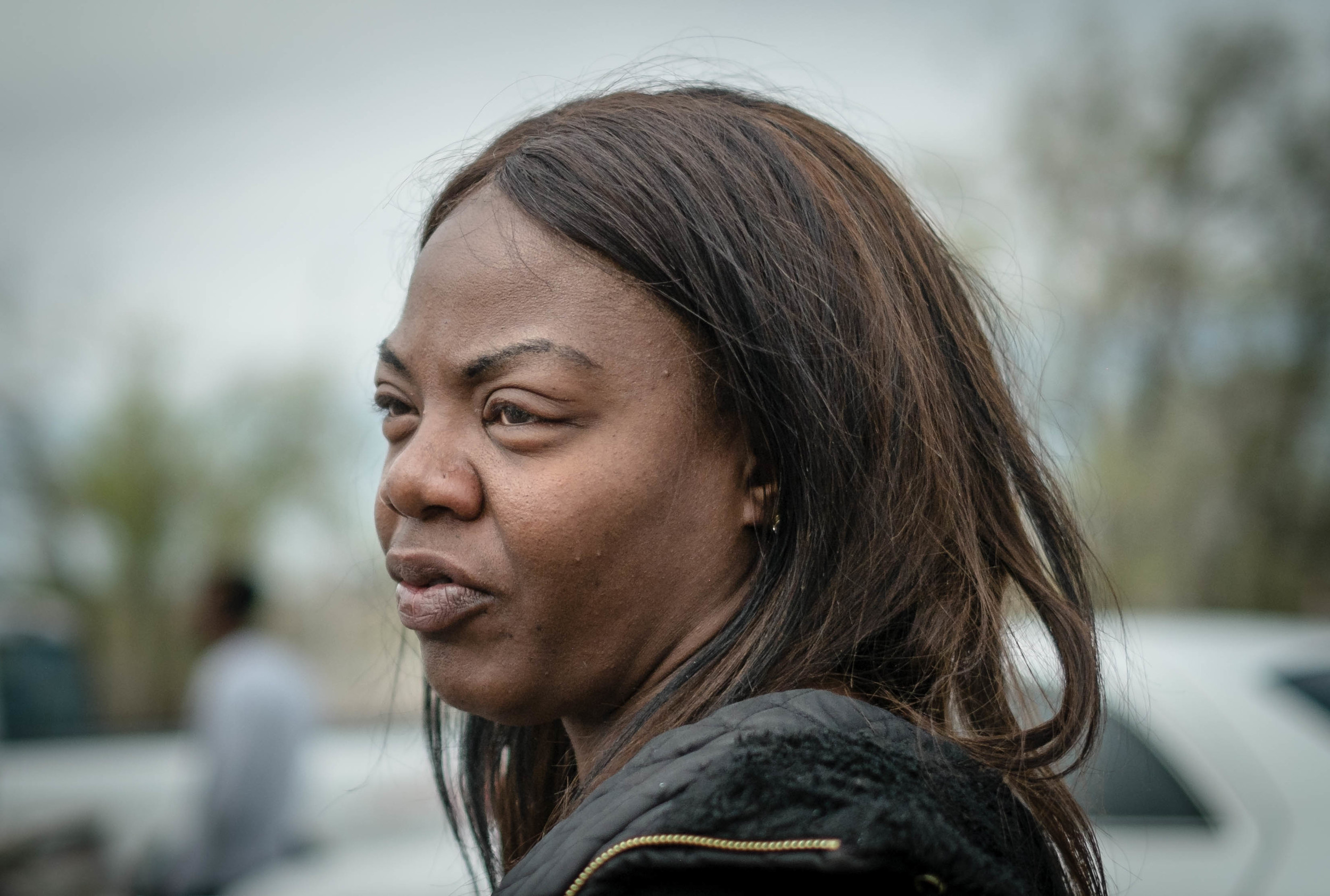
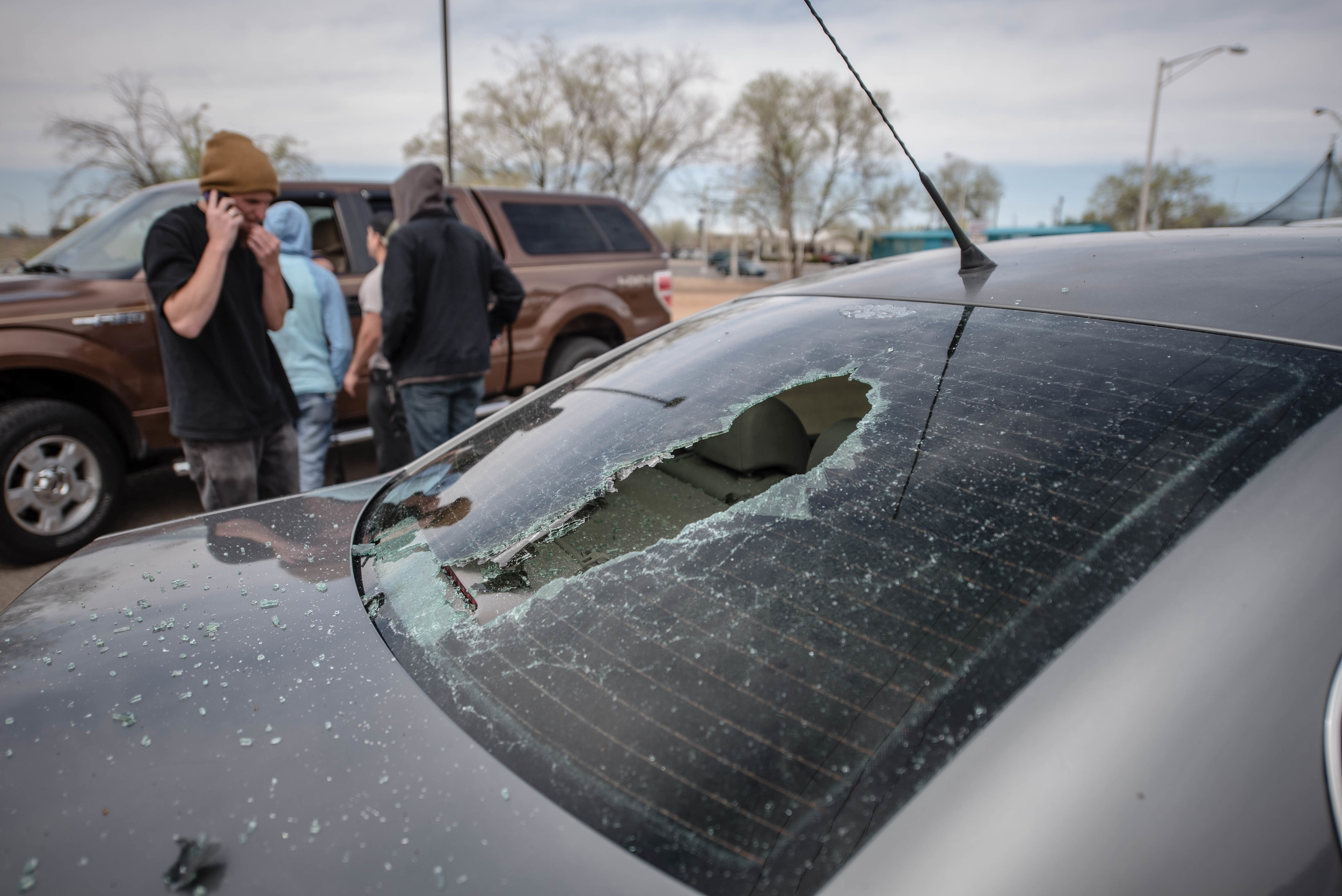
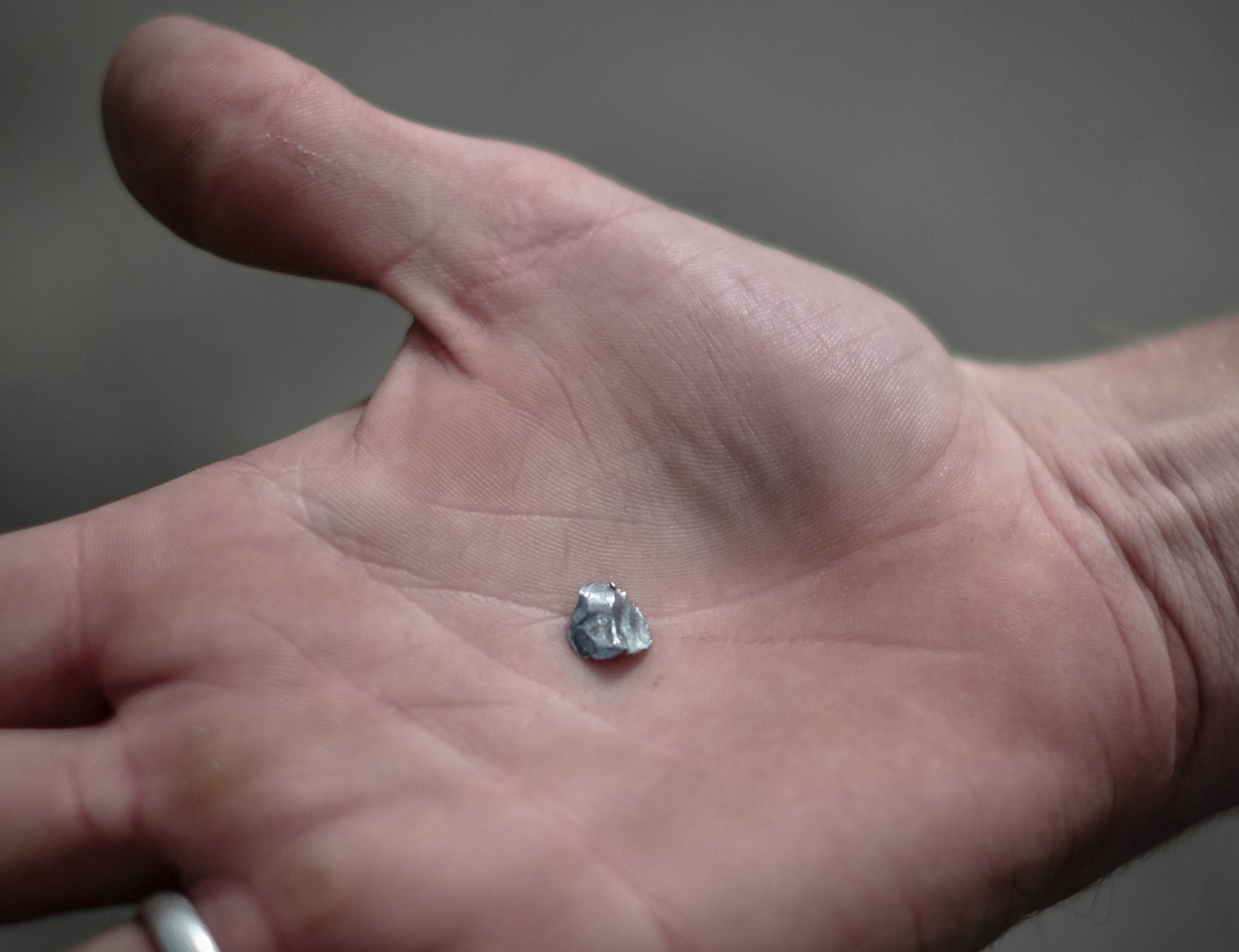
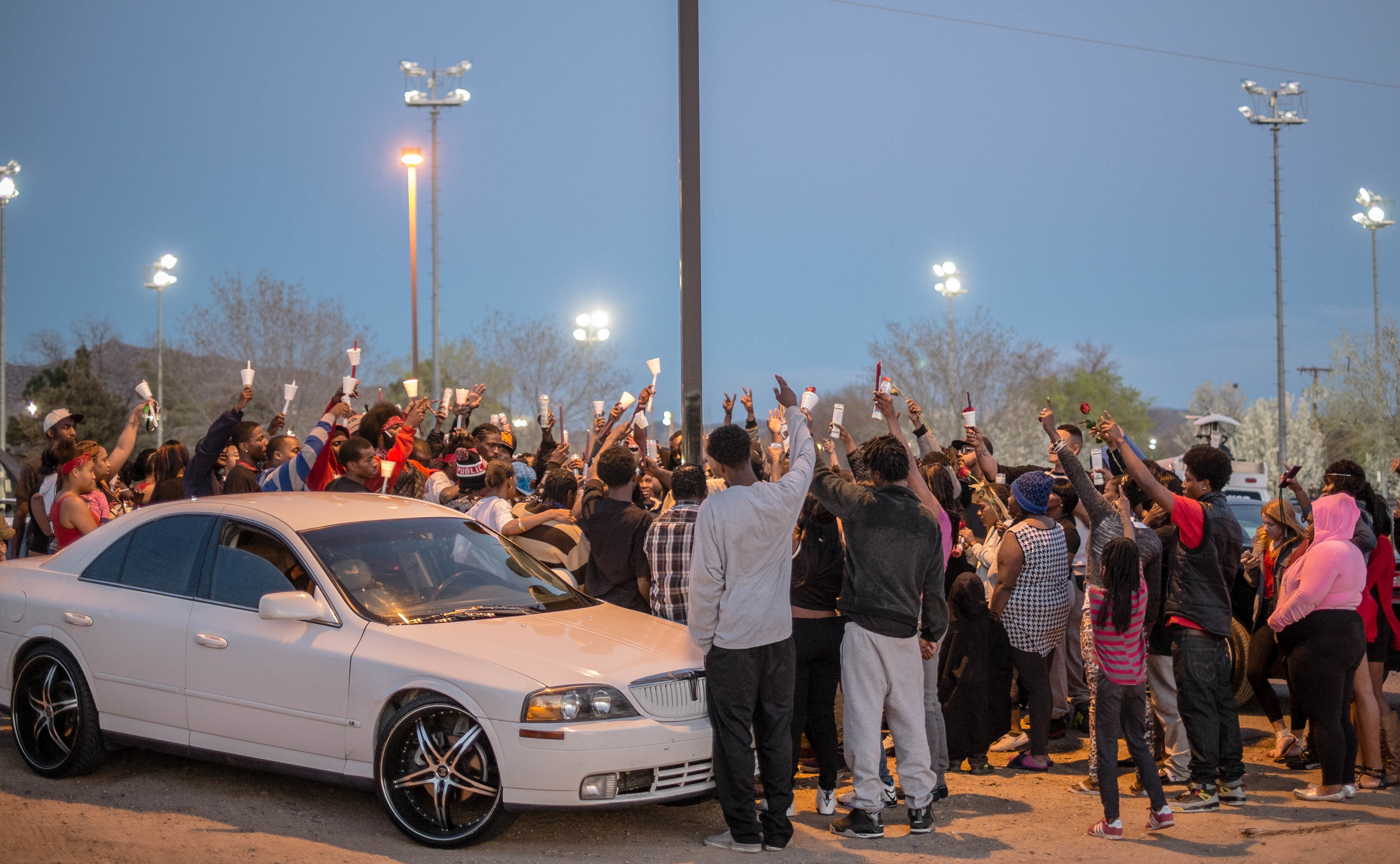
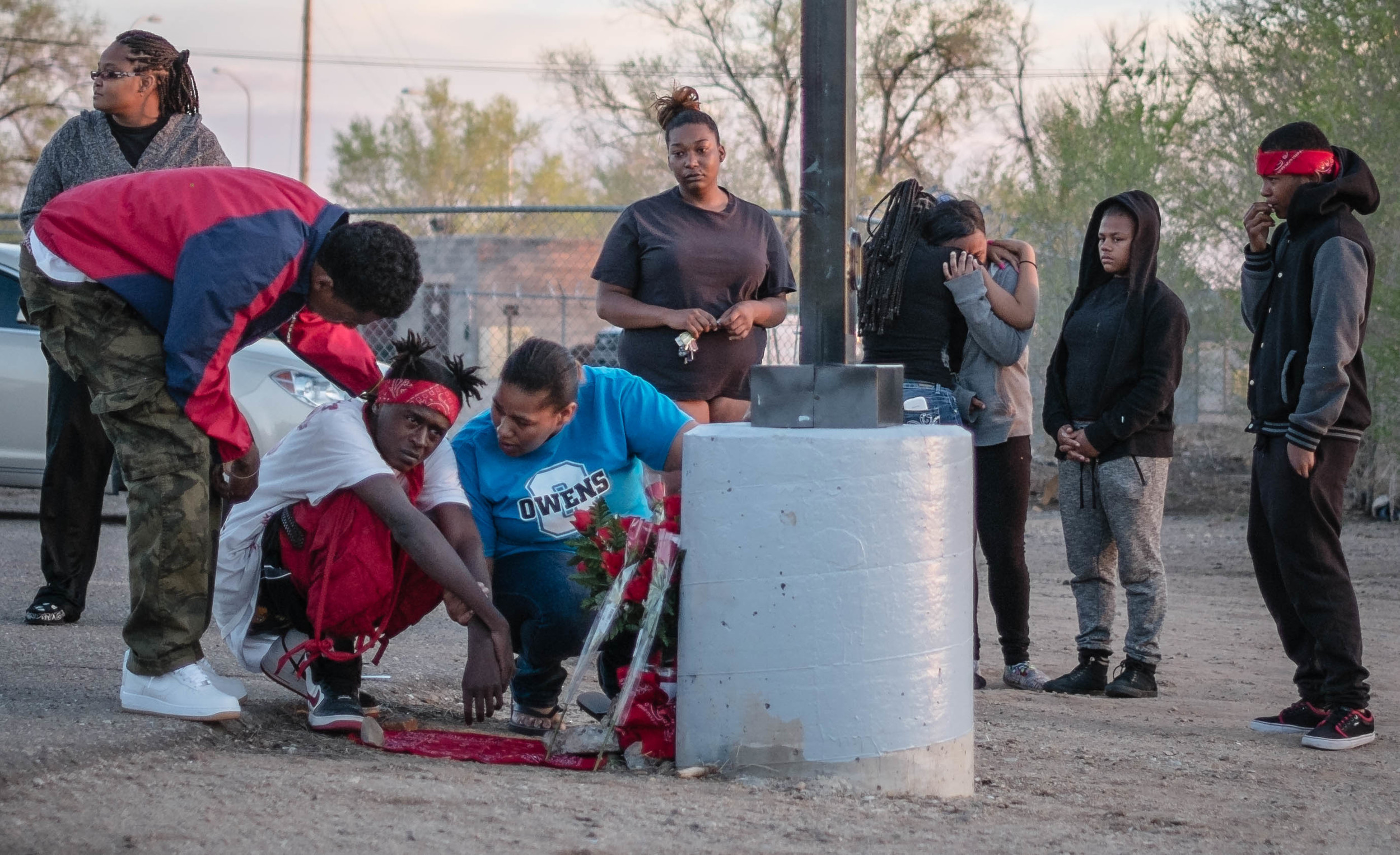
By Robert Browman And Elise Kaplan / Journal Staff Writers
A fight between two groups celebrating birthday parties at Los Altos Skate Park in Northeast Albuquerque exploded into gunfire Sunday night, leaving 17-year-old Sandia High School student Jaquise Lewis dead in the parking lot and six others shot and injured.
One person remains hospitalized in critical condition after what police say they suspect was a gang-related clash.
Richard Brandon, a longtime skater who was at one of the parties, said his friends confronted a man in the other group, claiming someone had stolen a skateboard. Not long after, he said, punches and shots started flying from both sides.
Brandon said he saw his friend whose birthday it was get hit by a bullet and go down.
“He was bleeding out of his stomach,” he said. “The only thing I could think of is it’s like fight or flight.”
Seven people were struck by bullets, including Lewis, who died at the scene. Several cars in the parking lot also were struck by bullets.
Lewis had recently returned to Albuquerque to live with his grandparents after living with his mother in Las Vegas, Nev. He had previously attended Highland and Manzano high schools.
“He loved sports, he loved electronics and computers. He was very high skilled with electronics,” said his mother, Munah Green. “He could get a computer taken apart and put it back together.”
Green jumped in her car and drove to Albuquerque as soon as she heard the news.
“It’s just so senseless and so pointless,” she said. “I will see to it that they be brought to justice.”
Officer Tanner Tixier, a spokesman for the Albuquerque Police Department, said officers were called to the skate park just before 10 p.m. Sunday. They arrived to find a large crowd, with Lewis dead on the sidewalk and others injured. Three people were rushed to a local hospital.
Three others injured by the gunfire walked into area hospitals on their own, he said.
Crowd chaos
The shooting and its aftermath drew a large crowd, prompting officers to concentrate on crowd control, police spokesman Fred Duran said.
He described the park area as a “large and complex crime scene.”
Two vehicles were towed from the scene so police can search them, Tixier said,
He said the police don’t have any suspects to identify at this time and said police aren’t sure if race played a part in the shooting. Lewis is black and the group he was with was mostly African-American.
“The early indication is it was somehow gang-related. We’re still trying to make sure that was the case,” Tixier said.
Cody Langdon, a longtime regular at the park, said the skateboarders he knows are not involved in gangs.
“Nobody here is part of any gang. And if they are, they are not bringing that into the park,” he said.
Tixier said he doesn’t believe the park has security cameras
“I know there’s a highway camera at I-40 and Eubank, but it was pointed in the wrong direction,” he said.
Langdon said the park is usually peaceful.
Tixier agrees. “I just pulled the calls for service there for the past three years and it didn’t seem like an overwhelming number,” he said.
When fights do break out, Langdon said they are solved without guns.
“If any of us has a problem with each other, we’ll just go into the parking lot and fight,” he said. “I don’t know why people have to shoot each other.”
Journal staff writers Nicole Perez and Jon Swedien contributed to this report.
Snow storm Coverage 2015
These are some of the images taken across two evenings and one morning after what we consider to be a snow storm. For Albuquerque it was a big deal and I took advantage of hitting the streets with two Nikon FX cameras: D750 and D600 with a 50mm f/1.4 lens and a 70-200mm f/2.8. There is something special of seeing our desert environment with a fresh blanket of snow. The moment that brought it all in perspective for me was seeing a coyote galloping along a snow-packed field at the local Nature Center. It was more beautiful when it stopped to take a look at me with curiosity. Nature is amazing. Enjoy.

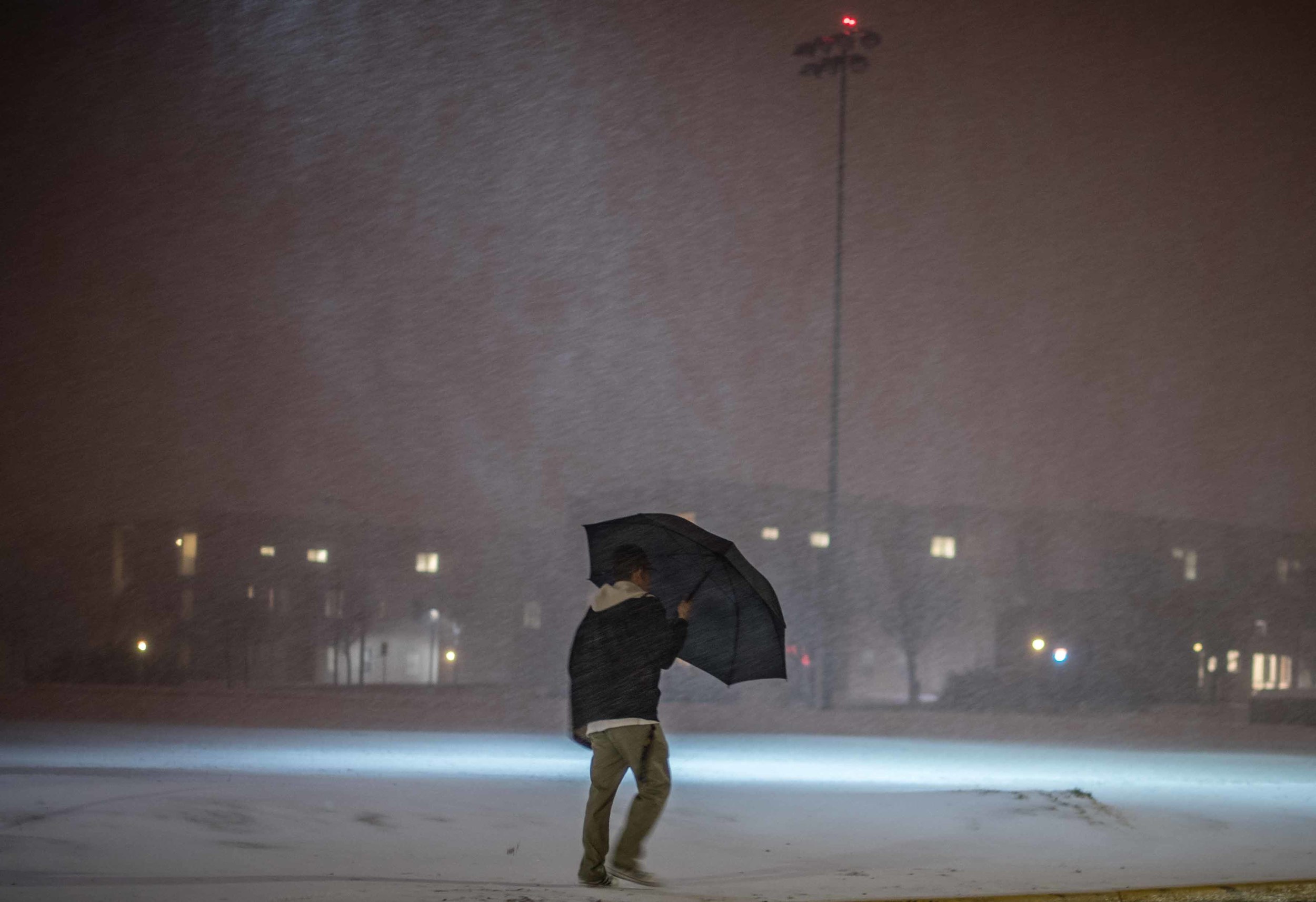

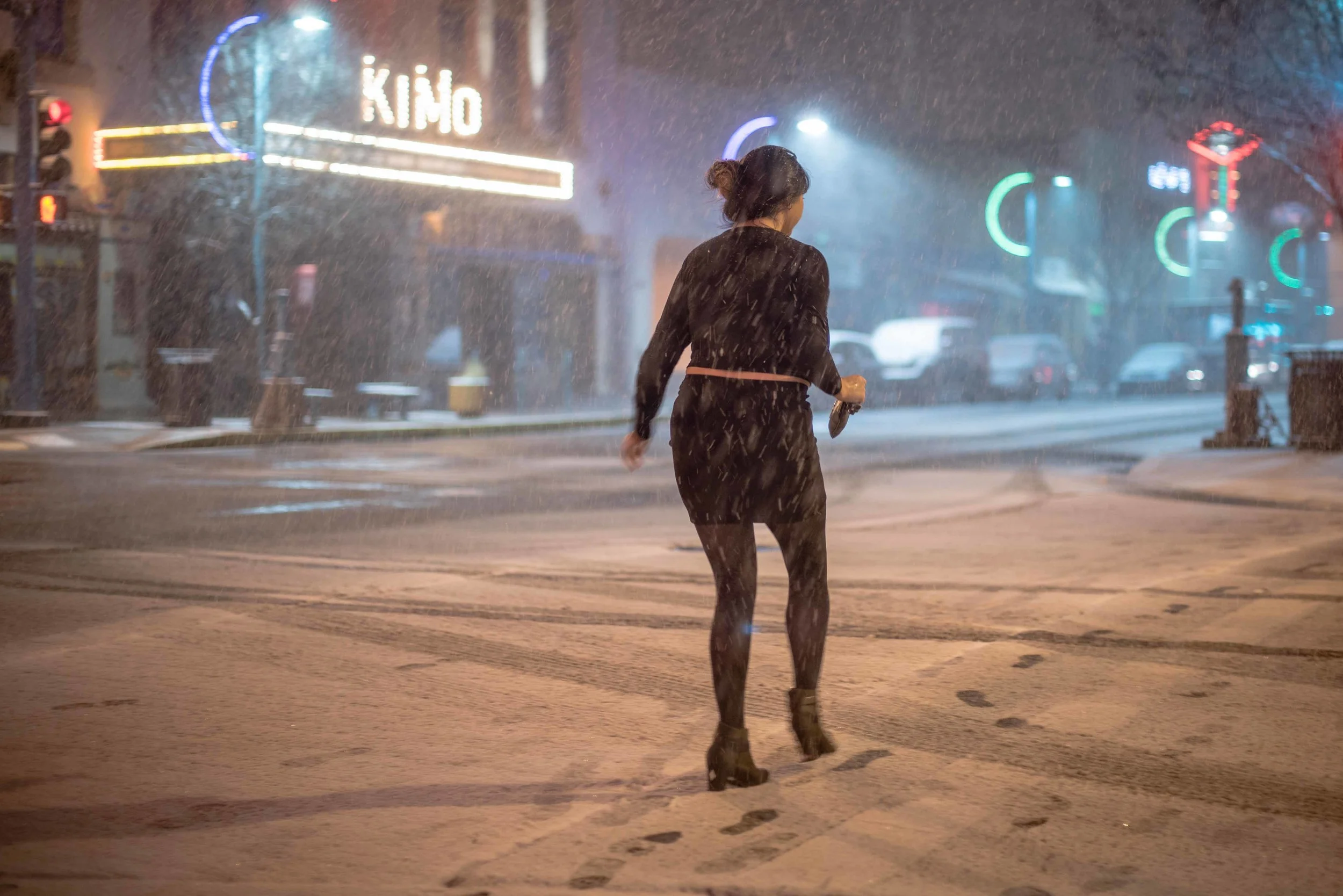

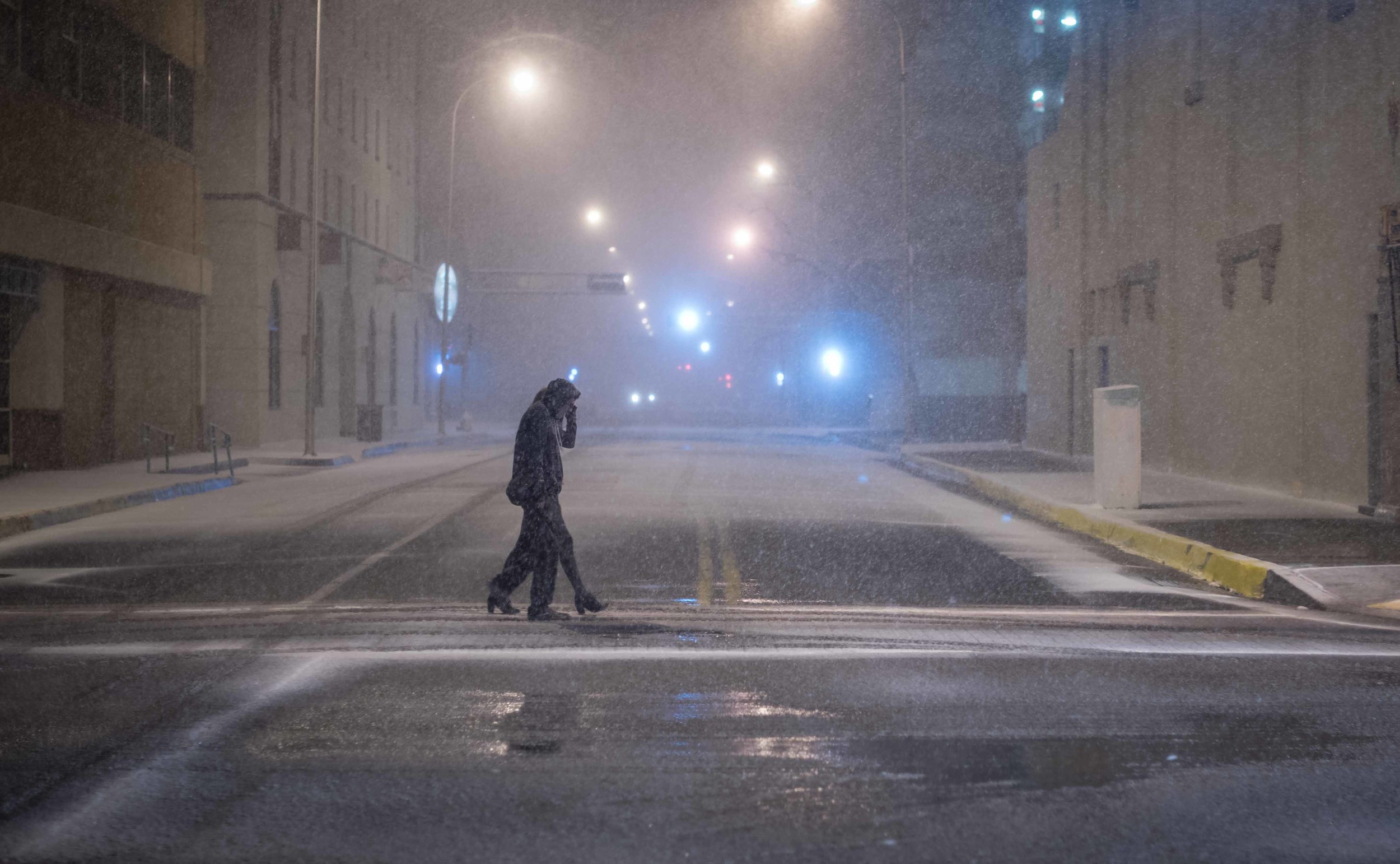

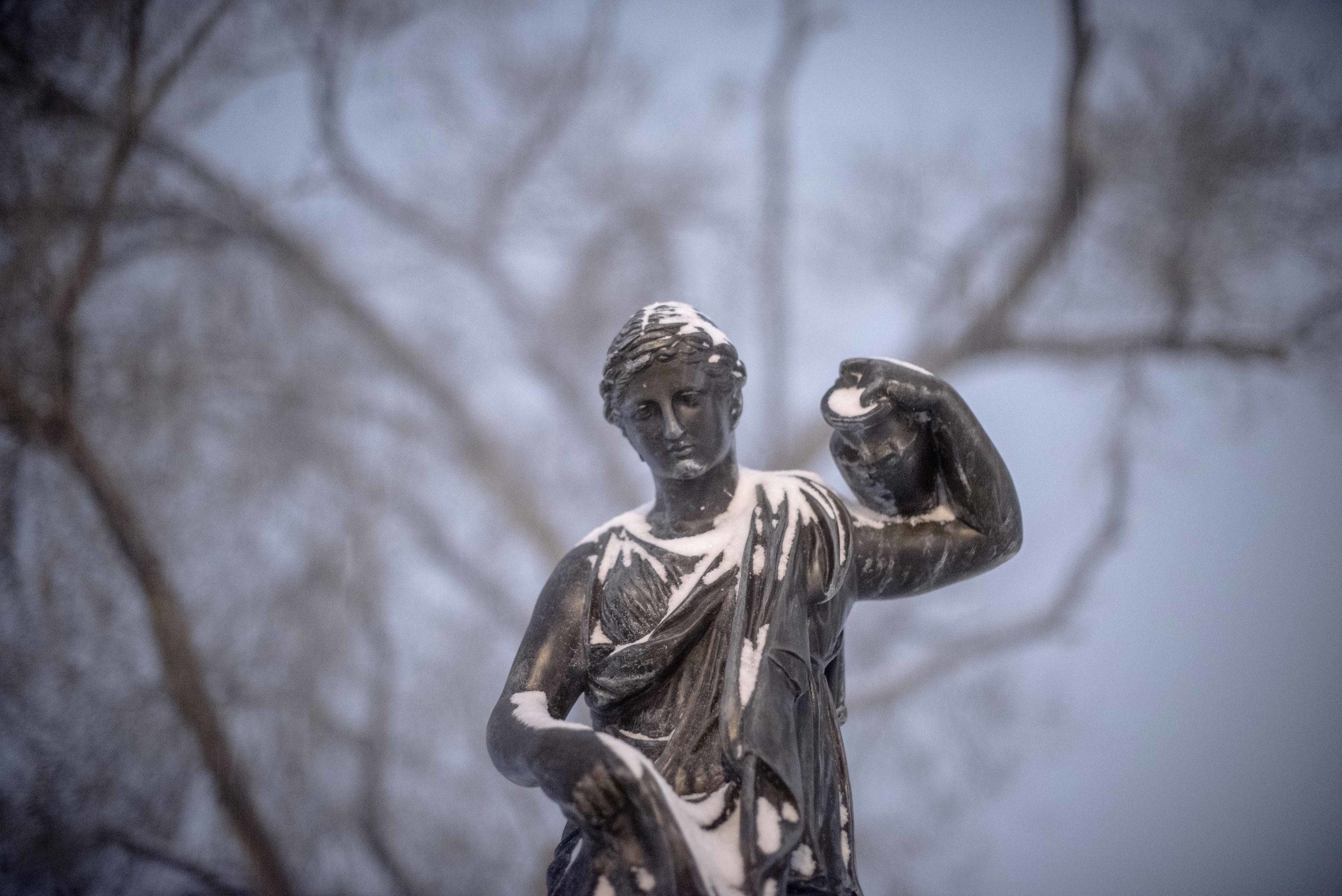
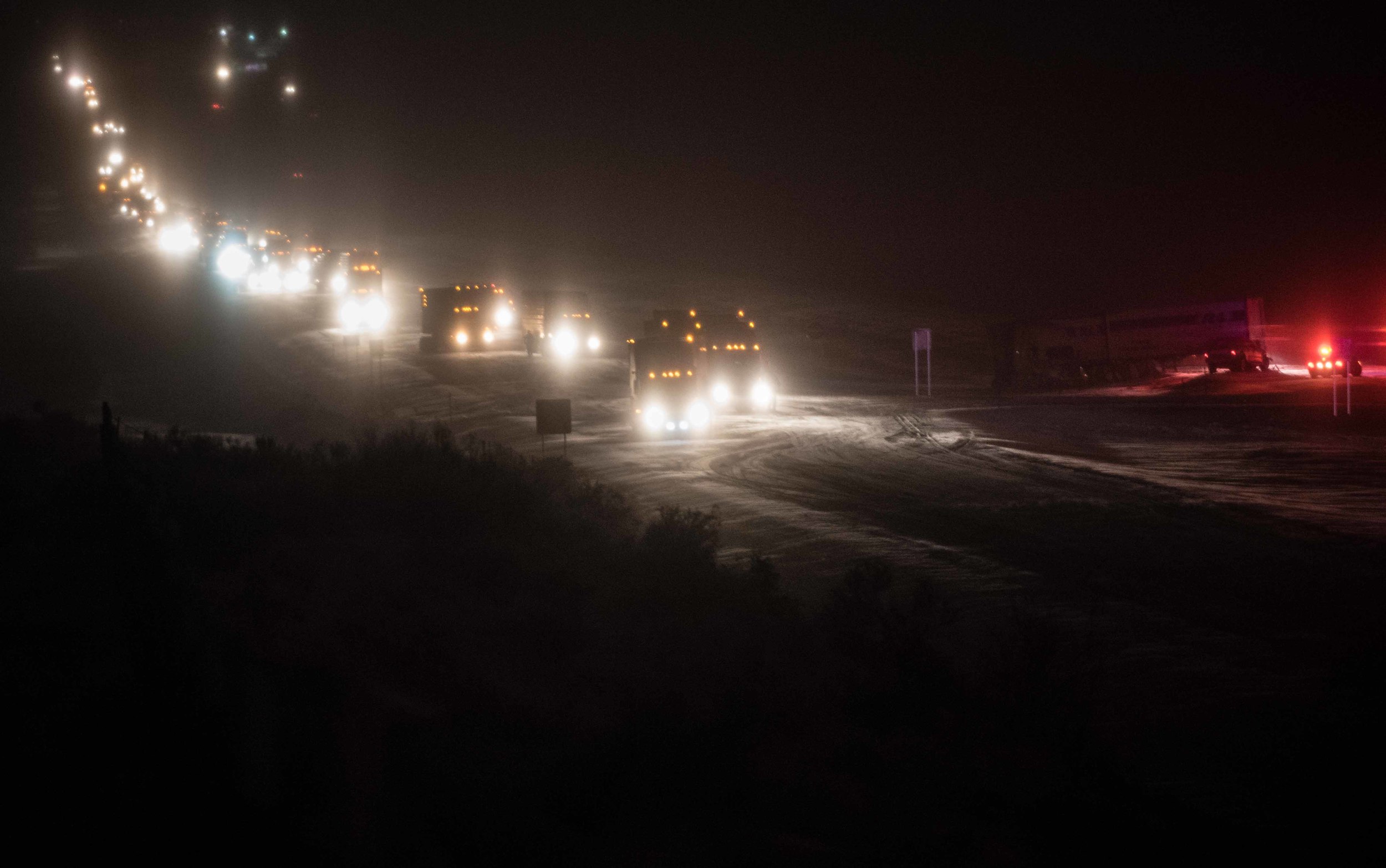

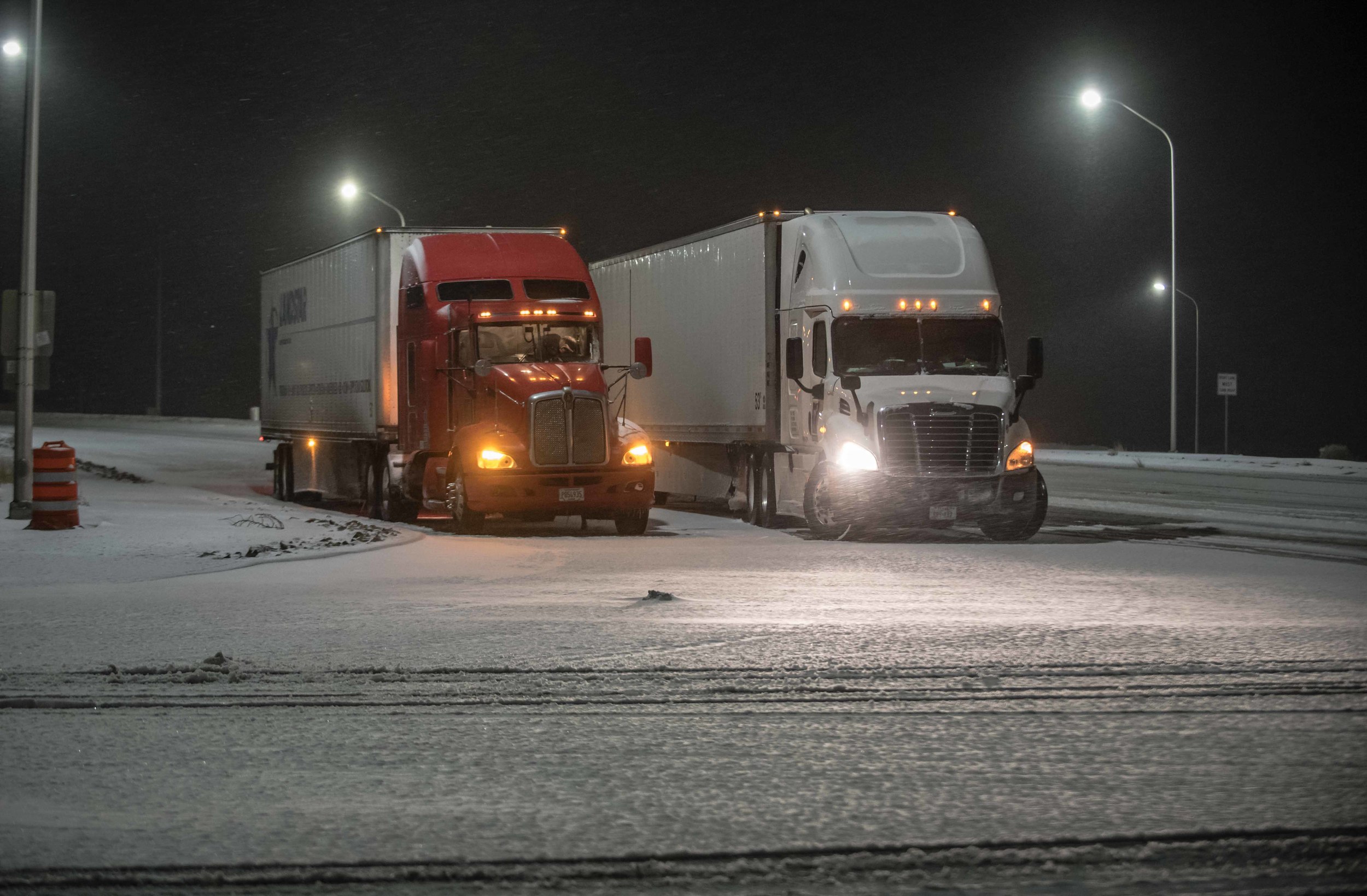


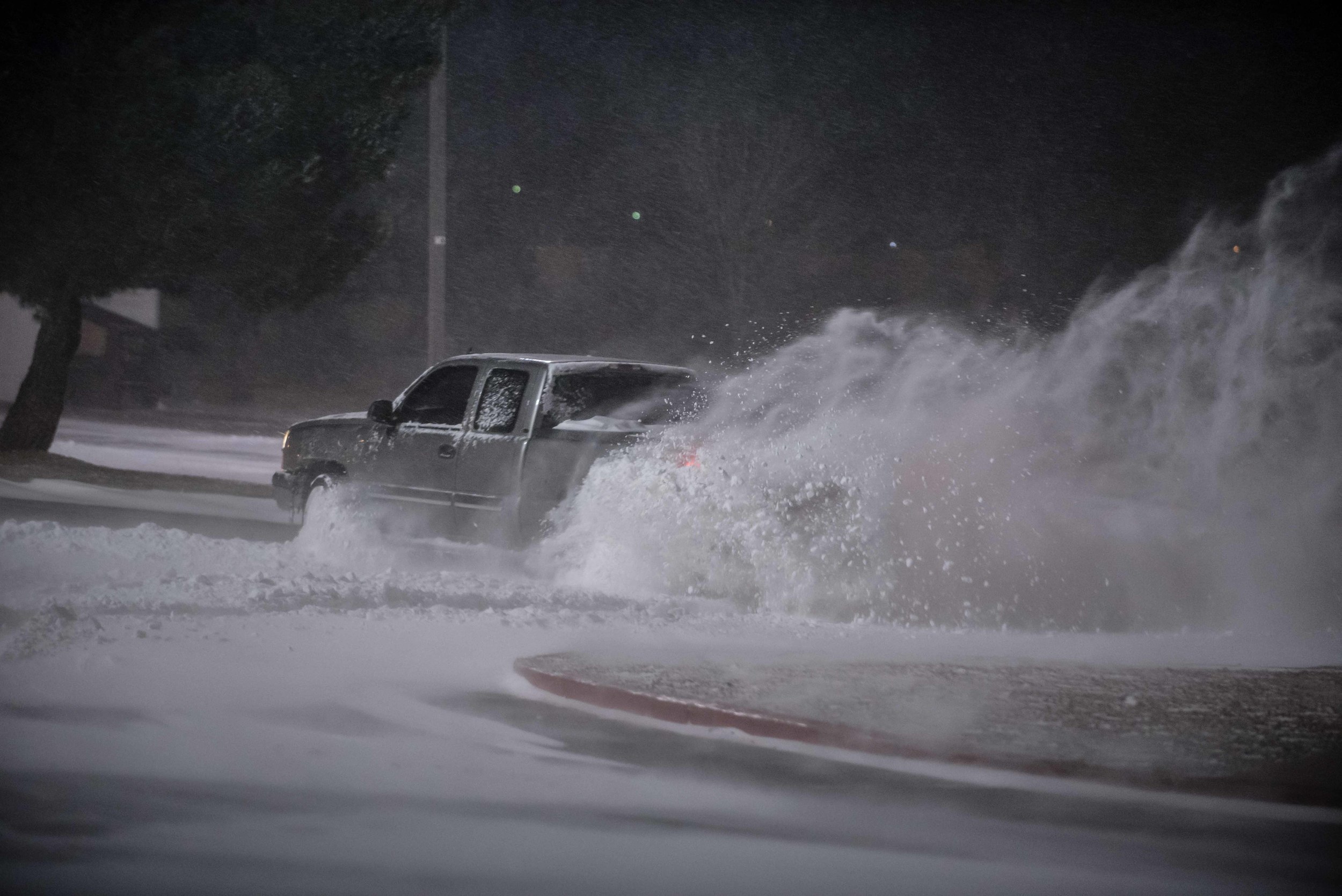
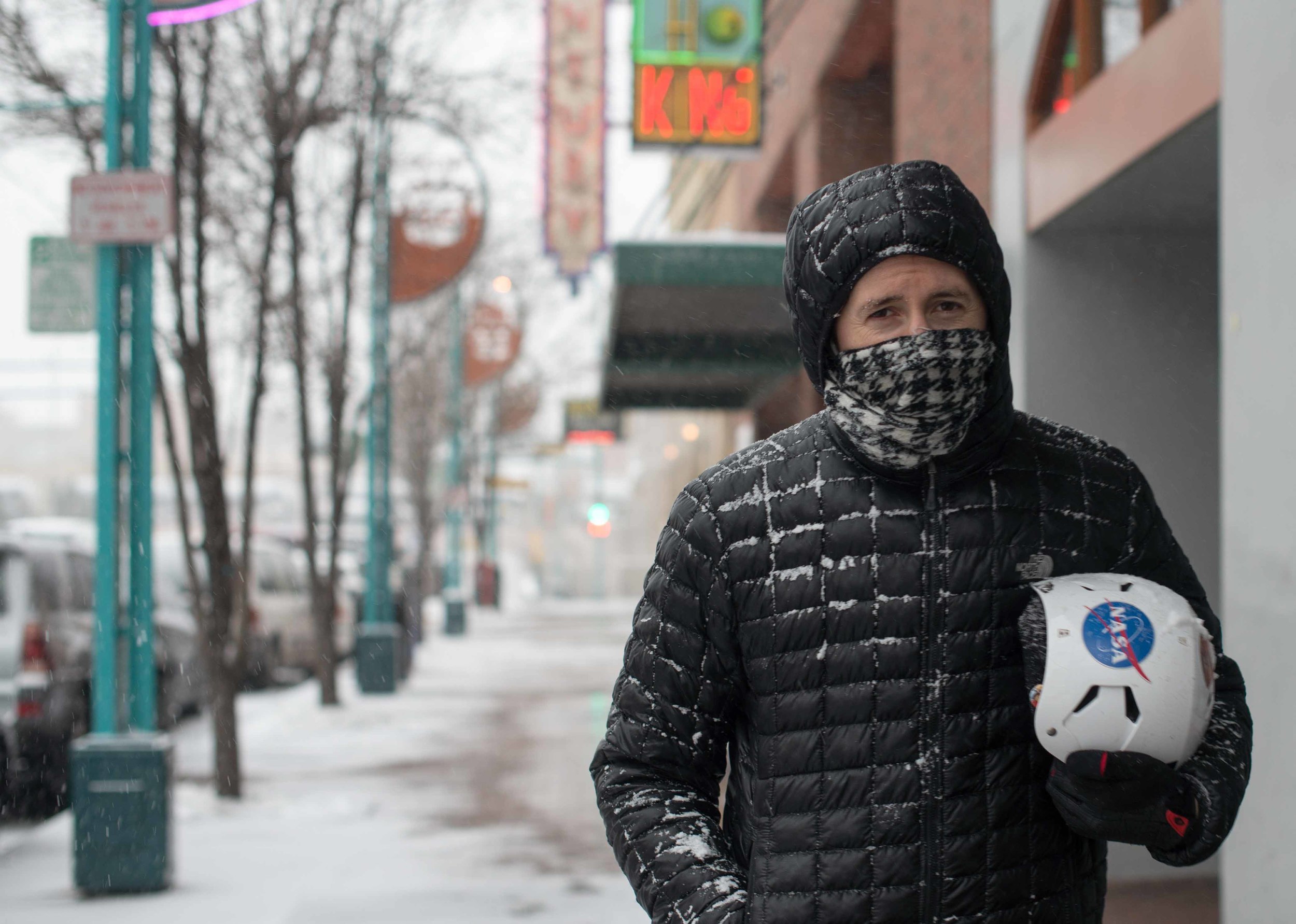



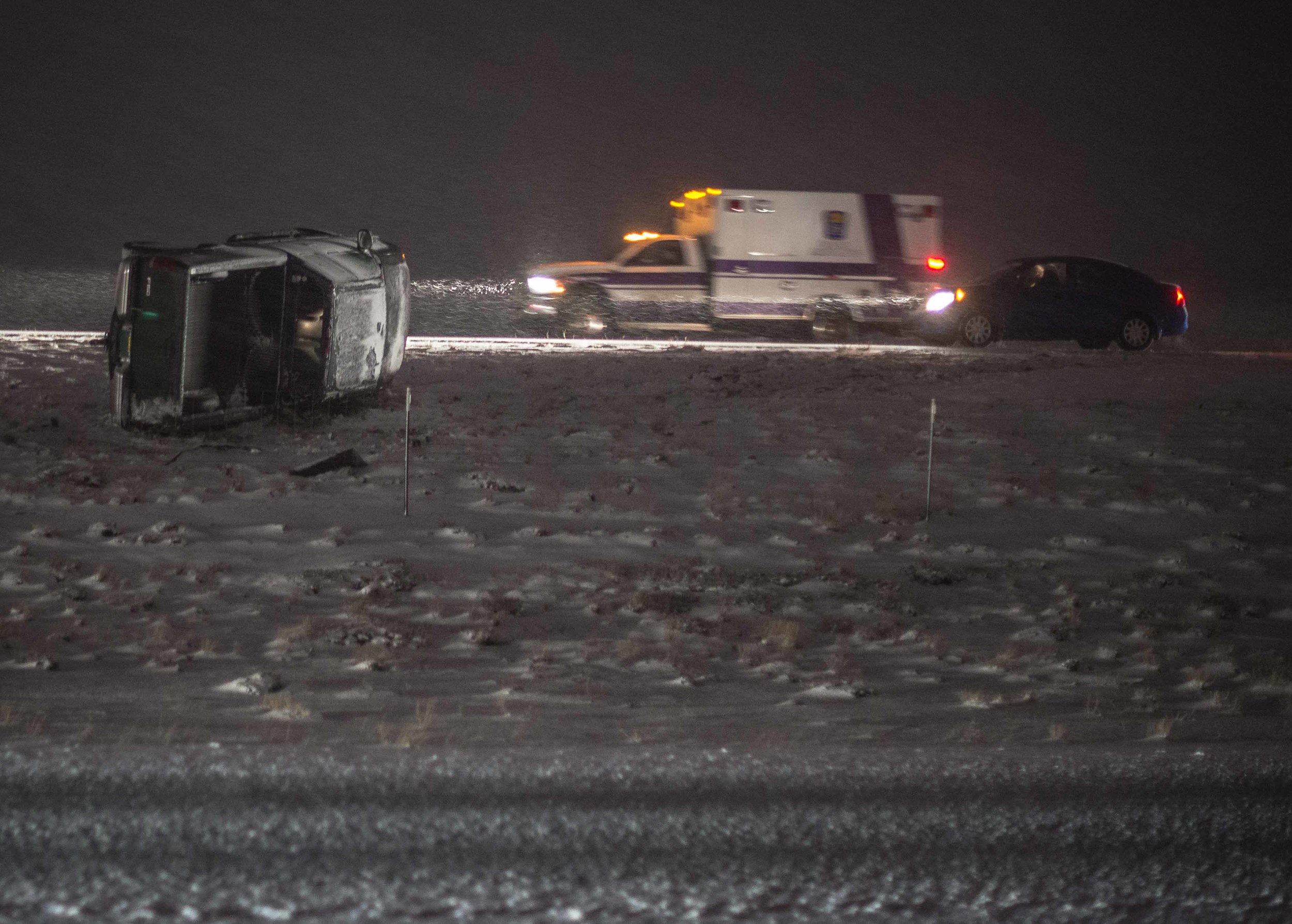

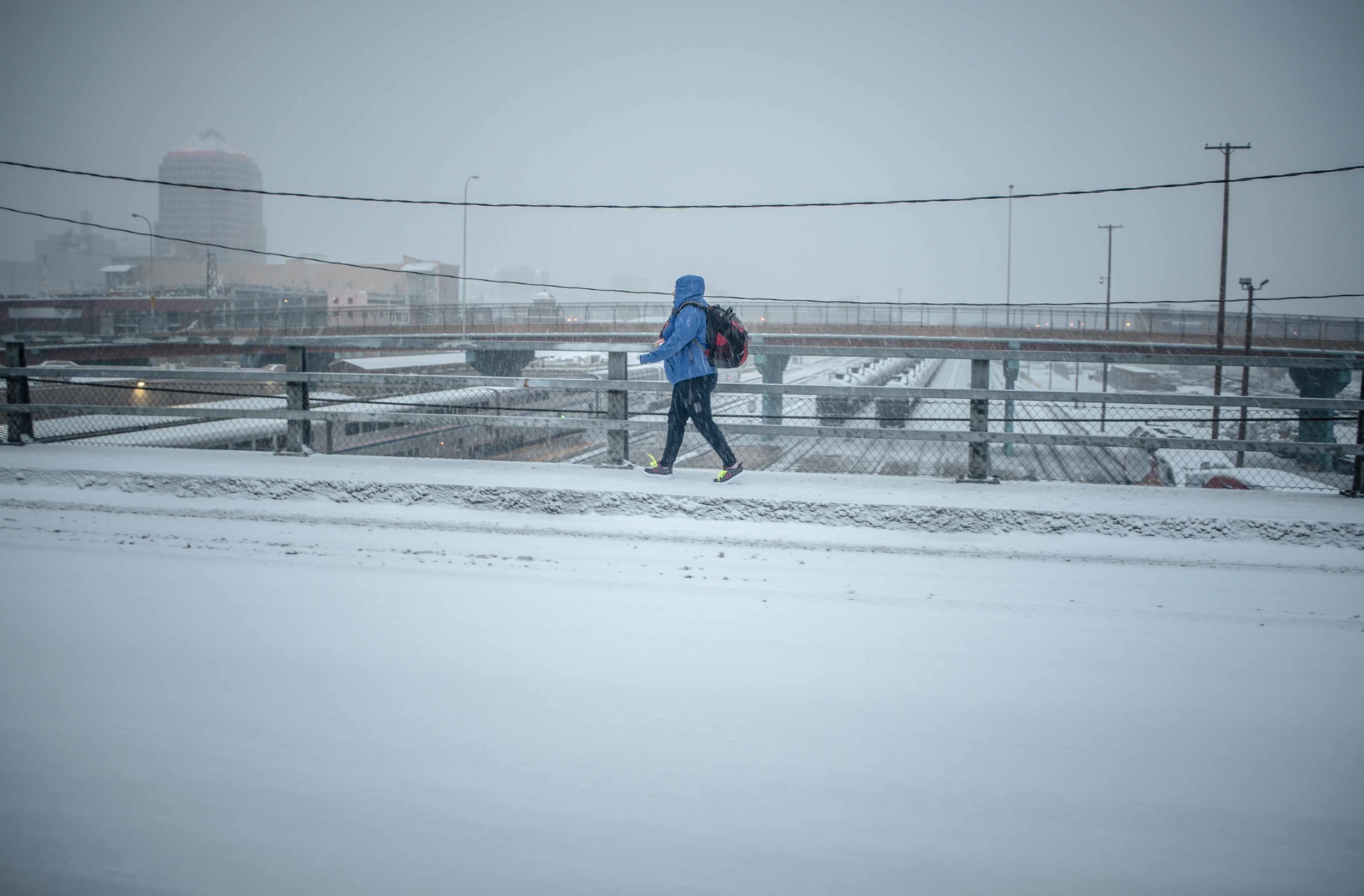

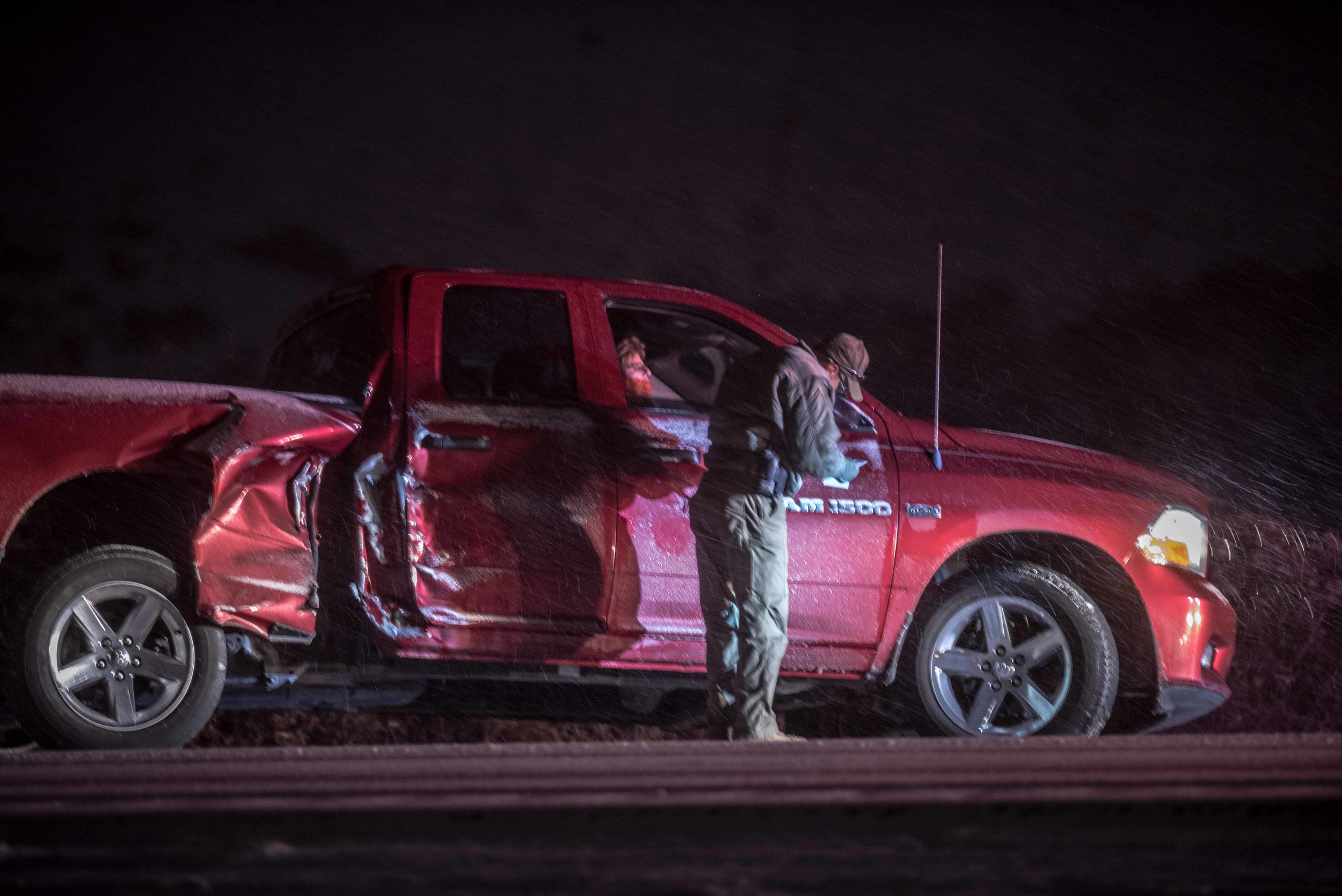
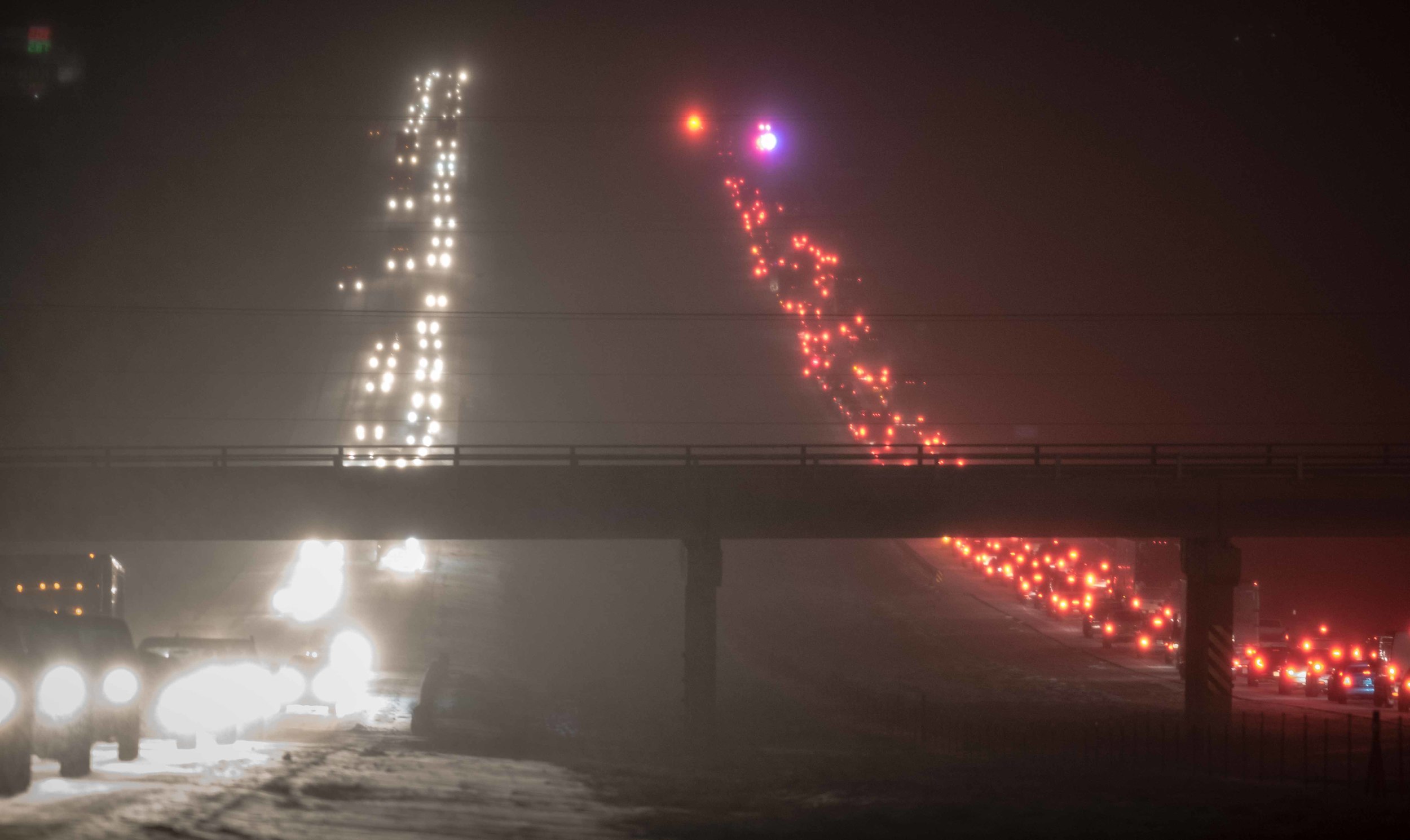

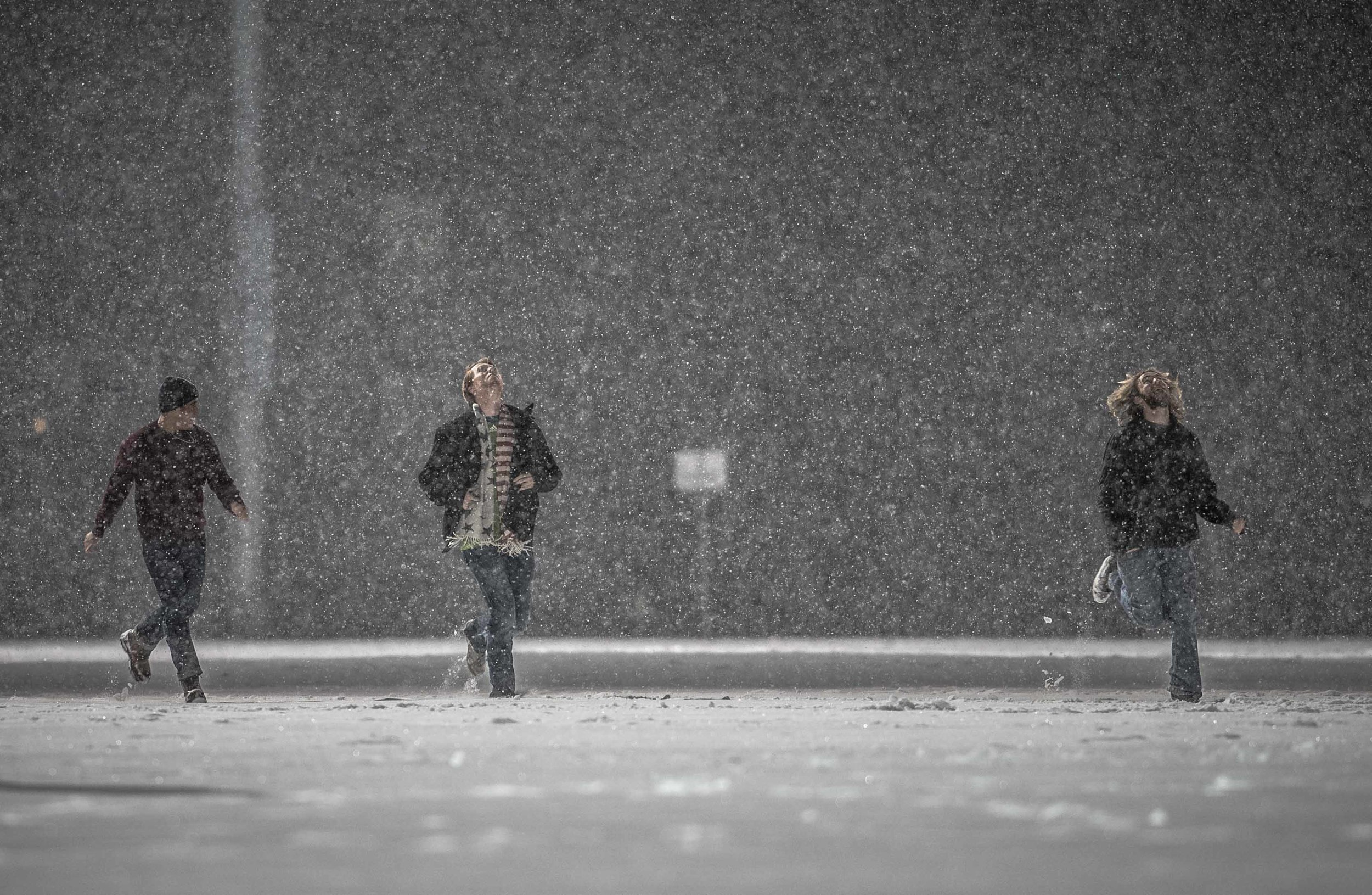


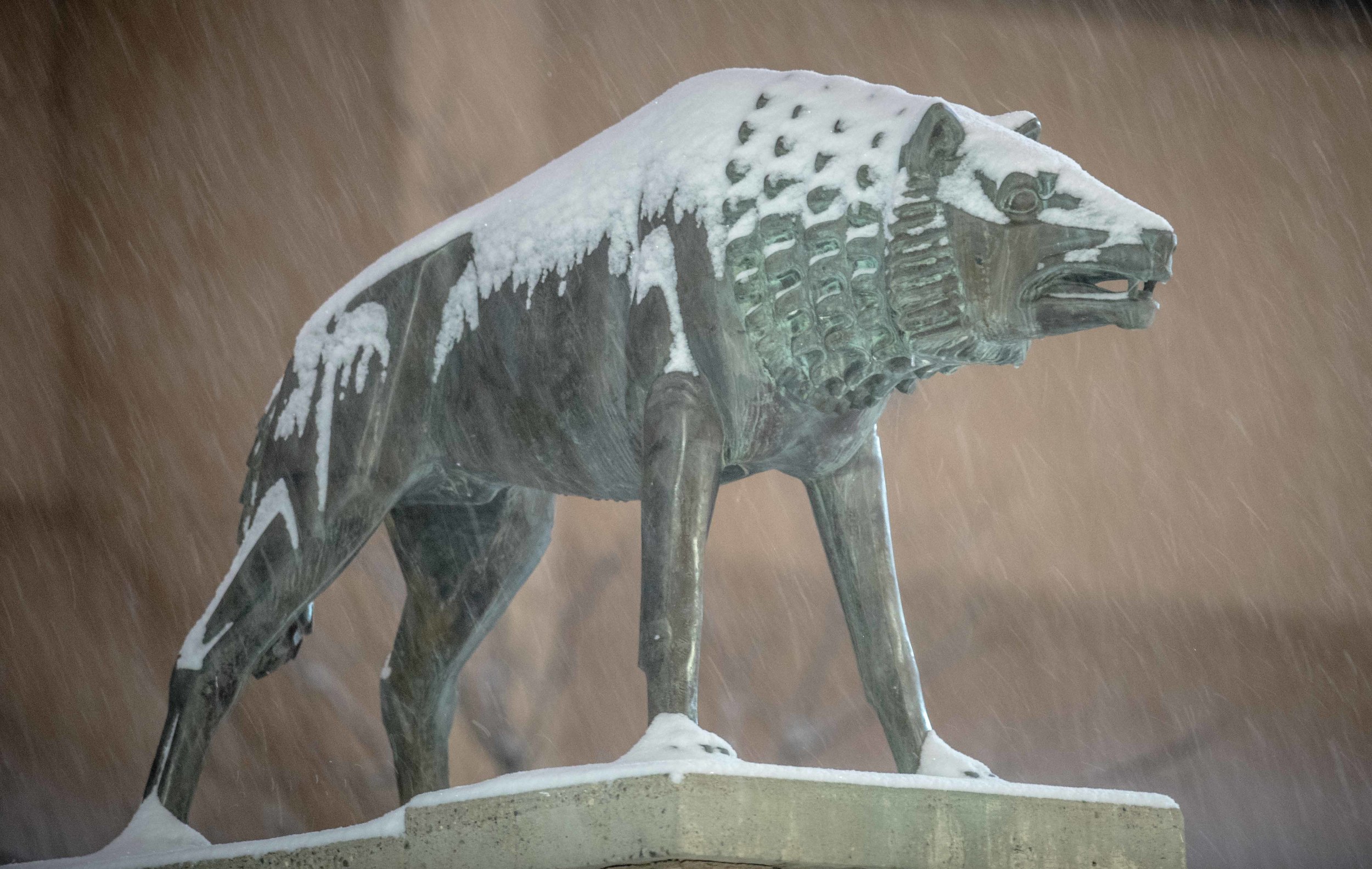

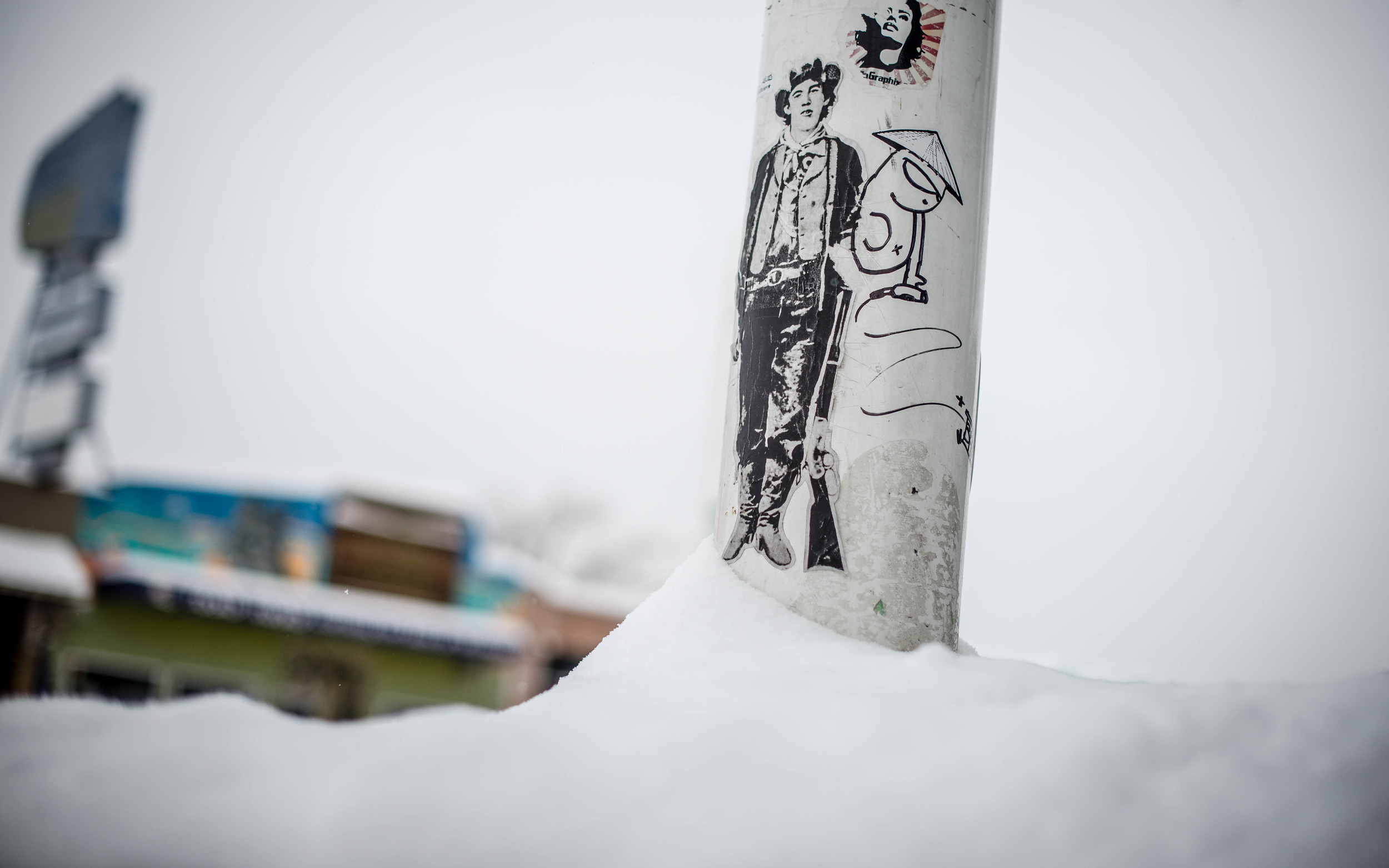

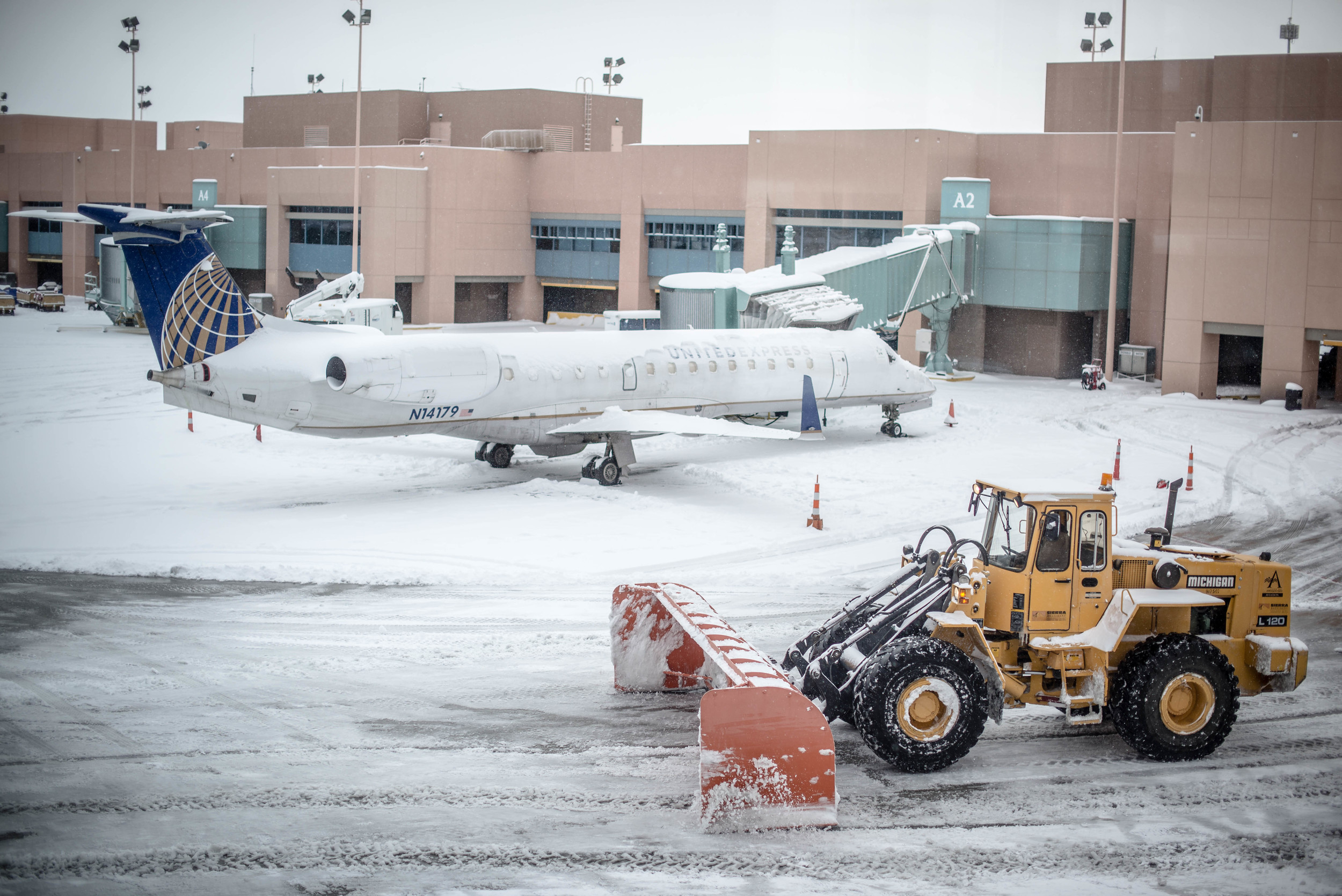


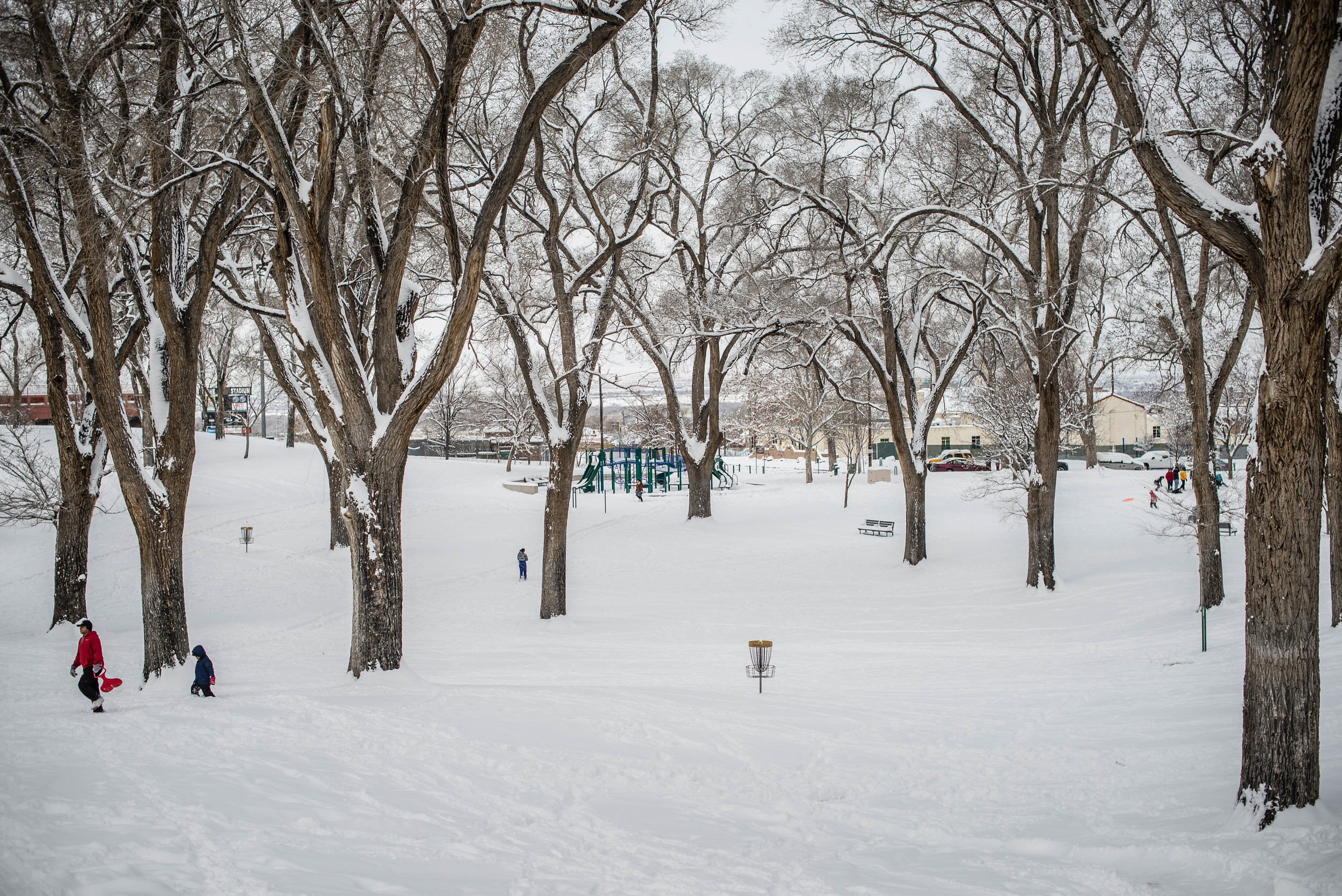

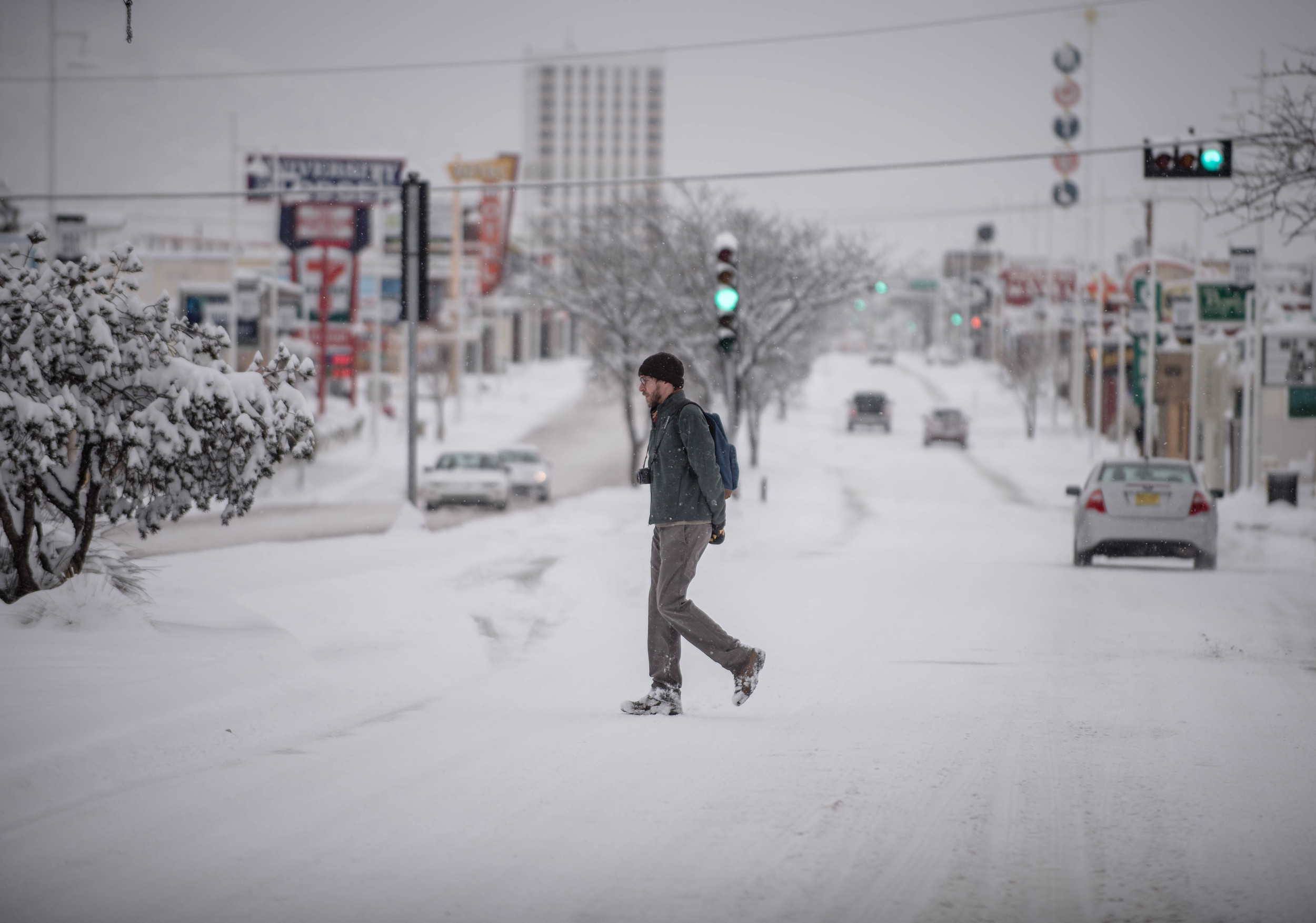
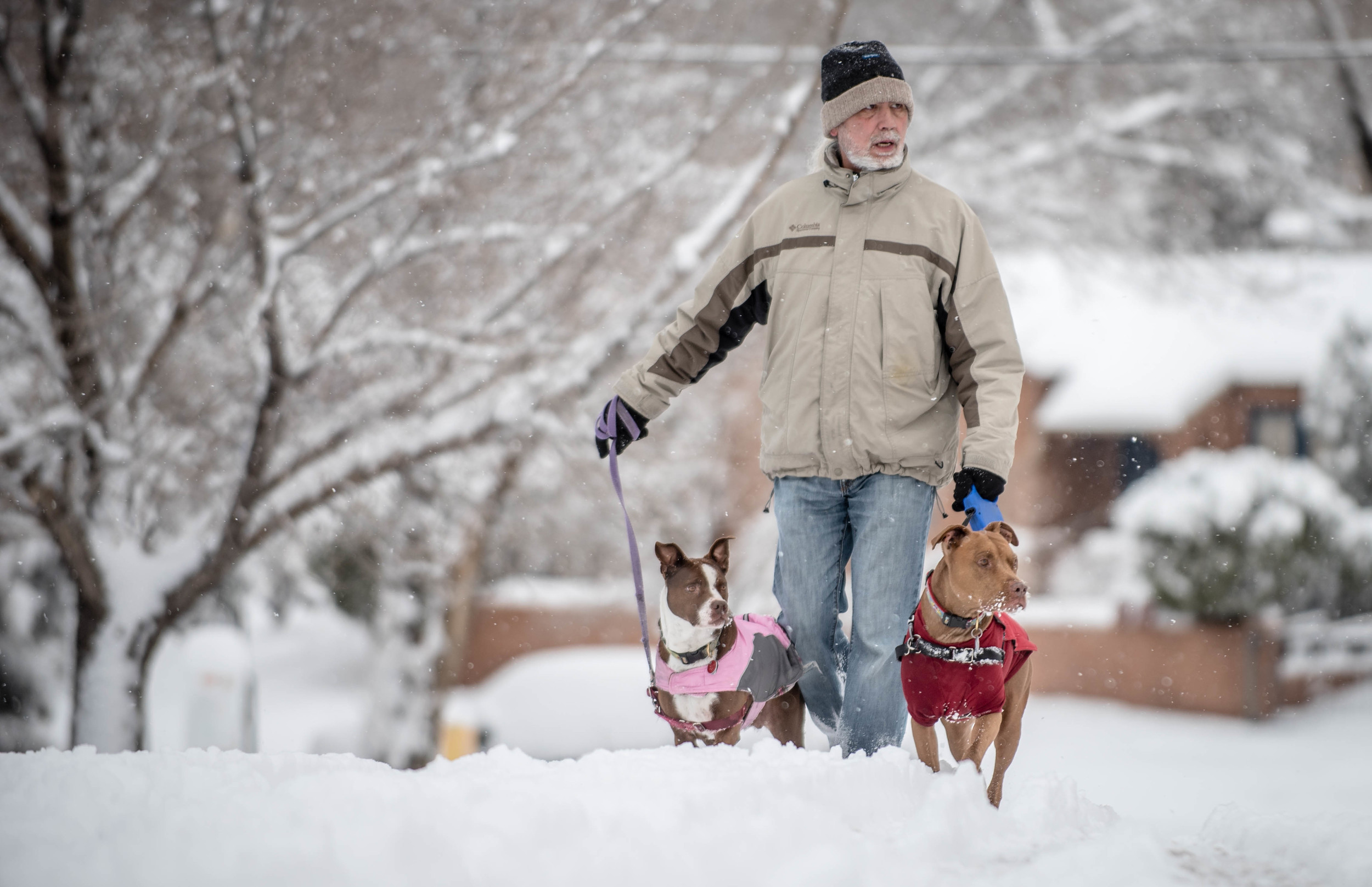

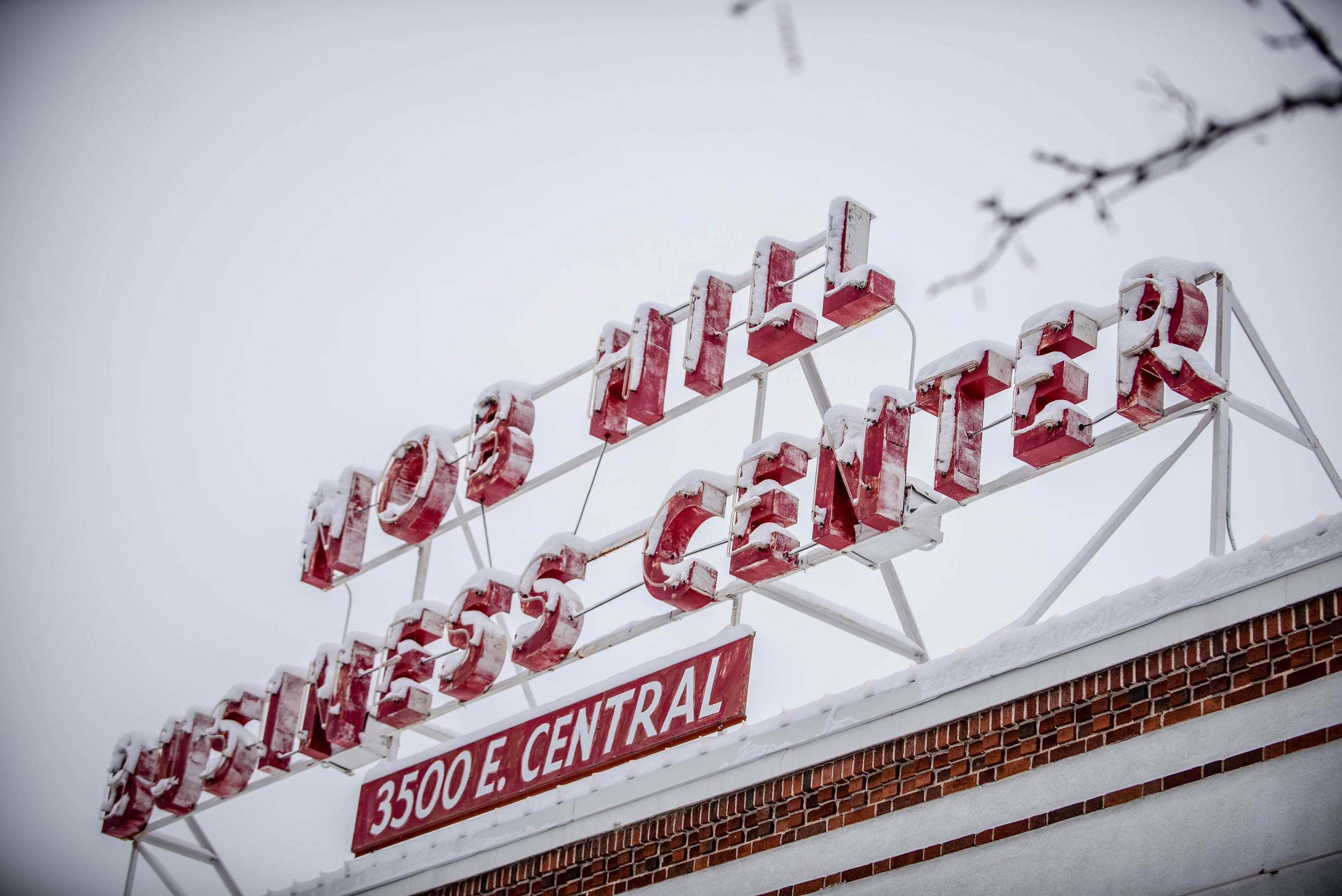
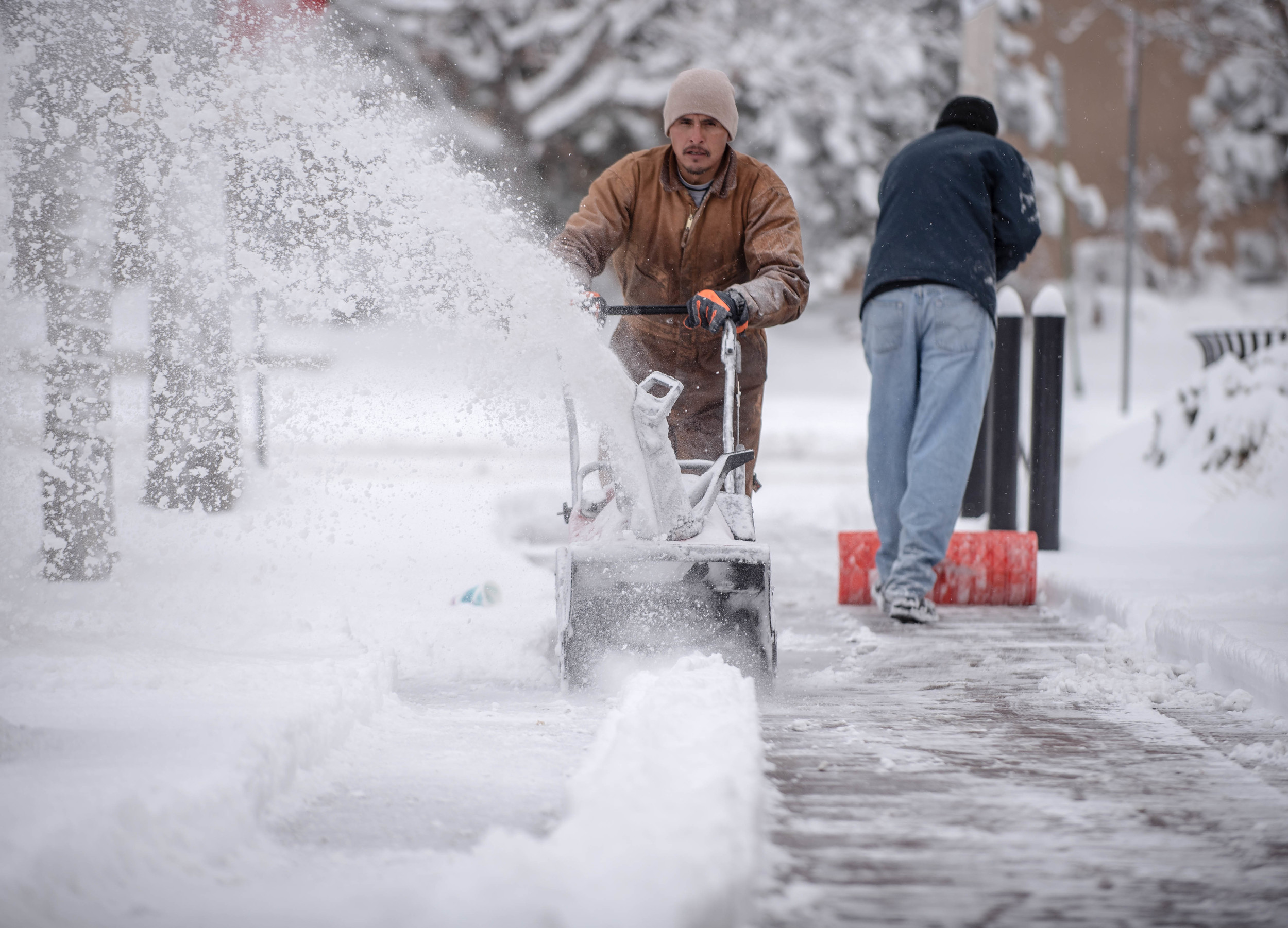
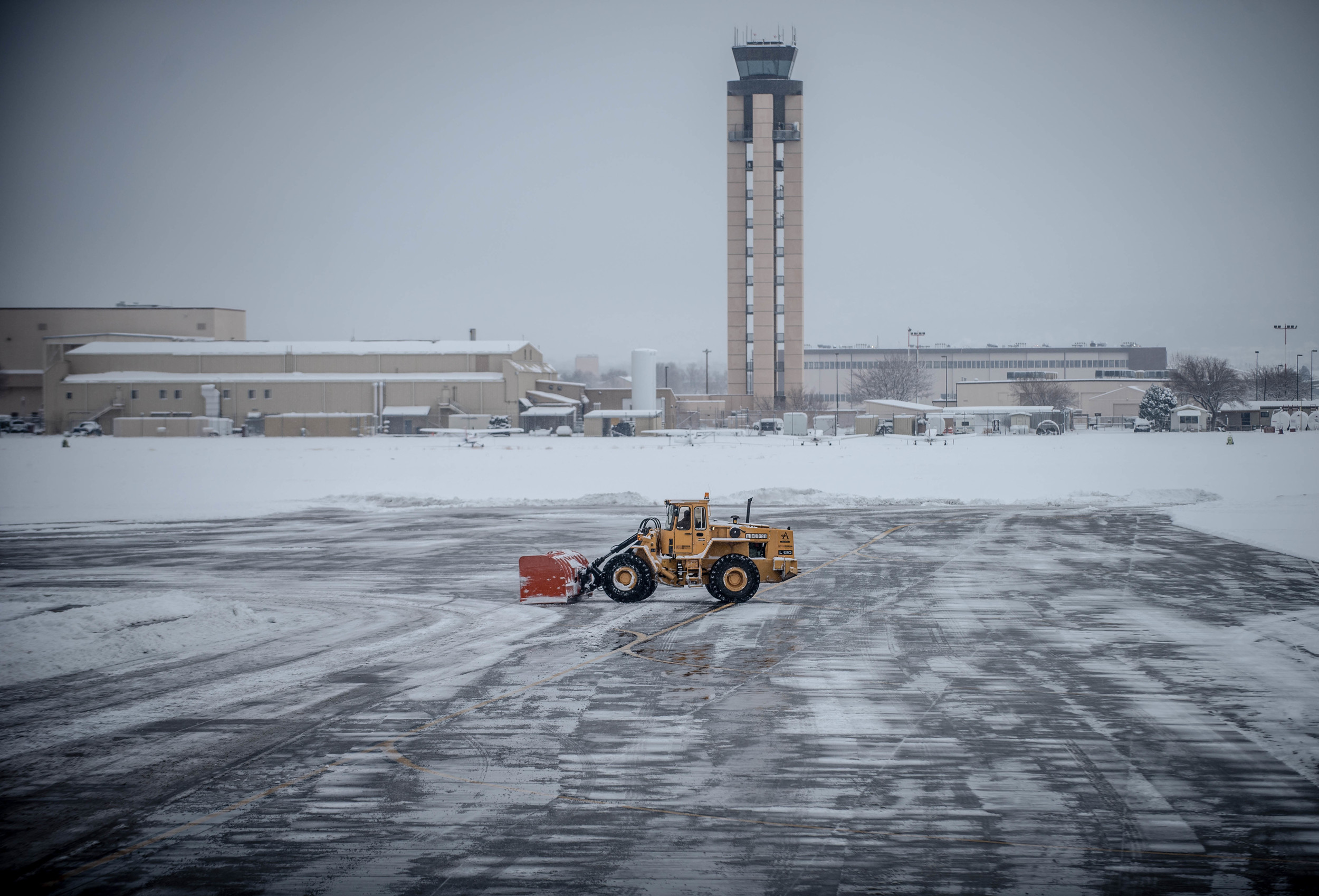
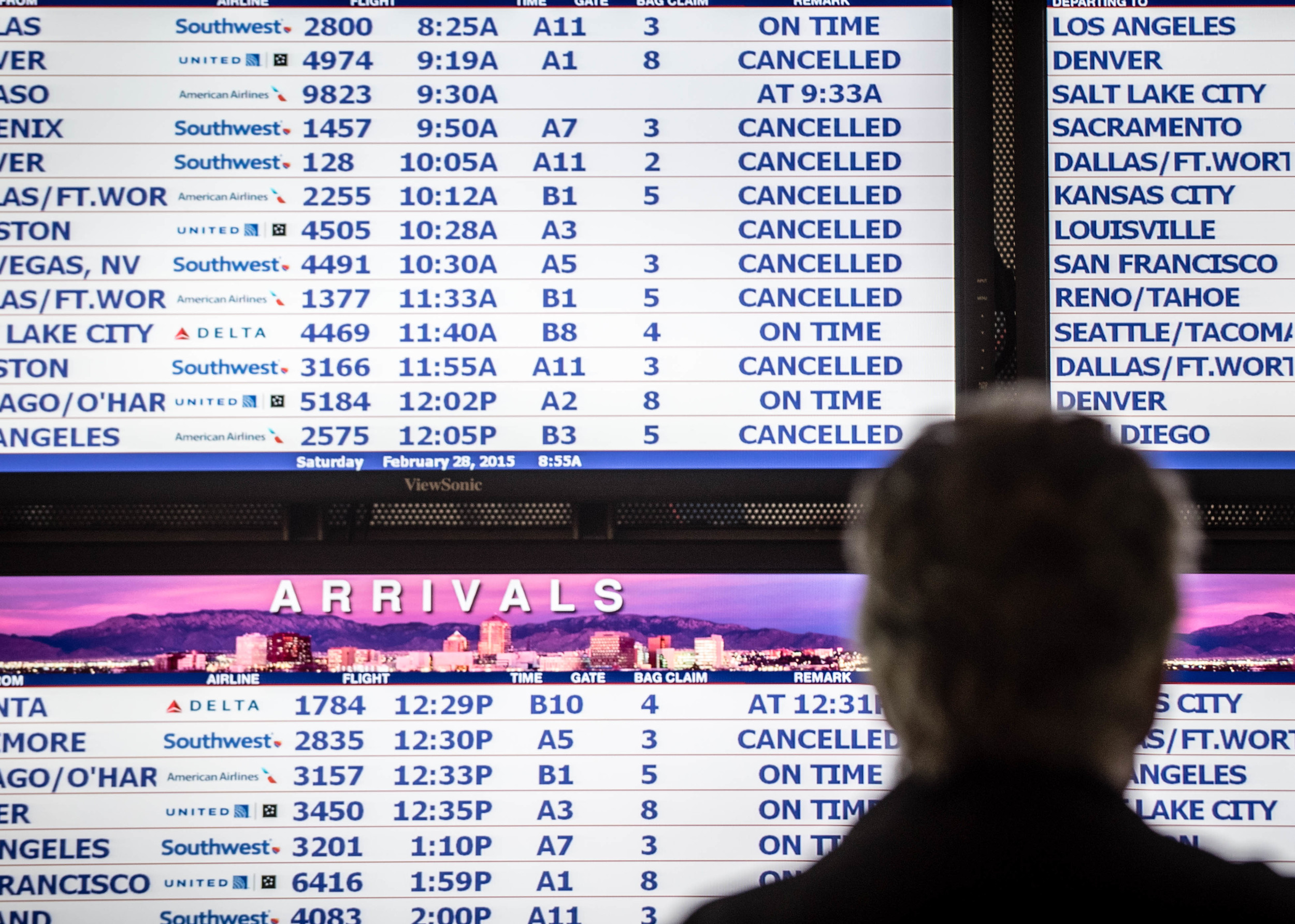
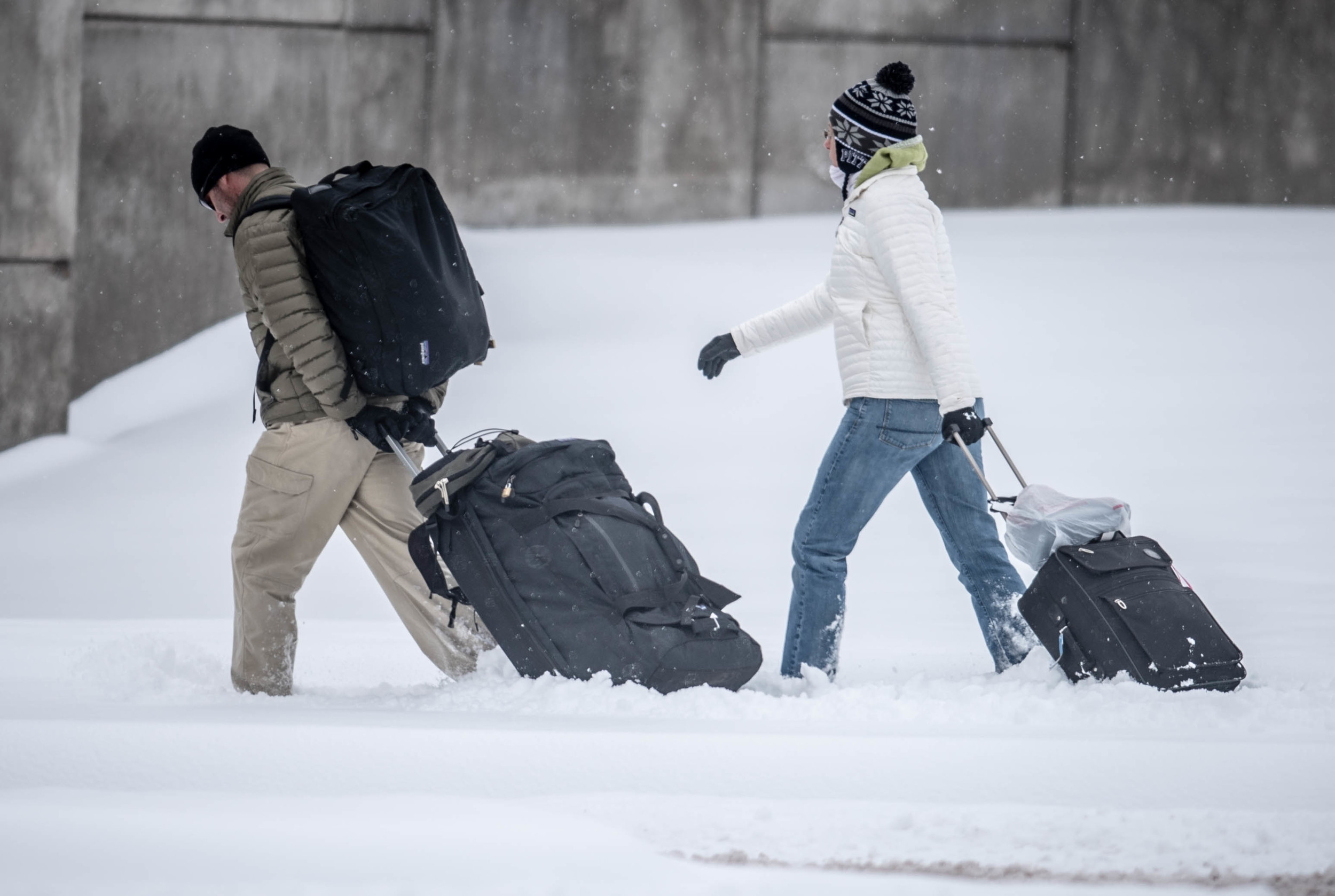
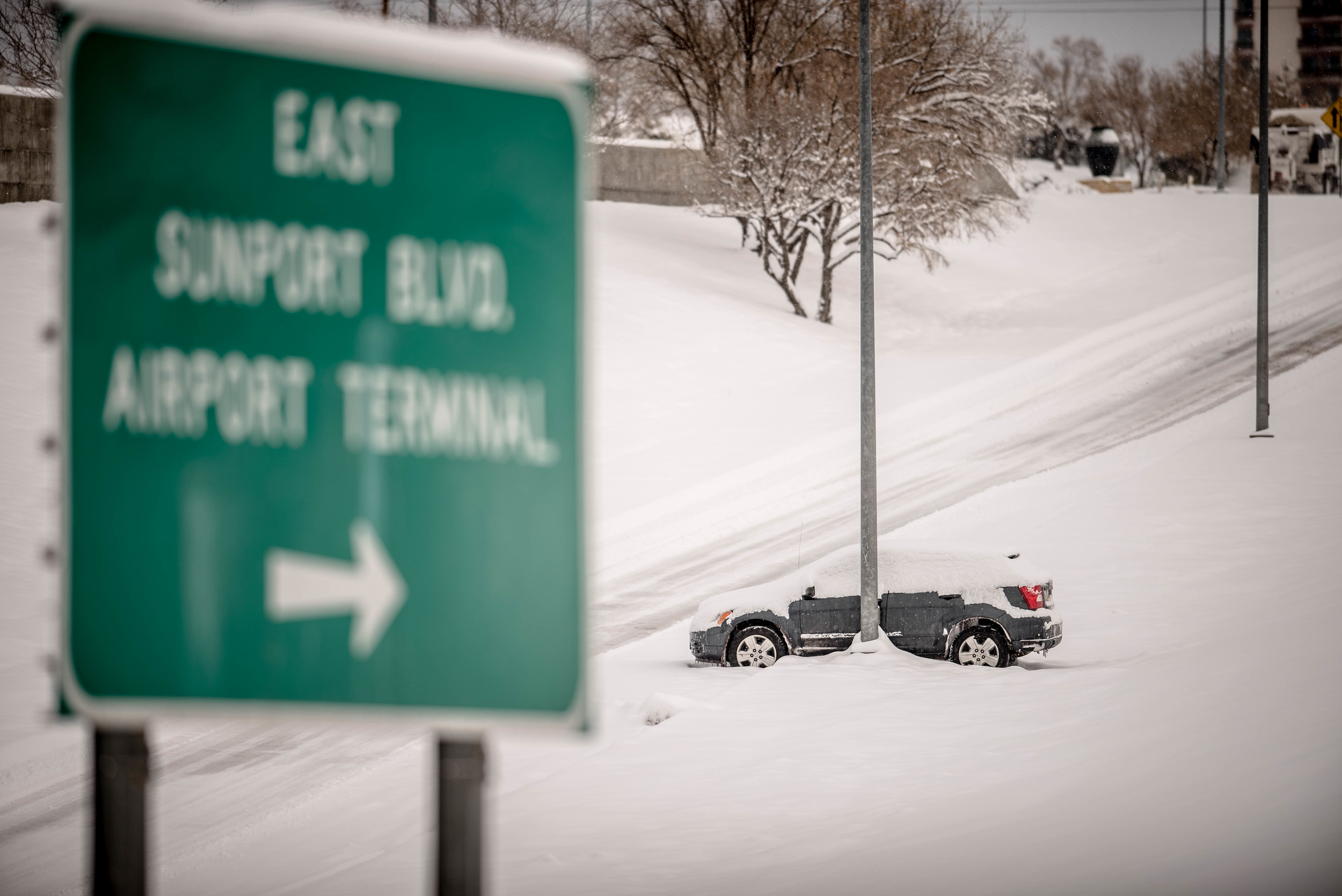

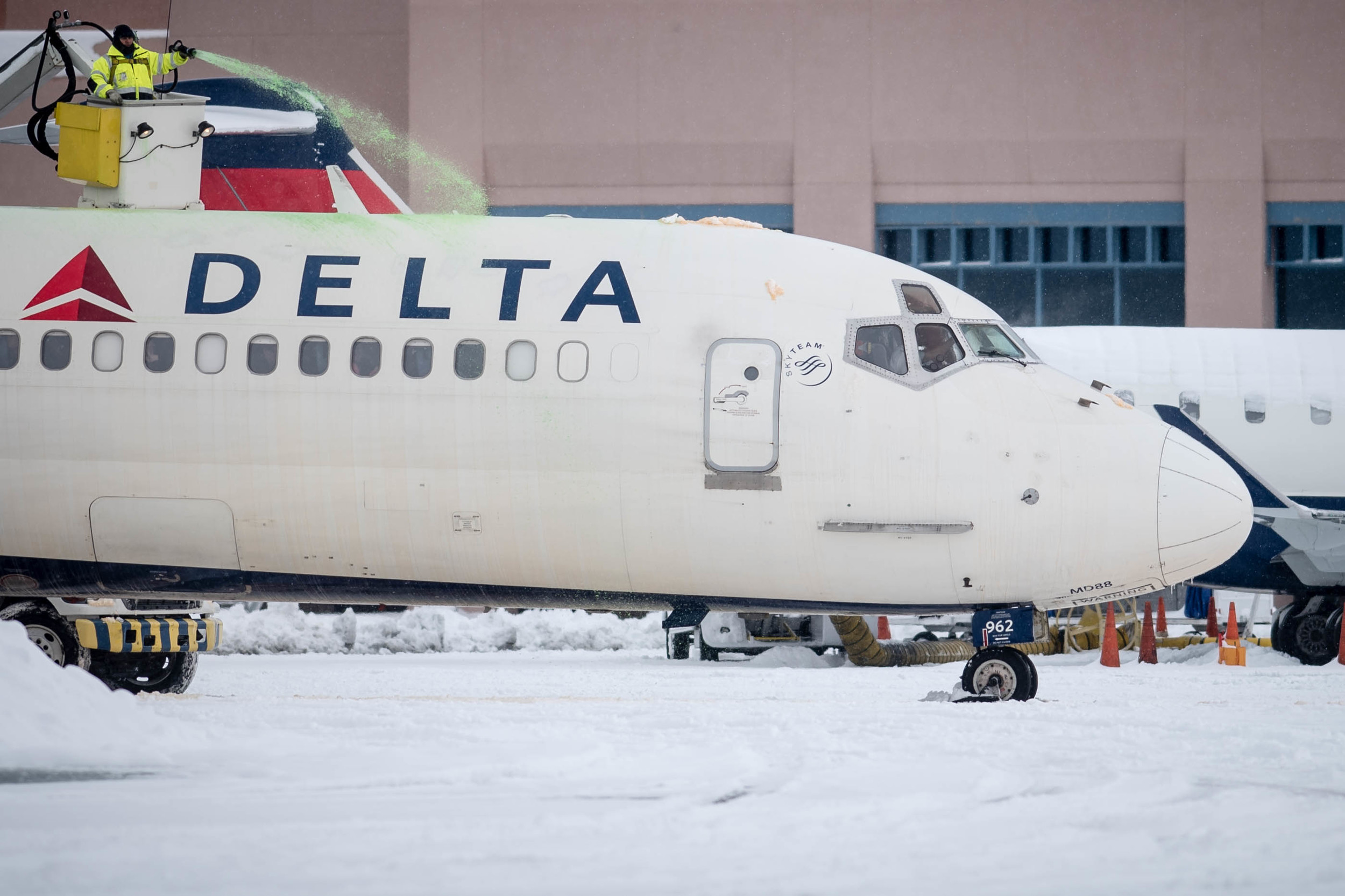


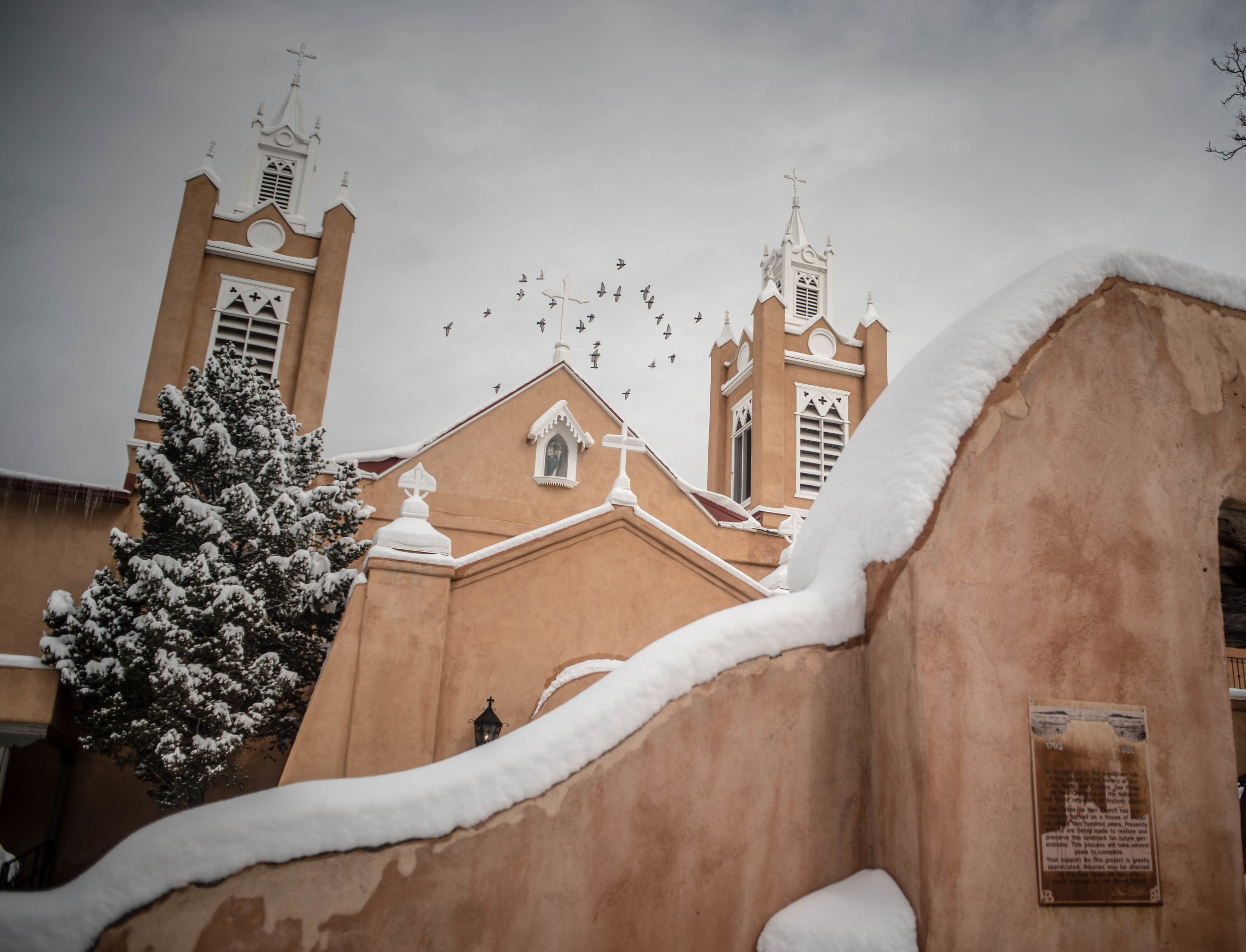
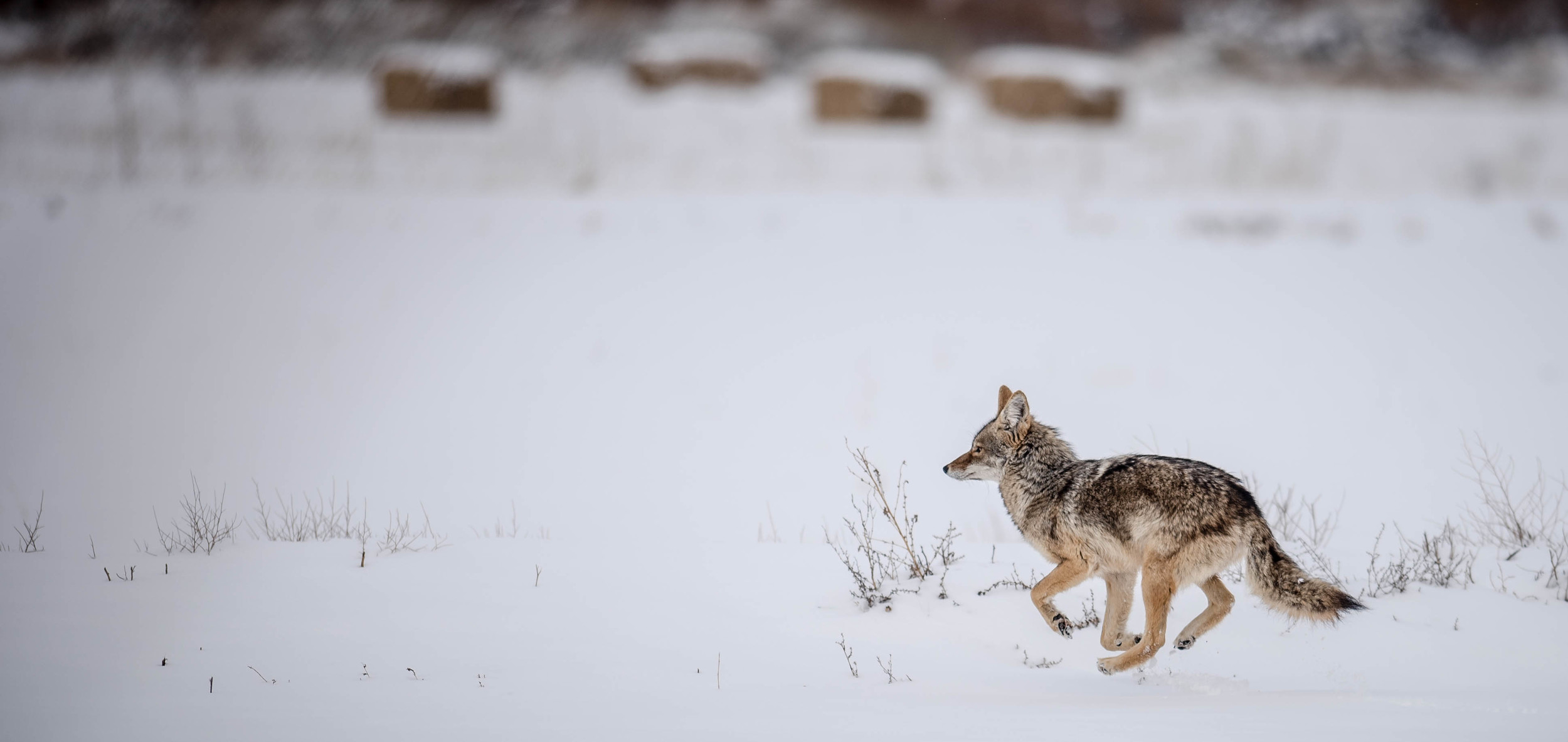


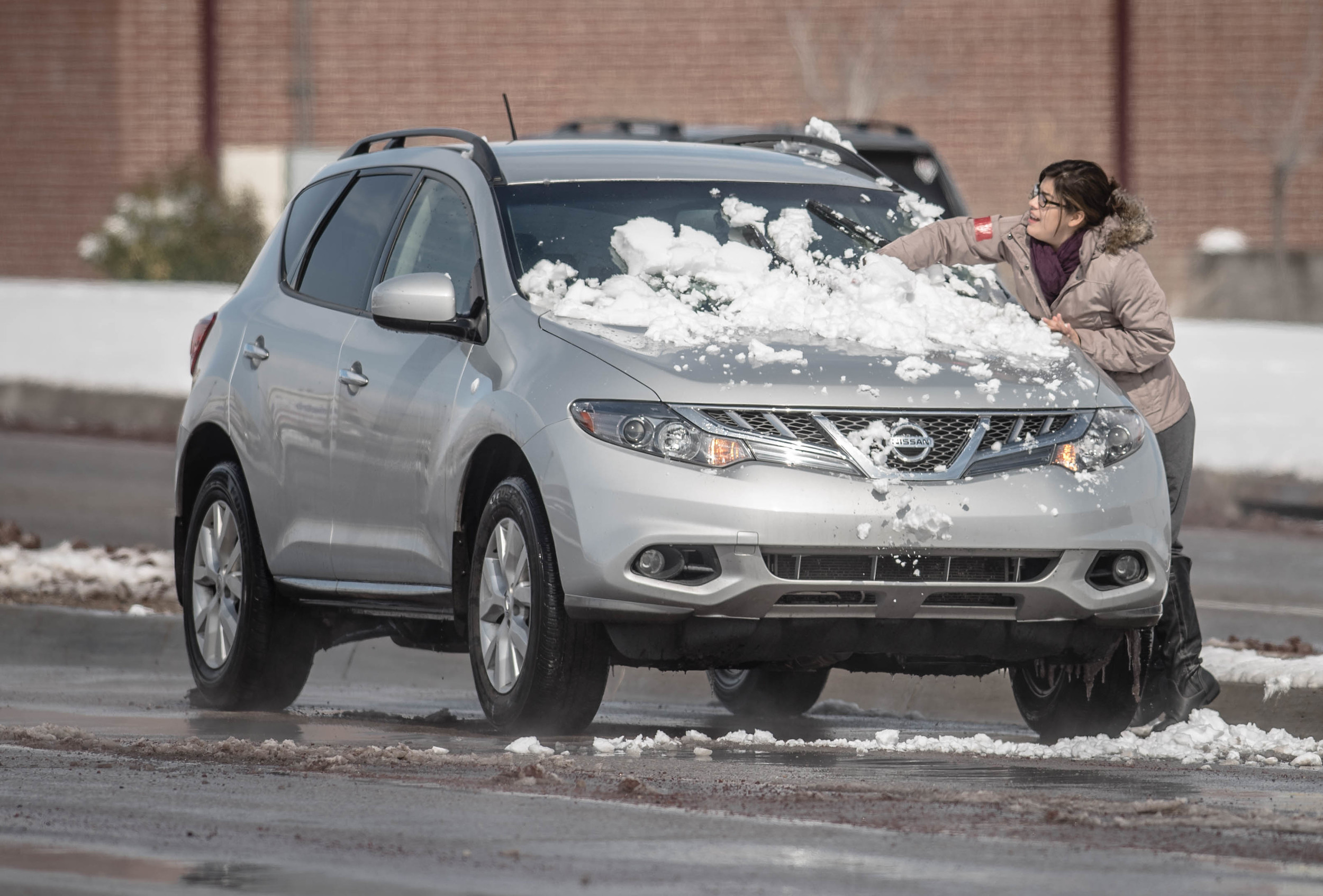
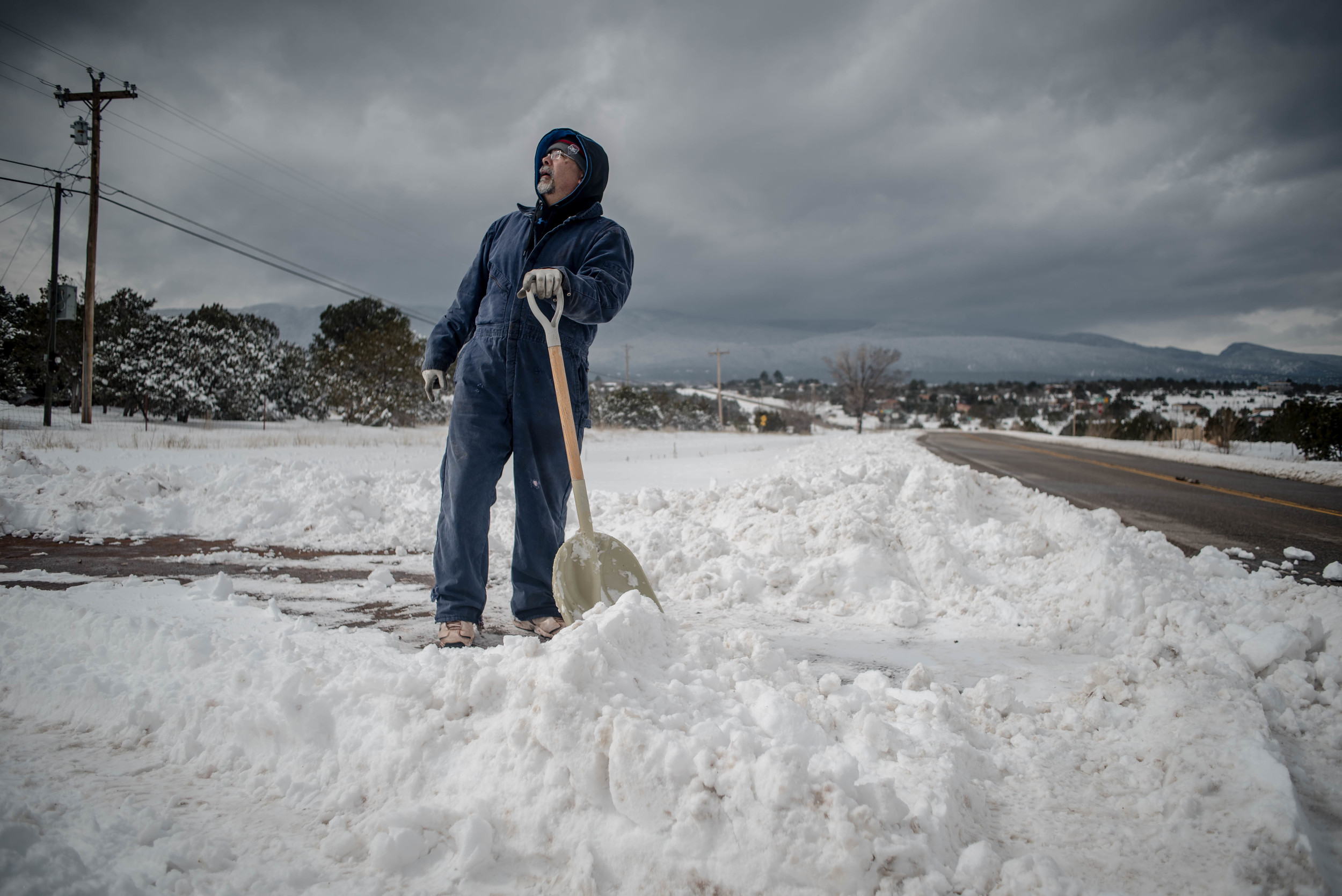

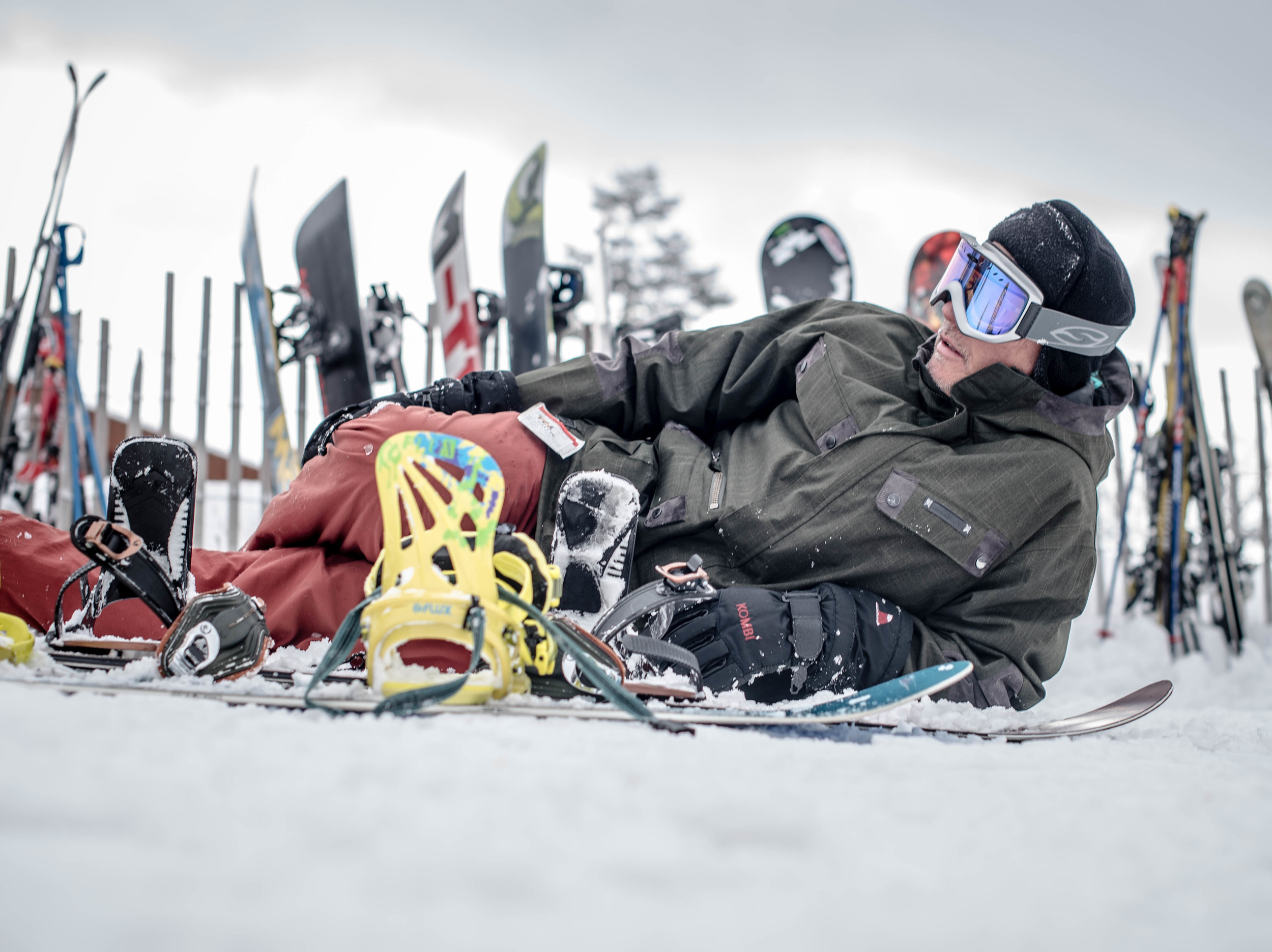

Albuquerque Flash Flood
Record rain fell in Albuquerque in a matter of an hour.
Two drivers had to be rescued by Albuquerque firefighters when their car flooded in the downtown area.
The scene in downtown Albuquerque after record rain fell in an hour.
Memorial Day 2014
Alfred Newman, Navajo Code Talker
Thank you from one Marine to another
reenactor from WWII
Rodeo revival: Cultural heritage brought to life
Hundreds of kids and their parents flocked to the first youth rodeo of the season Saturday put on by the First Impression Rodeo Club for a day full of mutton busting, bull riding and roping in Albuquerque’s South Valley.
About 100 children, from ages 1 to 18, are competing in the two-day event that continues today, traveling from as far as Silver City, Tucumcari and Santa Fe. Kids could do everything from barrel racing to breakaway roping, according to the hosting club’s marketing director Laura Chavez.
Thirteen-year-old Cheyenne Gonzales-Dodson was crowned rodeo queen after completing a formal dress and interview process, and answering questions about horse anatomy and medicine, Chavez said.
“The rodeo is a dying sport, so what we’re trying to do here … is to charge lower fees and get more people out here; it’s a cultural heritage,” Chavez said. The youth rodeo is free to attend.
Chavez also said it’s important to keep kids active and outdoors.
“We want them to get away from the video games and television; we want them to come out and have a good time,” she said. “It’s all about the kids.”
The rodeo is taking place at 7001 Coors SW.
Ruling could provide funds to clean up uranium sites
By Olivier Uyttebrouck / Journal Staff Writer
PUBLISHED: Sunday, February 23, 2014 at 12:05 am
James Smith, 70, surveys five former Kerr-McGee uranium mine sites near his home in Cove, Ariz., where Smith, his three brothers, and hundreds of other Navajos tunneled into the rugged Lukachukai Mountains. Radioactive material hauled from the mines remains piled in populated areas of Cove while officials decide how to dispose of abandoned mine waste. (Roberto E. Rosales/Albuquerque Journal)
Copyright © 2014 Albuquerque Journal
CHURCHROCK – Decades of uranium mining during the Cold War have transformed Annie Benally’s life-long home on the Navajo Nation into a moonscape of giant earthen piles contaminated by radioactive dirt and rock pulled up from deep shafts.
Evidence of past efforts to remediate contamination pock the landscape along Redwater Pond Road near Churchrock, where Kerr-McGee Corp. and United Nuclear Corp. operated two of the nation’s largest uranium mines in the 1970s and 1980s.
Navajo Nation officials say they are hopeful that a ruling handed down in December by a New York judge will provide up to $2.4 billion to clean up the former Churchrock Quivira mine and 48 other abandoned uranium mines once operated by Kerr-McGee Corp. in New Mexico and Arizona.
In his ruling, the judge found that Kerr-McGee had fraudulently shifted its liabilities to another company to make Kerr-McGee a more valuable to a buyer.
The judgment would also provide funds to clean up the Shiprock Mill, a massive uranium processing site in Shiprock.
Benally said years of patchwork efforts to fix uranium contamination at Churchrock mine sites have made her and her neighbors skeptical that a lasting solution is forthcoming.
Current plans call for Redwater Pond Road residents to move from the area in 2018 while contamination at one of the two giant mine sites is moved off site.
Annie Benally, a resident of the Redwater Pond Community north of Churchrock, stands in front of the abandoned Churchrock Quivira mine, where a pile containing an estimated 100,000 cubic yards of mine waste looms over homes in the Navajo community. (Roberto E. Rosales/Albuquerque Journal)
“I don’t think it’s ever going to happen,” said Benally, a member of the Redwater Pond Community Association. “They do a little bit at a time. They just keep playing with us.”
Benally points to a gravel road made of tons of discarded uranium ore. Two years ago, a private company tried to clean up the contamination.
“They anticipated they were going to take two or three feet of waste, but they kept digging and digging and digging pretty soon we had a big ditch,” she said. “It was all contaminated.”
Benally and her neighbors believe the dust that blows off the huge piles of radioactive material left from more than a decade of mining activity in the 1970s and 1980s is causing health problems for residents and their children.
Billions at stake
On Dec. 12, U.S. Bankruptcy Judge Allan Gropper of the Southern District of New York ruled that Anadarko Petroleum Corp., the parent company of Kerr-McGee Corp., owes damages ranging from $5.2 billion to $14.2 billion to the Navajo Nation, at least a dozen states and other claimants across the U.S. stuck with environmentally damaged sites.
The U.S. Department of Justice estimates the Navajo Nation’s share of the judgment at between $880 million and $2.4 billion.
“A billion dollars would help,” said Dave Taylor, an attorney and uranium specialist for the Navajo Nation’s Department of Justice. “It would really get us off the ground.”
A lack of funding has for decades stalled the reclamation of abandoned uranium mines and mills that shed radioactive waste into the environment, he said.
About 20 percent of the final settlement amount will be paid to the U.S. Environmental Protection Agency to pay for cleanup at 50 former Kerr-McGee sites in New Mexico and Arizona, including the Shiprock Mill, Taylor said.
The precise amount of the settlement will be determined by ongoing litigation in the bankruptcy case.
Anadarko Petroleum did not respond to requests for comment this week. The company has said it contests Gropper’s ruling and plans to appeal.
John Hueston, a Los Angeles attorney who represents the Navajo Nation and other claimants, said he expects litigation to continue for at least a year.
“I can say on behalf of the beneficiaries that they are willing to stand and fight because of what’s at stake and because of the size of the victory,” Hueston said in a phone interview.
The scope of Kerr-McGee’s uranium operations on the Navajo Nation offers a variety of monumental cleanup challenges.
The U.S. Department of Energy operates this evaporation pond just south of the former Shiprock Mill to prevent uranium contaminated water from seeping into groundwater. The iconic Shiprock looms in the background. (Roberto E. Rosales/Albuquerque Journal)
Kerr-McGee processed uranium ore at its massive Shiprock Mill, where a 1.5 million-ton tailings pile looms over the San Juan River, within a few miles of Shiprock’s 8,000 residents.
And about 40 miles southwest of Shiprock, near Cove, Ariz., miners tunneled more than two-dozen Kerr-McGee mines into the rugged Lucachukai Mountains, some in areas so remote that access by vehicle is difficult and dangerous.
Overburden from the mines was trucked into the valley where today it forms huge piles in the Cove community.
Alberta Tsosie, whose father died at age 45 after working in the mines, contends that water from the mines flows into the valley, poisoning livestock and wildlife.
Absent from the list of Kerr-McGee claimants is the state of New Mexico, Heuston said. He does not know if New Mexico tried to file a claim in the bankruptcy.
Kerr-McGee operated uranium mining and milling operations at Ambrosia Lake near Grants from the late 1950s until 1988, according to a corporate prospectus. Activists say they urged state officials in 2009 to file a claim in the bankruptcy to seek funding for remediation at the site.
Bill Brancard, general council for Energy Minerals and Natural Resources Department, said that Rio Algom became the owner of the Ambrosia Lake operations when it purchased the Quivira Mining Corp. from Kerr-McGee in 1989. State officials determined that “there were no significant liabilities out there associated with Kerr-McGee under our laws,” Brancard said Friday.
U.S.: Company committed fraud
The New York bankruptcy case centers on a chemical company called Tronox Inc., which was spun off by Kerr-McGee Corp. in 2005.
In 2006, Kerr-McGee was acquired by Anadarko Petroleum.
Tronox Inc. filed for bankruptcy in January 2009. As part of the bankruptcy proceedings, Tronox and the U.S. Department of Justice filed suit against Kerr-McGee.
The lawsuit alleged that Kerr-McGee fraudulently transferred to Tronox billions of dollars of environmental liabilities to increase Kerr-McGee’s value to Anadarko.
In his ruling, Gropper agreed that Kerr-McGee’s actions were fraudulent and left Tronox insolvent.
“Kerr-McGee was trying to cleanse their crown jewel assets – the oil and gas assets – of all the environmental liabilities, which made Kerr-McGee an unattractive acquisition up to that point,” Hueston said.
The 50 Navajo Nation sites included in the Tronox settlement include the Shiprock Mill site, which contains an estimated 1.5 million tons of tailings left by the processing of uranium ore, Taylor said. The remaining sites are abandoned uranium mines.
The sites included in the Tronox settlement comprise only a fraction of the estimated 521 abandoned uranium mines scattered across the Navajo Nation in New Mexico, Arizona, and southern Utah, he said.
Cora Perry with her one year old Malichi Bryan walking in her front yard which sits next to the former site of a mill in Shiprock. (Roberto E. Rosales/Albuquerque Journal)
Cleanup scope unknown
The scope and cost of the cleanup will depend on the volume of material found at the sites, which remains largely undetermined, Taylor said.
“You never know what the final volume is until you get out there and start digging almost,” he said.
A five-year plan completed last year provided an “initial rough survey” of abandoned uranium mines in Navajo country, with some estimates about the amount of material they contain, he said.
“The fact of the matter is, we’re still pretty clueless what the total volume of contaminated materials is in Navajo Indian country,” Taylor said. “The biggest problem we have out here is trying to get a grasp on the volume, because volume drives cost.”
Before cleanups can begin, officials first must characterize the sites, which will require years of work, Taylor said.
“You can’t jump in and start digging dirt anywhere,” Taylor said. Even if funds were available tomorrow, he said, “it will be several years before the cleanups on those sites really will get into gear.”
The EPA, the Navajo Nation, and corporations have performed some remediation at several sites. The Churchrock Quivira Mine site is further along than any of the Tronox sites, Taylor said. “Even there, there has been no final decision about what the remedy will be,” he said.
But Taylor said the Navajo Nation and the EPA believe that a final settlement in the Tronox case will allow sites to be fully cleaned up.
“Planning is not going to consume all that money,” he said. “We’re going to clean up sites and get them completed if we get that money.”
The Tronox sites include 11 mines in the nation’s Eastern Agency, located northwest of Grants, he said.
The Eastern Agency sites include the Churchrock Quivira mine, located about 15 miles northeast of Gallup, which contains about 100,000 cubic yards of contaminated material, Taylor said.
The remaining 38 mines are located in the Navajo Nation’s Northern Agency, which straddles the Arizona-New Mexico border. Of those, 10 mines lie in New Mexico and 28 in Arizona, including the Cove area mines, he said.
Juárez on the rebound
By Lauren Villagran / Journal Staff Writer - Las Cruces Bureau
PUBLISHED: Sunday, March 9, 2014 at 12:05 am
With violence dropping, Ciudad Juárez is beginning to see a return of visitors to the city and its attractions, including this statue of the famous Mexican comedian Tin-Tan, who began his career in the city. (Roberto E. Rosales/Albuquerque Journal)
CIUDAD JUÃREZ – This border city, forced to its knees for so long by drug violence, is slowly getting back on its feet.
Once famed for its nightlife and frequented by Hollywood stars – and more recently demonized as the world’s deadliest city – Ciudad Juárez is struggling to remake its image to its residents and the world.
Pedestrians on a new plaza in front of the Museum of the Revolution in Ciudad Juárez. Vehicle traffic once clogged this area but was redirected in an effort to make it more appealing to pedestrians. (Roberto E. Rosales/Albuquerque Journal)
The city’s modest revival can be seen in the remodeling of storefronts downtown, along a newly created pedestrian avenue in the historic center, at the packed outdoor markets where locals shop for trendy clothes, in the crowds lounging around the city’s historic plaza on a sunny weekday morning.
Mayor Enrique Serrano says the city government has secured more than $225 million from the Mexican federal government for redevelopment projects to remake key areas of the city, most notably a planned rehabilitation of the shabby historic downtown, but also a new convention center and a hospital, road repairs, new street lamps, public pools and neighborhood parks, and a new rapid transit bus line.
Ciudad Juárez Mayor Enrique Serrano greets resident Julio Salazar during a news conference at which officials gave away 5-gallon buckets of paint for residents to use for neighborhood improvements. (Roberto E. Rosales/Albuquerque Journal)
Serrano finishes a sentence: The plans sound so ambitious “as if it was a lie.” Or as if the city now hopes to do all it could not do during the worst years of shootouts and massacres.
Changing how people see the city “is a question of time and work,” Serrano said.
He writes off public relations campaigns as creating “false expectations” but says he wants people to know the city is enjoying “relative calm, so that people come back, the Americans from Albuquerque who came to our restaurants, to our nightlife, to our markets.”
War and peace
Murders have dropped dramatically in a city known up until recently as the world’s most violent.
2010: 3,075
2011: 1,947
2012: 749
2013: 483
The traditional flow of visitors to Ciudad Juárez from New Mexico – of families traveling to reunite with relatives, of party-going college students looking for a good time, of tourists curious for a taste of Mexico so close to the U.S. – all but stopped as Mexico’s drug war heated up in 2006 and the city became a violent focal point.
In a three-year period through 2010, during which criminal organizations battled for control of this key entry point to the lucrative U.S. drug market, more than 10,000 people were killed in Juárez, according to Chihuahua state statistics. Widespread extortion and kidnapping financed a bloody turf war and drove tens of thousands of residents out of the city, many to towns in New Mexico and Texas.
Then, the mayhem began to subside.
Emiliano Varela releases a pigeon tangled in a piece of rope. Varela works as a portrait photographer in a plaza near the Juárez Cathedral. (Roberto E. Rosales/Albuquerque Journal)
Homicides dropped to under 500 last year from more than 3,000 in 2010 – a rate now comparable to some U.S. cities. Other crime indicators like kidnapping and extortion have plummeted.
Gateway to Mexico
Things have gotten good enough that the new city government plans an ambitious makeover of the historic downtown and a popular entertainment district known as the Pronaf, while the tourism department plans to hawk the news of Juárez’s recovery from El Paso to Santa Fe and Albuquerque, despite the mayor’s stated disinterest in marketing campaigns. A tourism outpost is planned for the El Paso Saddleblanket store on I-10.
“The objective is to transform the gateways to Ciudad Juárez, which are also the gateways to Mexico,” said Adrian Gonzalez Jaimes, secretary of tourism for the city. “The project downtown is about that, to help its resurgence and revival. It takes time.”
Not long ago, this area was very congested with traffic running from north to south making it very difficult for pedestrians to get around this historic neighborhood. (Roberto E. Rosales/Albuquerque Journal)
The city may still have a long way to go, but its residents – and an adventurous few tourists – have returned to its markets and bars, malls and museums. That’s in part thanks to the success of the city’s first effort: convincing residents to shed their fears and return to their normal lives.
The city circulated a video last fall meant to rekindle residents’ pride in themselves and their troubled border city. The video – which opens with hard-working Juárenses rising at dawn and shows all the best aspects of the city’s industry and culture – made the rounds of social media.
“What happened in Juárez – no one was ready for that,” said Gonzalez Jaimes. “But I can tell you that today there are many more good things than the bad we had during that time. We have been working to raise consciousness with our people and the result is this: We have commercial corridors that are totally full on weekends. The nightlife that had basically stopped is back.”
Signs of life
Rich Wright, an El Paso-based writer, began advertising walking tours to Juárez a few months ago.
About his ad, he said, “I thought, ‘This will be a performance art piece.’ I was amazed when someone called.”
He has guided a handful of people on tours of Juárez’s history and its bars and says he is skeptical of the city’s urban renewal plans – of its ability to follow through and its commitment to preserving the city’s historical areas.
With the violence going down, some visitors are coming back to the city and that means a chance to shop in the Cuahtemoc Market for items such as medicinal herbs. (Roberto E. Rosales/Albuquerque Journal)
A seedy downtown district known as the Mariscal, famed for its bars and brothels, has been torn down. On a recent walk, Wright pointed to a small, newly paved square ringed by abandoned, half-demolished buildings – where there is no sign yet of new construction.
A few streets over, a different remodeling project offers a bright spot.
“You can no longer compare (Juárez today) with the turbulence, the chaos,” Carlos Rocha, an attendant at the Museum of the Revolution at the Border, says of the recovery.
Housed in the stately former Mexican customs building and remodeled in 2011, the white-walled galleries feature memorabilia of the life and times of Mexico’s revolutionaries, especially Pancho Villa. On Sundays, the museum hosts puppet shows for children.
On the newly paved pedestrian walkway of Avenida 16 de Septiembre, Joel Alberto Rivera manned a cart loaded with jugs of agua fresca – drinks of pineapple, cantaloupe and milky horchata. The city is building tunnels to push vehicles below ground in the congested downtown. People now stroll the wide avenue in peace.
“It’s just a few,” Rivera said, “but now you are starting to see tourists.”
Whitehorse Lake sees flowing water at last
Chee Smith Jr., chapter president at Whitehorse Lake on the Navajo Nation, tests a new water line extended last month to the home he shares with his father in the remote, water-starved community. (Roberto E. Rosales/Albuquerque Journal
By John Fleck/Albuquerque Journal Staff Writer
WHITEHORSE LAKE – Chee Smith Jr. may have hauled his last water.
Outside his trim yellow home near the eastern edge of the Navajo Nation, a line of blue stakes marks the path of a water pipe leading to a spigot that now pokes through the dry dirt behind his house.
Smith flipped the handle to demonstrate the water’s flow, but turned it off quickly. Water here, even when it comes in a pipe rather than being hauled in the bed of a pickup, is not a thing to waste. “Water is gold out here,” Smith explained. “It’s our life.”
A bowl of water and hand soap are fixtures in homes like those of 87-year-old Chee Smith Sr. at Whitehorse Lake, where indoor plumbing is arriving for the first time in the Navajo Nation community. (Roberto E. Rosales/Albuquerque Journal)
Inside the house, a sink and toilet await the final hookup that will bring a clean water supply and indoor plumbing to what might be one of the most water-starved regions in the United States.
Every home in this sparse community at the foot of Tse’ Yi’ Gai – White Mesa – has an outhouse, a basketball hoop, and the water tanks, barrels and buckets that accompany a life without running water.
The buckets are for the relatively short drive to the Whitehorse Lake chapter house, where they’re filled with safely drinkable water. For a dollar, community members can take a shower there, too. It’s a longer drive to one of the windmill-fed stock tanks to fill the 50-gallon barrels Smith uses to haul water for his family’s six goats and the two trees outside the house. “We haul it daily,” Smith said.
The network of blue stakes leading outward from the big new water tank at the foot of the mesa is a signal of change. In November 2012, 24 Whitehorse Lake homes were connected to the newly arriving water lines. Last month, the home Smith shares with his 87-year-old father, Chee Smith Sr., was among the next 21 homes to be connected, with the final plumbing now underway to connect the indoor plumbing to the water lines and newly dug septic systems carved into the hard desert earth behind each house.
“Once they hook up, they don’t have to haul any more,” the younger Smith said.
Smith, the 51-year-old president of the Navajo Nation’s Whitehorse Chapter (something like a mayor, Smith explained) left the community as a young man, earning an engineering degree from Brigham Young University and working in Tucson for eight years after college before returning. “I came back to help my community,” he said.
Lack of indoor plumbing and the need to haul water by pickup truck are common on the Navajo Reservation. But even by Navajo standards, Whitehorse Lake and the other communities along the nation’s eastern fringe are dry. The area averages less than 9 inches of precipitation a year. Groundwater, the normal fallback for desert communities, is of poor quality, when it can be found at all, said Andrew Robertson, an engineer with Souder, Miller and Associates in Albuquerque.
But that is slowly changing. Whitehorse Lake – an hour’s drive north of Grants, two hours south of Farmington – is at the southwestern end of a growing spiderweb of water pipes passing through what Robertson called “the most water-starved” communities on the Navajo Nation.
The 13-mile Phase 4 of the Eastern Navajo Water Pipeline Project brings water south from Pueblo Pintado to Whitehorse Lake. For now, the $3 million extension connects to a modest groundwater supply system at Ojo Encino, a Navajo community near Cuba. Eventually, plans call for an expanded network of pipes to connect to the north Cutter Reservoir and a more permanently reliable supply of water from the San Juan River via the $73 million Cutter Lateral project.
The Cutter Lateral, in turn, is part of the Navajo Gallup Water Supply Project, intended to bring water to some 100,000 people across the Navajo Nation in western New Mexico who currently lack access to a clean and reliable water supply.
Whitehorse Lake got its name for white horses that used to run the arid landscape and a pool that used to build after storms behind a hand-built earthen dam. All but the name – and 700 people tied by generations to the land – are gone now. “People like it out here,” Smith said. “They stay out here.”
But water, or its lack, has always been a central feature of life here. Of the area’s 700 residents, 550 had no running water to their homes before the water pipeline project began. Smith remembers hunting firewood in the canyons to the north and having his father teach him where to dig a foot or two into the sandy soil to find pools of shallow groundwater. “It’s real clear,” he said. “You can drink it.”
“That’s how people survive out here,” Smith said. “They know where all the water holes are.”
During the winter, family members would pack big bowls full of snow and bring them home, setting them by the fire to melt. “For generations, the people have melted the snow,” he said. Before pickups were common, water haulers used horse-drawn wagons, something common as recent as Smith’s childhood in the 1960s. “That was almost like a full-day job,” he said.
The public health implications for the communities that lack running water are enormous, Robertson pointed out. A 2007 federal study, noting that a wide variety of diseases are common without access to clean water, put the health care savings of the Navajo Gallup Water Supply Project at $435 million over 20 years. “There is a clear connection between sanitation facilities (water and sewerage) and Indian health,” the study concluded.
With the expansion of the water system, Whitehorse Lake is seeing young families move back to the community who had left to live in surrounding cities, Smith said. And he sees economic opportunities.
As he drove east from the chapter house toward his home, Smith pointed to a broken-down building that until 1985 was home to a community store. Nearby, the community has set aside a parcel to build a new one. Before the water project, replacing the store and other steps forward in Whitehorse Lake’s economic development were hard to carry out. Another possibility is building a restaurant for drivers passing through on N.M. 509, the highway up from Grants. But that would require something most restaurant owners take for granted – a reliable water supply.
“Due to no water,” Smith explained. “That’s why we have no development in the community.”
She’s American, he’s Mexican: They’re caught in limbo
Raymundo and Emily Cruz walk on the esplanade under the X sculpture by the Mexican artist known as Sebastian, which Emily in her blog has called a symbol of Ciudad Juárez’s renewal, “the promise of a new beginning.” (Roberto E. Rosales/Albuquerque Journal)
CIUDAD JUÃREZ – “I cried myself to sleep that night thinking I had made the biggest mistake in the world. I cried because I felt stupid, homesick, spoiled, lost, sheltered, weak, and most of all scared (expletive) of what was to come.”
Emily Bonderer Cruz left her home in Arizona to start a new life in this border city three years ago with her husband, Raymundo, even as thousands of people were fleeing this same city at the height of a violent drug war.
The Cruzes found themselves trapped in a little-known purgatory of the U.S. immigration system, along with an unknown number of other couples advocates say could number in the thousands or tens of thousands. She is a U.S. citizen; he is Mexican. When the two met in 2005, Raymundo was working without legal documents and had crossed into the United States illegally twice – landing him with a lifetime ban from the country that, despite their later marriage, made him ineligible to apply for a pardon for a decade. The 10-year clock would only start ticking once he left the country.
So, the couple packed their possessions and, in 2010, drove through New Mexico into Texas and over the border to wait it out.
And blog about it.
Sharp-tongued and witty, Emily curses liberally in English and Spanish, and launched a blog that would eventually draw media attention and become a point of reference for other couples living in Ciudad Juárez and other border towns under similar circumstances: The Real Housewife of Ciudad Juárez. She vents, she marvels, she agonizes, but she also makes the best of what many have described as a sad and bitter situation.
“I could be pissed off all the time and angry at my country all the time, and run around Juárez with a frown on my face and be angry at the world,” she said one recent afternoon in an interview at her home. “Ideally, I didn’t want to be here. But life isn’t … . You don’t always get what you want.”
She ended her first blog post in August 2010, about the night she cried herself to sleep, with a repetition like a mantra, as if to convince herself, “This is a romantic adventure. This is a romantic adventure. This is a romantic adventure.”
‘ To go back and start over’
Emily Cruz isn’t a housewife. She and her husband live largely off what she makes working in El Paso in administration, while Raymundo works long hours at a maquiladora assembling auto harnesses for about 600 pesos per week, roughly $46. That is a “big difference,” he said, from the $600 he earned weekly making ice cream at a restaurant in Arizona.
“For us, it is really a moral issue,” said Randall Emery, president of American Families United, which is lobbying Congress to relax the laws that dictate yearslong or lifetime bans for immigration violations. “Here you have people who may have done something in the past, but they have left to do things the right way. People have suffered tremendously and will continue to suffer until there is some kind of resolution.”
New Mexico Republican Rep. Steve Pearce has co-sponsored a bill, H.R. 3431, with Texas Democrat Beto O’Rourke, that would grant authorities greater discretion in reviewing past minor or technical immigration violations, or those that occurred when the spouse was underage.
Pearce, who opposes a Senate bill that takes a broad approach to immigration reform, says he would prefer to see reform happen piecemeal, starting with an issue such as the plight of married couples like Emily and Raymundo Cruz.
“I feel that we ought to be taking this thing in bite-sized chunks instead of in big packages,” he said.
While it is unlikely that immigration legislation, large or small, will get aired in the House of Representatives until later in 2014, Pearce said legislators who have reviewed the bill, “no matter their political affiliation, they think this is a case of doing the right thing.”
The number of undocumented immigrants who are ineligible for residency despite being married to a U.S. citizen is unknown, but it’s possible to get a sense of how many people are affected: Some 9 million people belong to a family that includes at least one adult unauthorized to live in the U.S. and one U.S. citizen child, according to the Pew Research Center.
Shawna Avila considers New Mexico her “home base.” She and her husband are among the unknown number of couples who have chosen to stay in the U.S. in hopes that the law might change. Her husband, Roberto, first crossed illegally from Mexico to the U.S. when he was 17, did so more than once, and is ineligible to apply for residency although they have been married for more than six years. Shawna says that, because her parents live in New Mexico, she shared her story with Pearce.
“Even though he was very conservative, he seemed to have a willingness to listen to individual stories on immigration,” she said.
Emily Cruz drives to pick up her husband, Raymundo, at his job at a maquila where he builds harnesses for a global automotive supplier manufacturer for less than $50 a week. (Roberto E. Rosales/Albuquerque Journal)
Her parents live in Quemado, Catron County, where she is now moving with her newborn.
The limitations Roberto faces as an undocumented immigrant have kept them apart for the past two years. It made it difficult for him to follow her to Miami, where she was pursuing a doctoral degree in sociology before their daughter was born. Now, he has a higher paying job in Tennessee that would not be available in New Mexico.
“We’ve gone through many ups and downs through the years,” Shawna said. ” … I’ve supported immigration reform ever since I found out about it.”
‘Feel more free’ in Juárez
On the other side of the border, Raymundo – who describes himself as serious and Emily as the fun one who brings the “party” home – worries about safety. He was picked up by thugs in downtown Juárez when he first arrived, dragged into a basement and beaten, and says he is still scared to go out. He is studying for a high school diploma and wants to go to college. But most of all, he wants to return to the U.S.
“The truth is, I would like to go back and start over and work,” he said. “I love it. I really like the United States. It’s not that I don’t like Mexico, but I feel that there are more opportunities there. I feel safer; I feel better there.”
But they live in Juárez and seem determined to explore the city’s sunny side, despite Raymundo’s well-founded fears and a tight budget.
Emily recently posted a “Weekend in Pictures,” which included a snapshot of a soda machine with a five-step how-to that had her in stitches; stills from a movie she watched; stray dogs in a convenience store parking lot; artistic graffiti on a cement-block wall; a picnic in Chamizal park and a horseback ride; eating food samples at Sam’s Club; and sneaking around the side of a blue-and-white striped circus tent to get a glimpse of the animals (she blogged that they didn’t have the cash to attend).
They might be simple pleasures, but they contrast with the constrained life she felt forced to live in the U.S.
“We couldn’t live our life there,” she said. “We didn’t feel comfortable doing anything. We wouldn’t go to a birthday party, because there might be like a checkpoint … . I feel much more free here.”
Emily Cruz enjoys a break with her husband, Raymundo, at a favorite bar in Ciudad Juárez called Shadow Davidson. (Roberto E. Rosales/Albuquerque Journal)
‘It’s all real’
Emily doesn’t want or expect to be a symbol for immigration reform. She writes openly about a past methamphetamine addiction (she has been sober from drugs for seven years but still drinks “like a fish”); a post called “Sexico” about sex and Mexico is one of her most popular; she never graduated from college; and doesn’t clean up her language much.
But her candid way of writing about her experience, her largely positive attitude about Juárez and her hope that she might have a chance to bring her husband to the U.S. in the future have inspired others. Comments on her blog from other “exiles” in Mexico constantly thank her, sympathize with her, cheer her on.
Veronica Perez moved to Juárez in March 2013, after she married her husband Roberto, who is from Mexico City. He had a couple of illegal crossings in his past; they applied for a pardon and it was initially granted, then taken away. When questioned about crossing illegally, Roberto answered honestly and U.S. authorities gave him a lifetime ban.
Devastated and having spent their $10,000 in savings on the paperwork, the couple decided to “leave a nice, comfortable life” in Austin to wait for reform, or a chance at a waiver after 10 years, in Juárez.
Veronica, a graduate of New Mexico State University, struggled to find a white-collar job in El Paso, so she works in landscaping “wearing a safety vest and a hard hat and some boots” while Roberto earns $100 a week roofing in Juárez.
“We’re both very bitter,” she said in a telephone interview. “We tried to go the legal path. If I had to do it all over again, I wouldn’t.”
She describes how “disheartening” it was when they first arrived in Juárez, how both struggled with their decision and the marriage suffered. Then a friend sent her a link to The Real Housewife of Ciudad Juárez “and the dark clouds went away.”
Emily “brought a lot of peace into our hearts,” she said. “There were other couples there, some she already knew and some who contacted her through her blog.”
Several women met and exchanged stories.
“It’s comical and it’s sad, and, at the end, it’s all real,” she said. “Finding these other ladies, it brought a little hope to us.”
Emily says today that living in Juárez has “completely changed” her by teaching patience – especially in the inevitable long lines at the international bridges – and putting what she has into perspective.
She wrote last month, “I could survive on nothing more than Coke Zero, brandy, sausage, egg and cheese biscuits, chicken wings, calzones and Tin Roof Sundae ice cream. And love. Everybody needs a little love.”
This is Emily's blog: http://therealhousewifeofciudadjuarez.blogspot.com/
BITES FROM THE BLOG
What “The Real Housewife of Ciudad Juárez” has to say in her blog about:
CURSING:
“When I began to live half my life speaking only Spanish, it was only natural that I began to swear in my second language as well … much to my husband’s disgust. He says my choice of words embarrasses him, that I sound like a naca, a cualquiera, a callajera. Ghetto. … You know, when I am speaking to people, sometimes I see a gleam in Ray’s eyes. A little glint of pride behind all of his embarrassment. Maybe it’s because he’s proud of my Spanish even though he doesn’t approve of my choice of words. Maybe it’s because he wishes he could express himself so freely, even to strangers. I’m not sure. All I know is that this is me, and everyone is going to have to just take it or leave it.”
— Sunday, December 14, 2013, “The V Word”
FAMILY:
“We have family traditions. Even though we are just a scrape of a family, here on the border, hundreds of miles from my family in the US, hundreds of miles from my husband’s family in Mexico. We are still a family. Every Tuesday, we have ‘Midweek Movie Night.’ The tradition probably came from the fact that Redbox has new releases every Tuesday. Yes, in a country where pirated movies are sold on every corner and cost less than an item from the 99 Cents Only store, we still splurge for a rental once a week.”
— Saturday, November 2, 2013, “Naufragos Y Inmigrantes”
FOOD:
“Hi, my name is Emily and I am a Nutellaholic. The discovery of the Kinder Bueno solidified my addiction to sugar and hazelnuts in a way I wouldn’t wish upon my worst enemy. Our friends over at Ferrero describe this candy as a hazelnut cream filled wafer with a chocolate covering. I think a more accurate description would be ‘God Himself hugged by a crispy coat of angelic perfection and dipped in orgasms.’
I guess that’s why I’m not in advertising.”
— Sunday, December 15, 2012, “My Top 10 Mexican Junk Foods”
THE BORDER:
“The (Rescue) mission (which serves the homeless) is located smack dab on the US/Mexico border, just steps away from The Border Highway. You could spit and it would land in Juarez. I became overwhelmed with the idea of what it would be like to grow up on the other side of that line in the sand, where the only things that separate you from opportunity are some green and white SUVs, a piece of paper and a whole lot of politics. … I imagined what it would be like to dream of having an education and all the opportunities that the US provides, and it all being so close you can almost taste it. I imagined what it would be like to be a little kid, living in a cardboard house, looking to the US with a fire in my eyes … pining after a better life.”
— Wednesday, December 21, 2011, “Rescue Mission”
Pictures of the Year 2013
Just a few photos to summarize the past year. Looking forward to another. Most if not all images were taken with either a NIKON D600 or FUJI XPRO1 camera.
Victim: As many as 200 abused in Winslow
By Olivier Uyttebrouck / Journal Staff Writer |
WINSLOW, Ariz. – The Rev. Clement Hageman was among at least a dozen priests in the Diocese of Gallup who have been identified in lawsuits or news reports as having had “credible allegations” of sexual abuse made against them.
Seven of those priests had been posted in Winslow.
Three men who say they were sexually abused by Hageman in the 1960s and 1970s agreed to speak with the Journal last week in Winslow at Madre de Dios Church, which all three attended as boys and the site of most of the abuse.
Joseph Baca, who was among the first to sign a settlement agreement with the diocese in 2004, says he paid a steep price for the sexual abuse he experienced as a boy there.
Baca, 55, said he lost much of his life to alcoholism and drug addiction, and became alienated from his parents, who refused to believe his reports of sex abuse by Hageman in the late 1960s and early 1970s.
“It was taboo to talk about priests, let alone about sexual abuse,” said Baca, who said he was repeatedly raped from the of age of 9 to 13, starting in 1966 when Hageman became pastor of Madre de Dios.
Joseph Baca stands between the headstones of his parents, right, and the Rev. Clement Hageman, left, who Baca said sexually abused him as a boy. Baca said his parents were so devoted to Hageman that his mother bought the adjoining burial plots after the priest died in 1975. Visiting his parents’ graves is emotionally difficult, he said. (Roberto E. Rosales/Albuquerque Journal)
Hageman first came to the Diocese of Gallup in 1940 – and even then, there were allegations of improper behavior.
Then-Archbishop of Santa Fe Rudolf Gerken assigned Hageman to a mission in Smith Lake, near Thoreau, in the newly formed Diocese of Gallup, according to lawsuits.
Gerken told newly installed Gallup Bishop Bernard Espelage that Hageman had been forced to leave a diocese in Texas because he was “guilty of playing with boys,” Espelage wrote in a letter obtained through the lawsuits.
Hageman was a priest in the Gallup diocese from 1940 until his death in 1975, and was assigned to parishes in Thoreau, N.M., and three Arizona parishes in Winslow, Holbrook and Kingman.
The suits contend that Hageman sexually assaulted six boys in several parishes, often providing them with alcohol, and inviting them on trips and sleepovers.
Baca described his parents as “stout Catholics” who were active in the Winslow parish.
Baca’s mother was so devoted to Hageman that she bought burial plots for herself and her husband next to the Winslow gravesite where the priest was buried in 1975.
“That’s how close they were,” Baca said. “I have to live with that if I go to Winslow to visit my parents’ graves.”
Paul Jaramillo, 50, of Winslow said he was raped repeatedly by Hageman while he served as an altar boy at Madre de Dios from age 10 to 12.
As an altar boy, Jaramillo said he was forced to leave church services through the rectory, Hageman’s residence, attached to the back of Madre de Dios Church. Hageman invariably locked the door of the rectory to prevent Jaramillo’s escape, he said.
The final time he was molested, Jaramillo said he escaped by bolting out the door of the rectory when Hageman answered the telephone.
Paul Jaramillo, 50, stands beside the former rectory of Madre de Dios Church in Winslow where Jaramillo said he was sexually abused by the Rev. Clement Hageman. (Roberto E. Rosales/Albuquerque Journal)
“I had to do it all fast,” he recalled. The boy was barely able to reach a chain on the door and unlock a dead bolt before Hageman dashed after him, Jaramillo said. “He still almost caught me as I was running out,” he said. “He grabbed my arm. I yanked so hard I did a flip, like a roll.” Jaramillo ran from the church and never returned, he said.
Jaramillo said he doesn’t know what gave him the courage to escape Hageman that day.
“All I know is I saw what was developing,” he said. Jaramillo had hoped the abuse would end, but instead it became more severe over time, he said. “At that point, I just decided I’m not going to come back, and I didn’t.”
The diocese settled with Baca in 2004 and with Jaramillo in 2008, both for undisclosed amounts of money, they said. A third of Hageman’s victims, Frank Gonzales, 63, of Winslow, said he settled with the diocese in 2011 for an undisclosed amount.
The diocese “told us they were going bankrupt, so I just signed, and bye-bye,” Gonzales said.
All three were clients of the late James Zorigian, a Los Angeles attorney who obtained an unknown number of settlements with the diocese. He died May 21.
Zorigian filed no lawsuits and provided no public information about his clients, he told The Gallup Independent in 2011. He simply contacted the diocese, which interviewed his clients and negotiated a settlement.
Baca, now of Phoenix, said he doesn’t know how many cases the diocese has settled. But he believes that Winslow alone is home to at least 200 sex abuse victims, based on his personal knowledge of the community.
“Many don’t want to come forward,” he said. “Quite a few” abuse victims are in prison, homeless or addicted to drugs or alcohol. Others remain devoted Catholics and don’t want to speak out, he said.
“I imagine there will be a few more come forward” as the bankruptcy proceeds, Baca said.
Veterans Day
Today was a great day to cover the Veterans Day ceremonies in Albuquerque.
Here, some veterans stepped into action as a protester disrupted Gov. Susana Martinez's speech and was removed from the ceremony.
More Balloon Fiesta
a couple celebrates after becoming engaged at the fiesta
A couple from Los Angeles gets engaged at the fiesta
Wells Blog
Duis mollis, est non commodo luctus, nisi erat porttitor ligula, eget lacinia odio sem nec elit. Maecenas faucibus mollis interdum. Nulla vitae elit libero, a pharetra augue.








